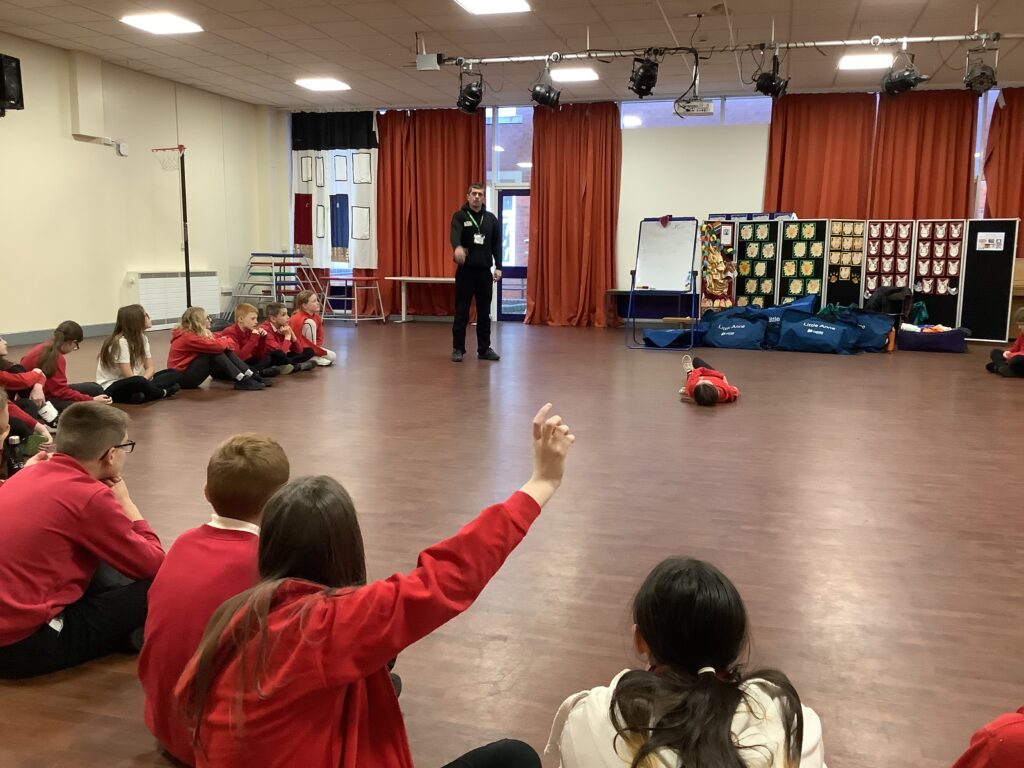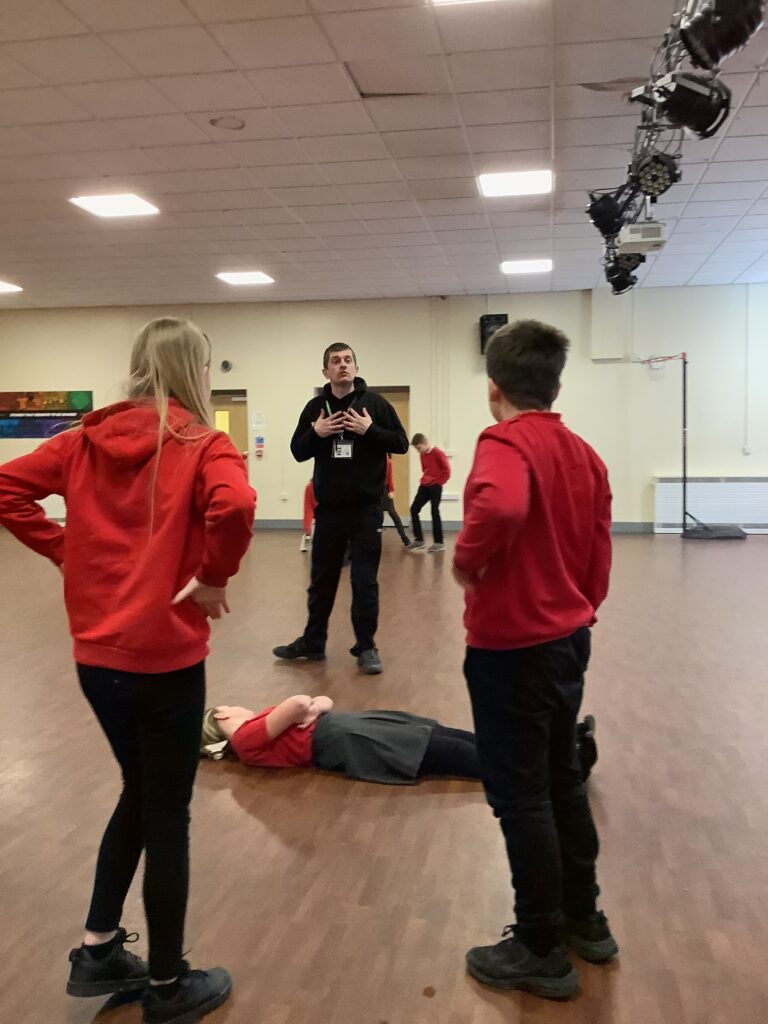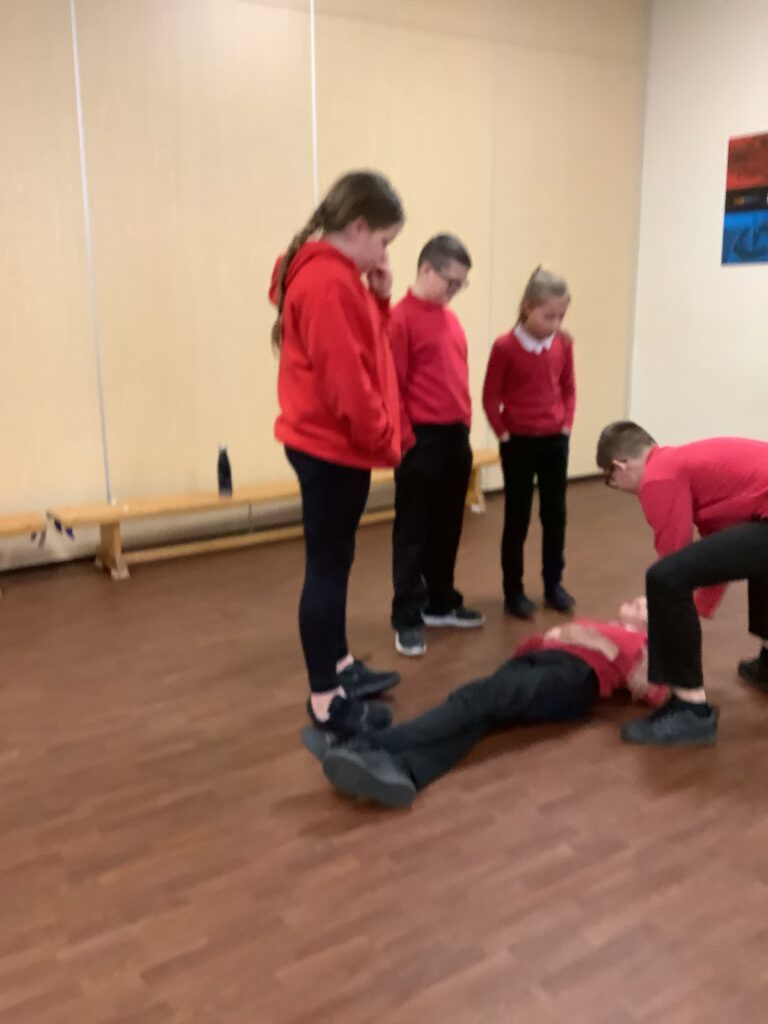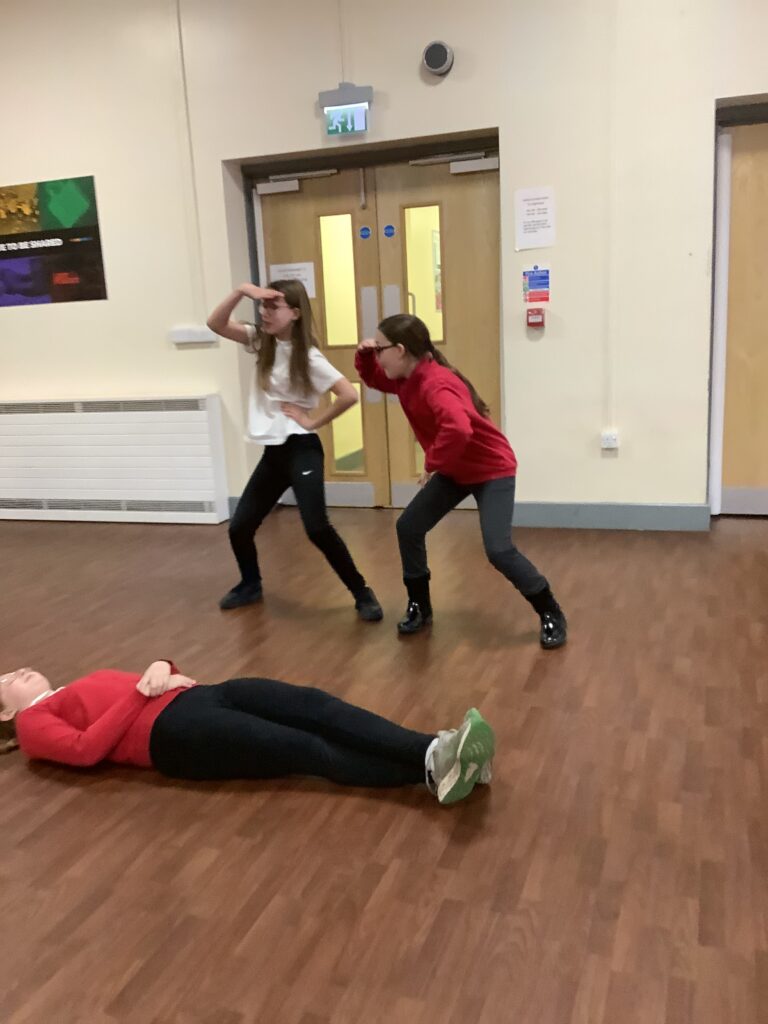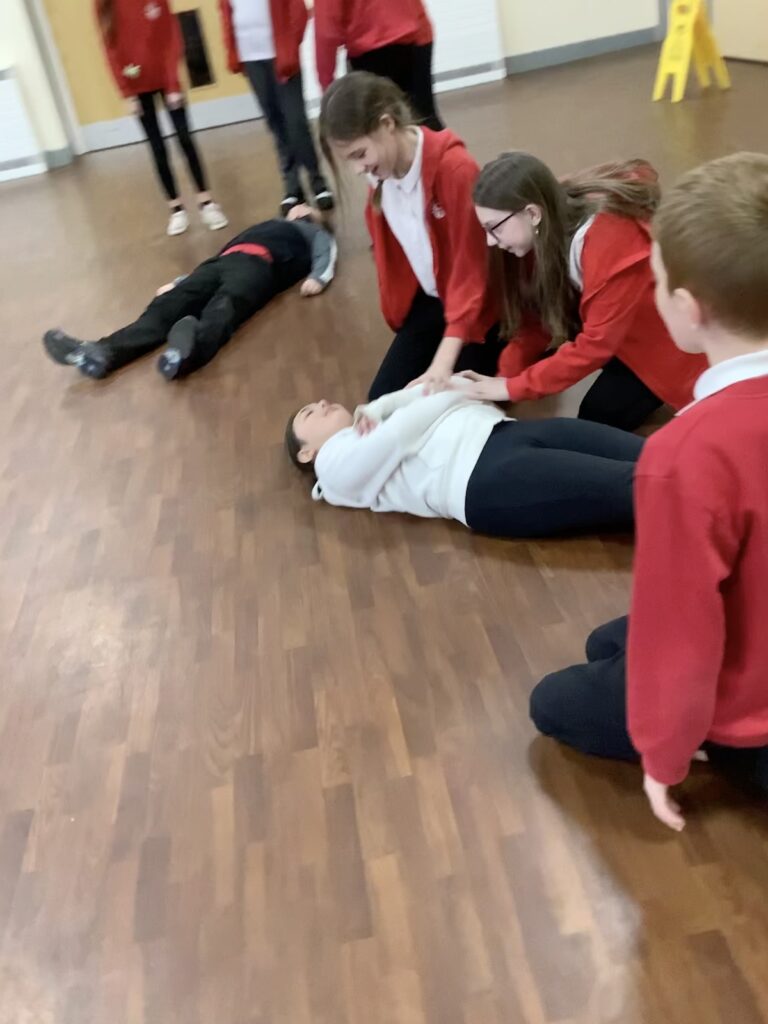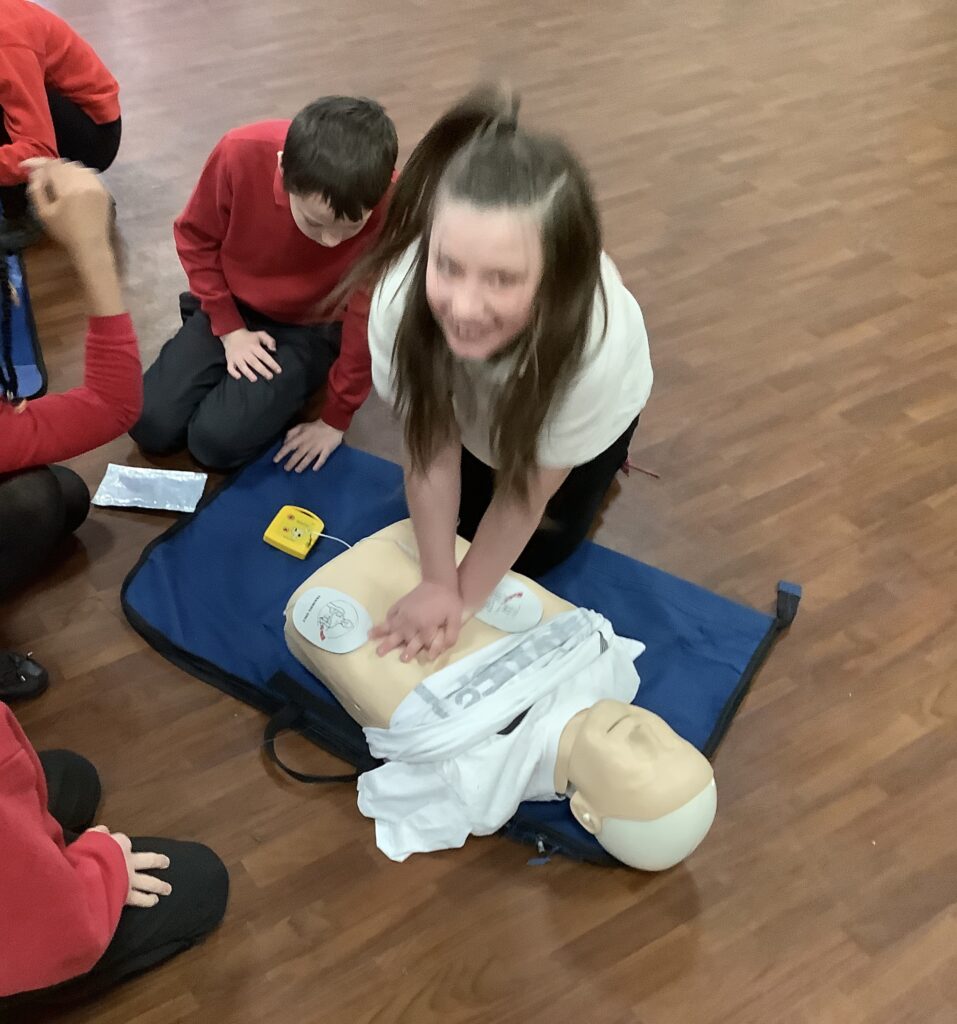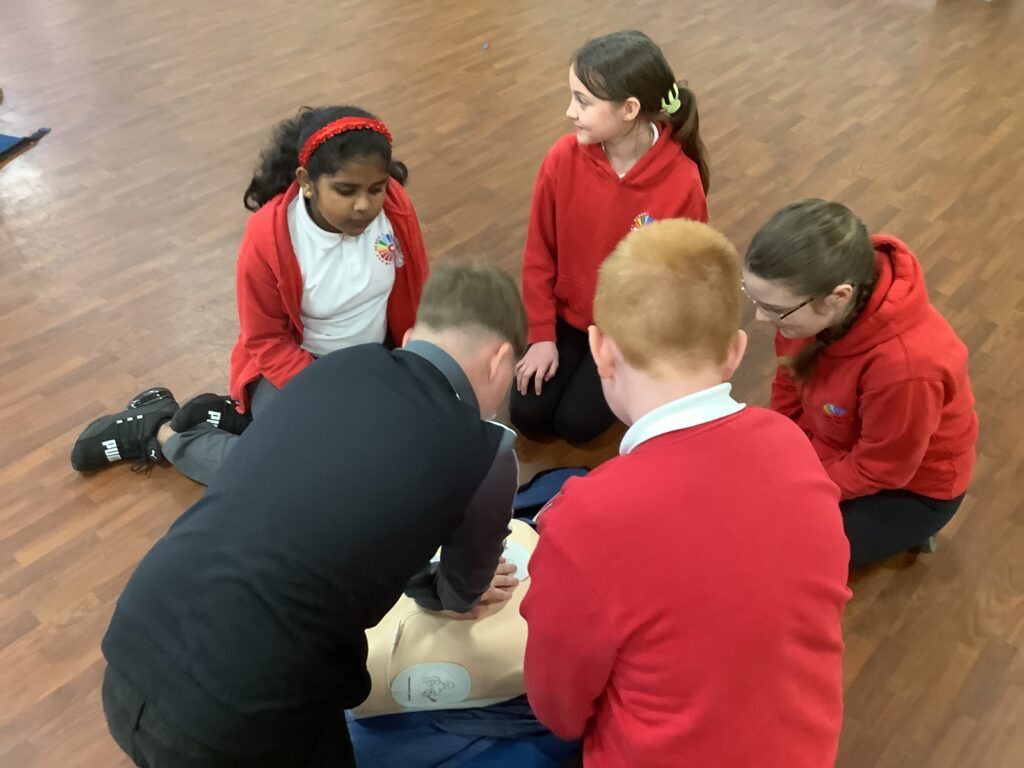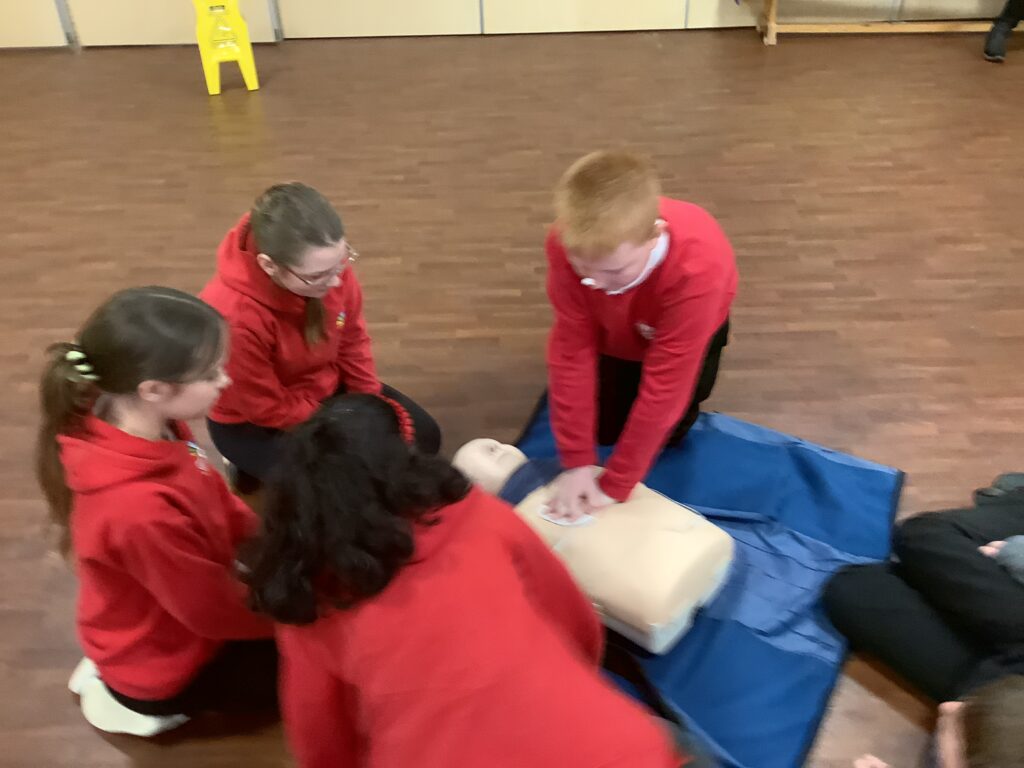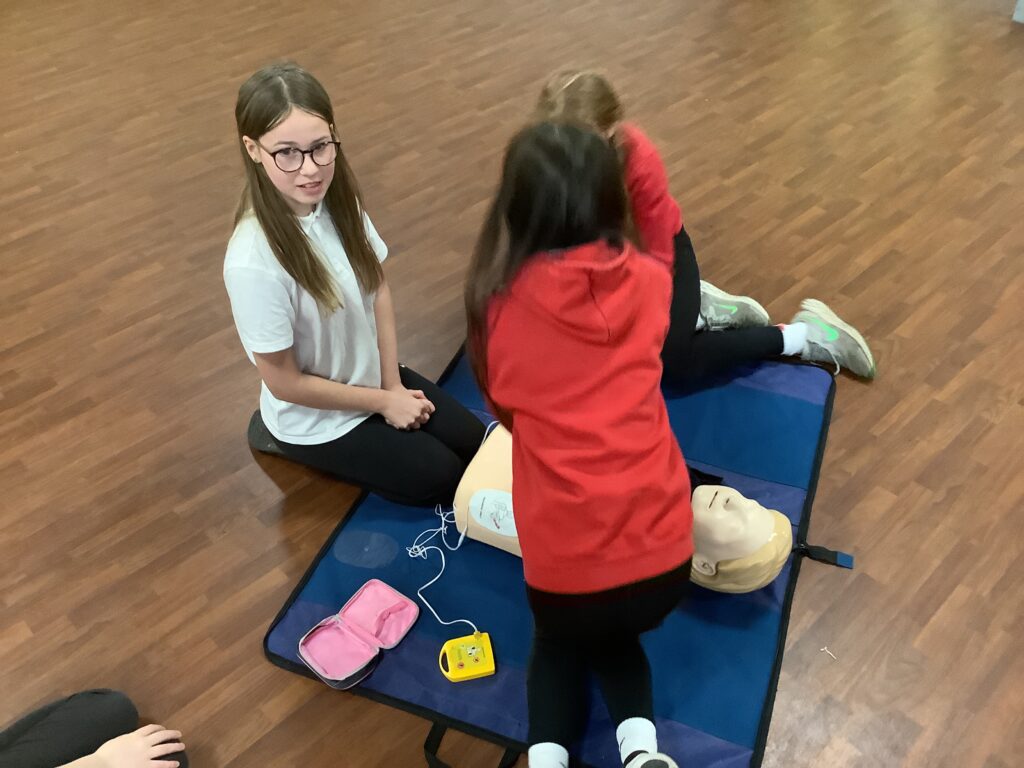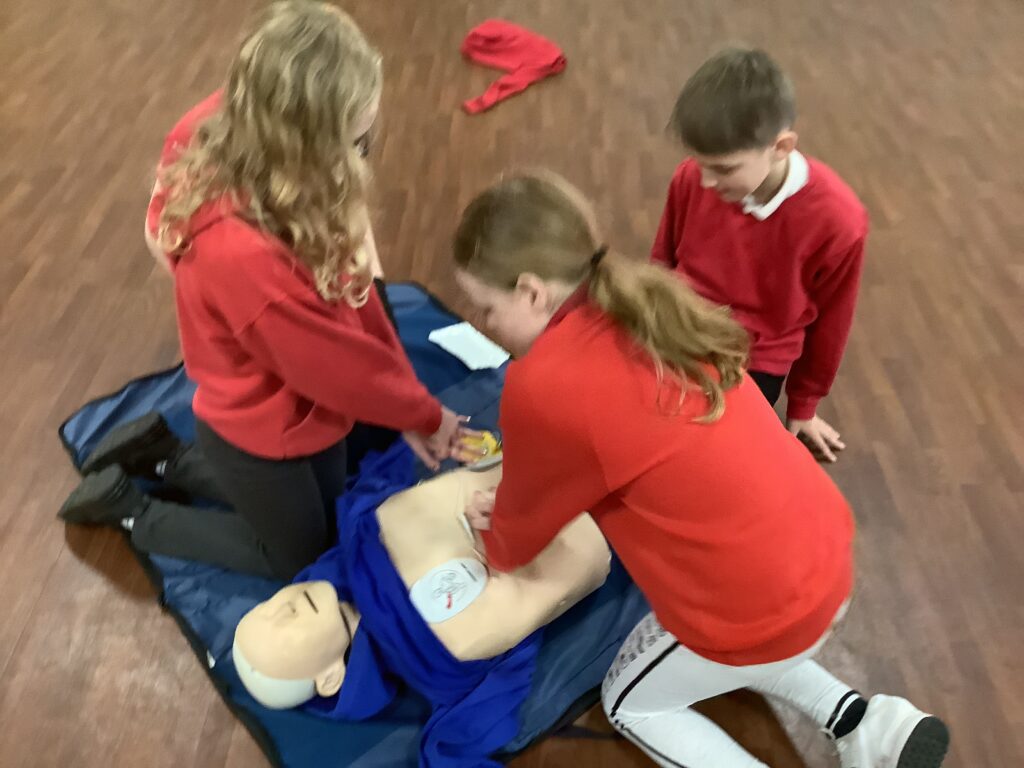Crew Godley had a great time trying to build the tallest tower using only paper and cellotape. We worked in groups to find ways to make our towers tall but also sturdy so that they could stand up on their own.
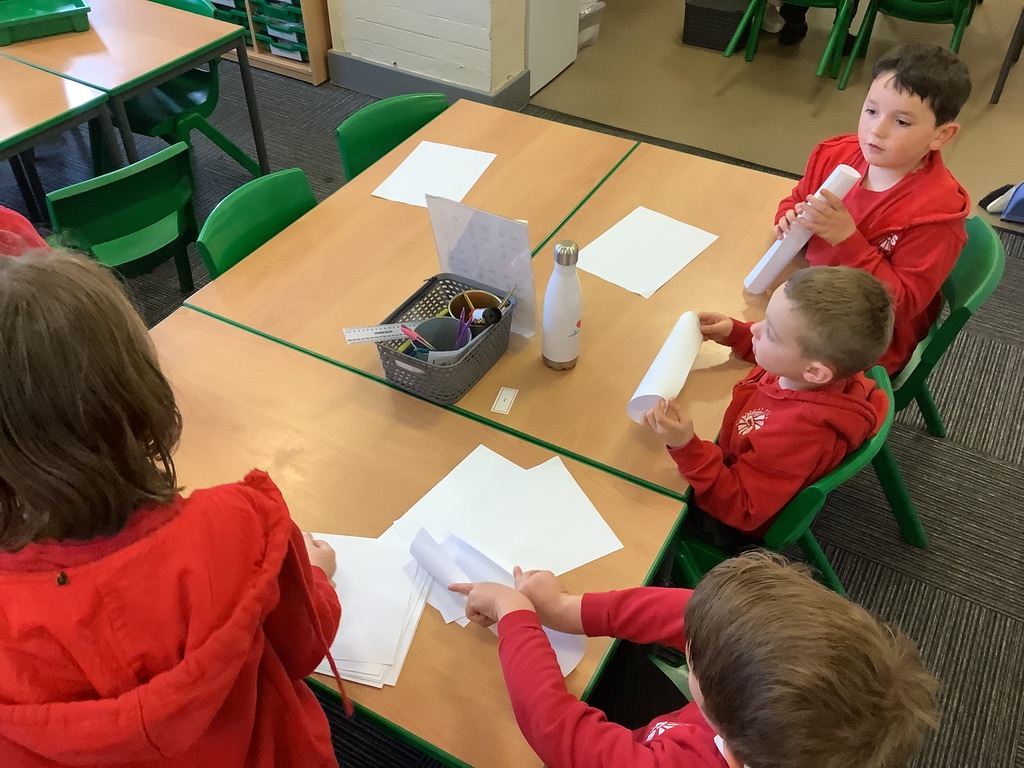
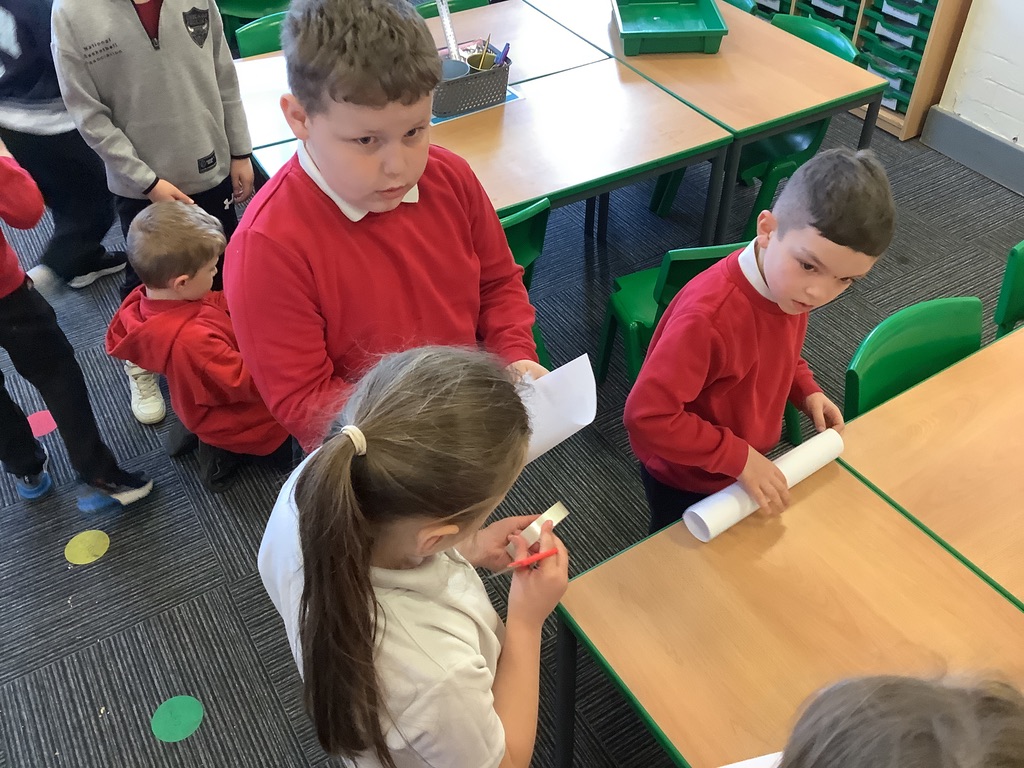
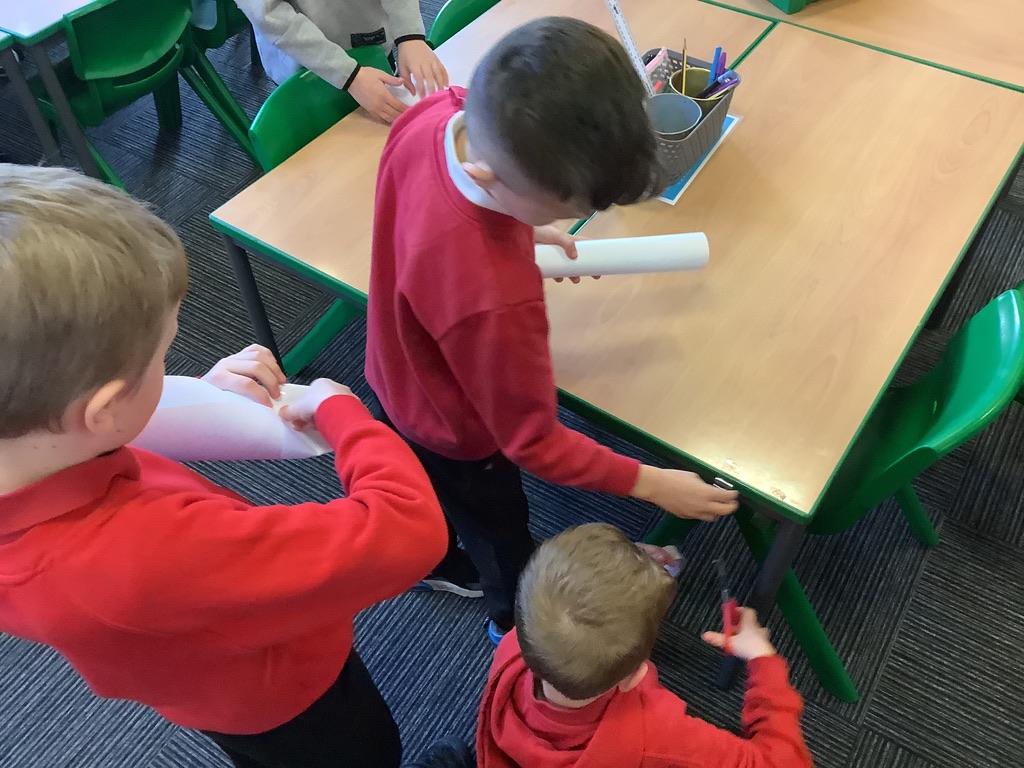
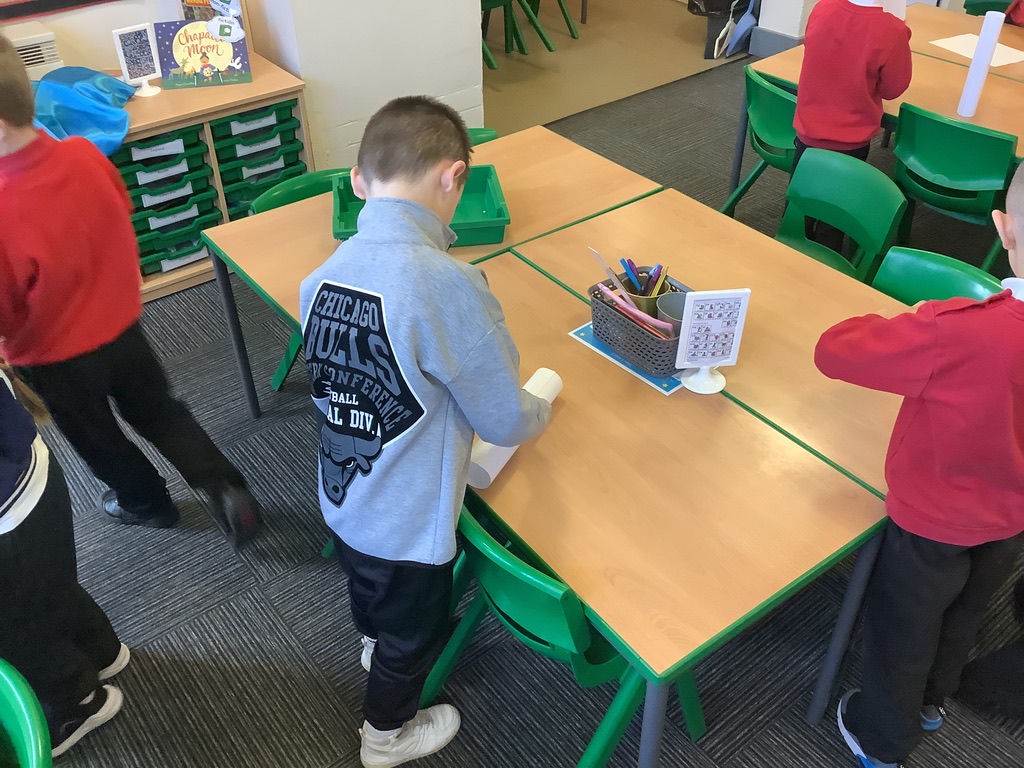
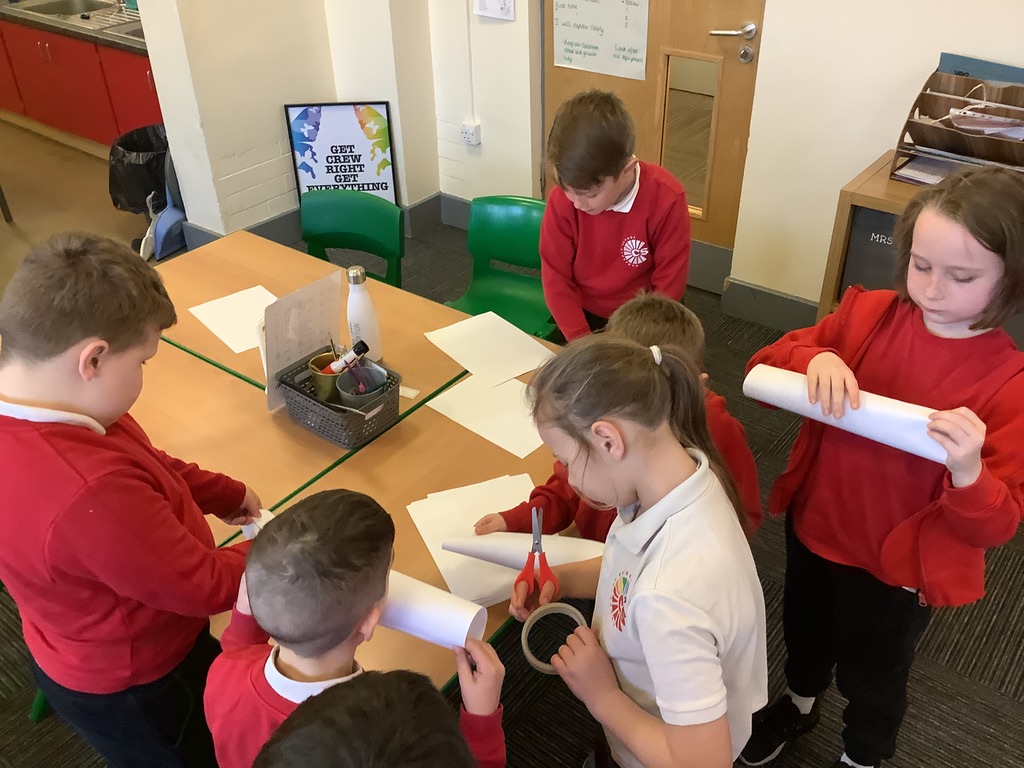
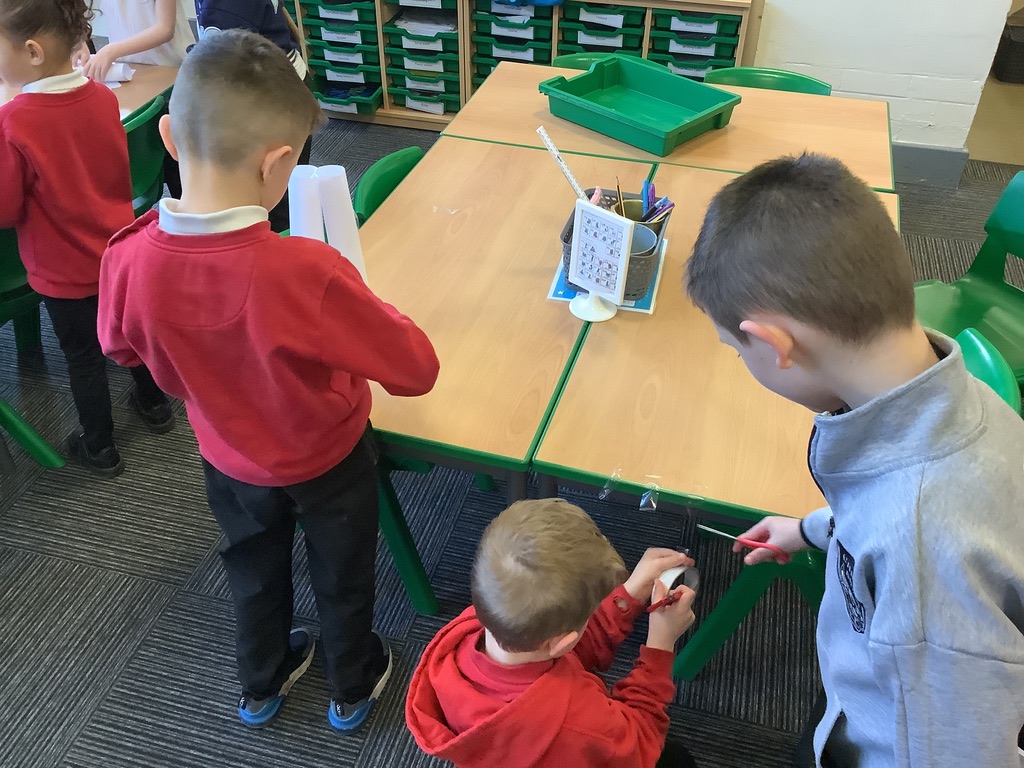
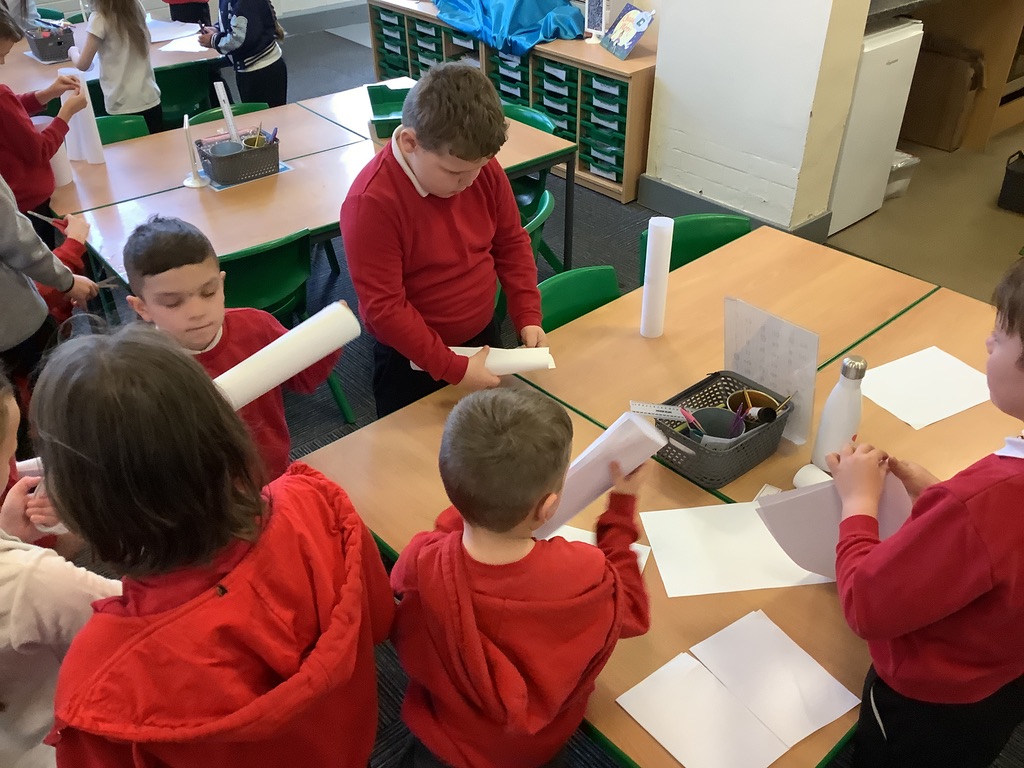
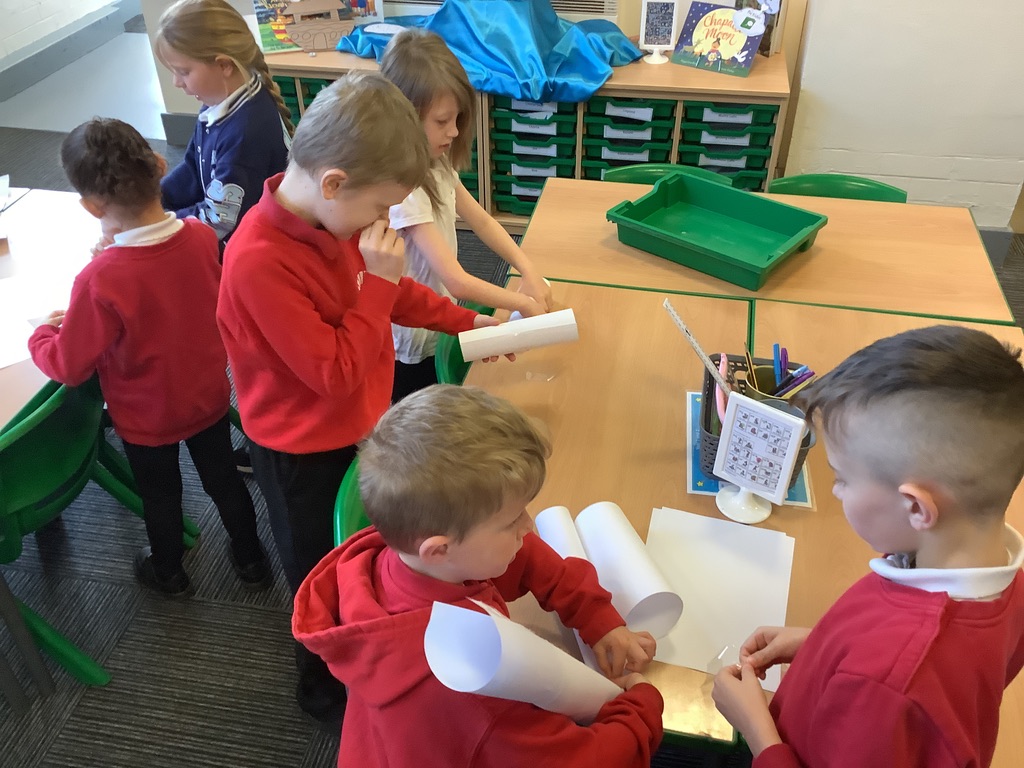
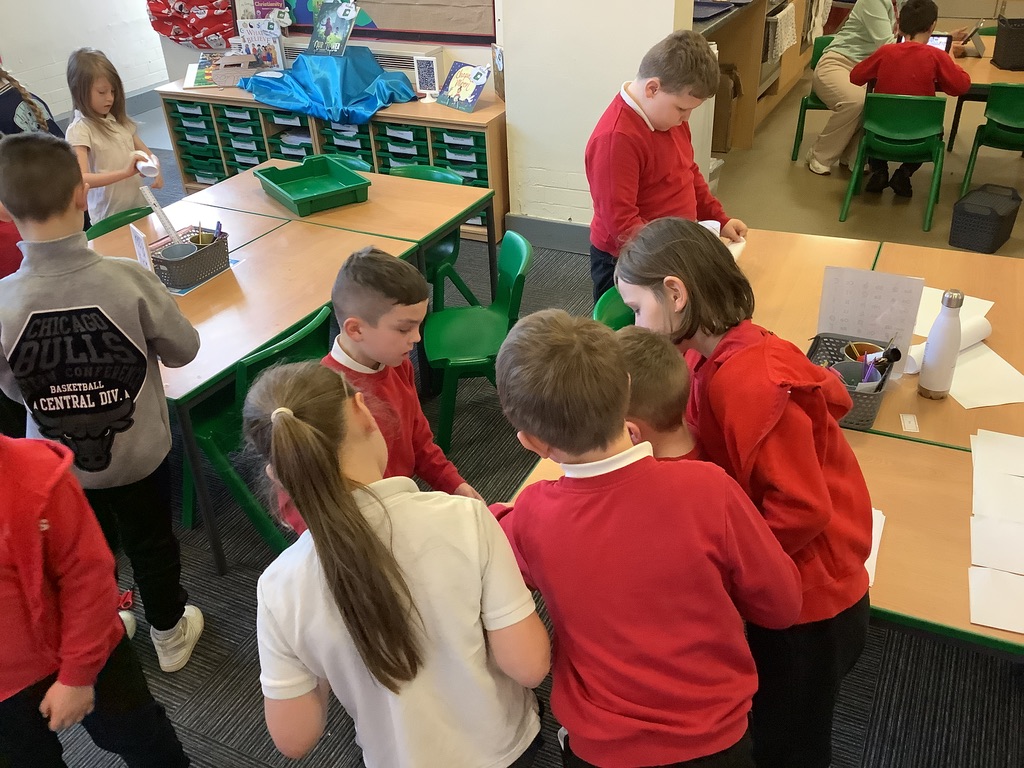
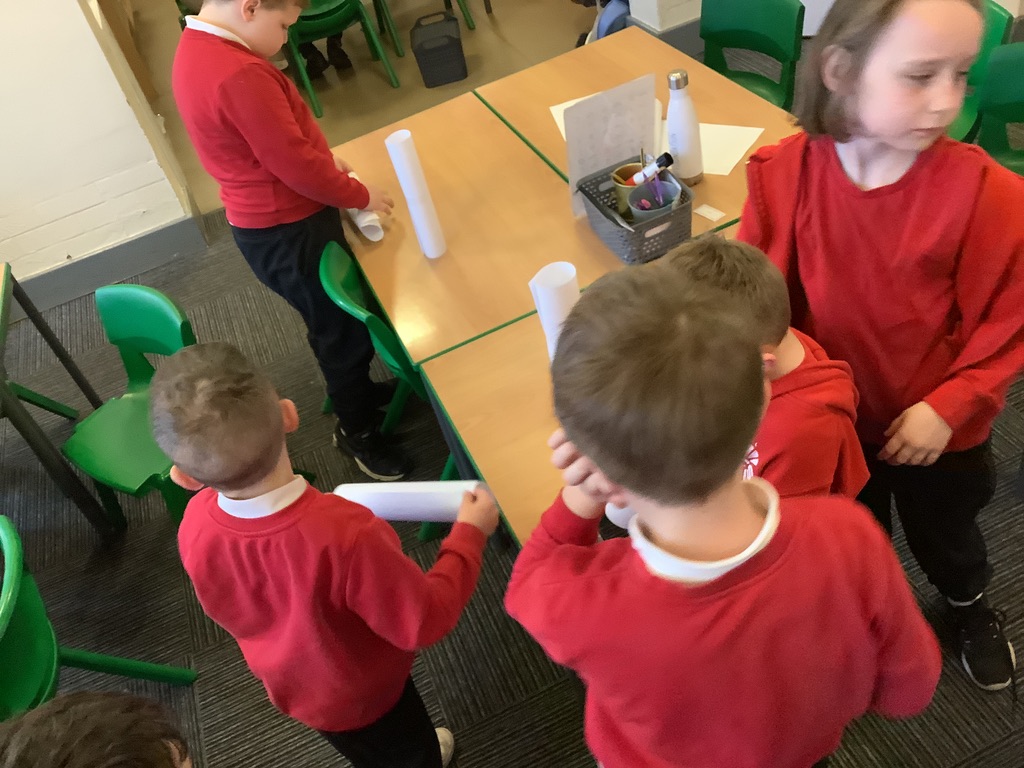
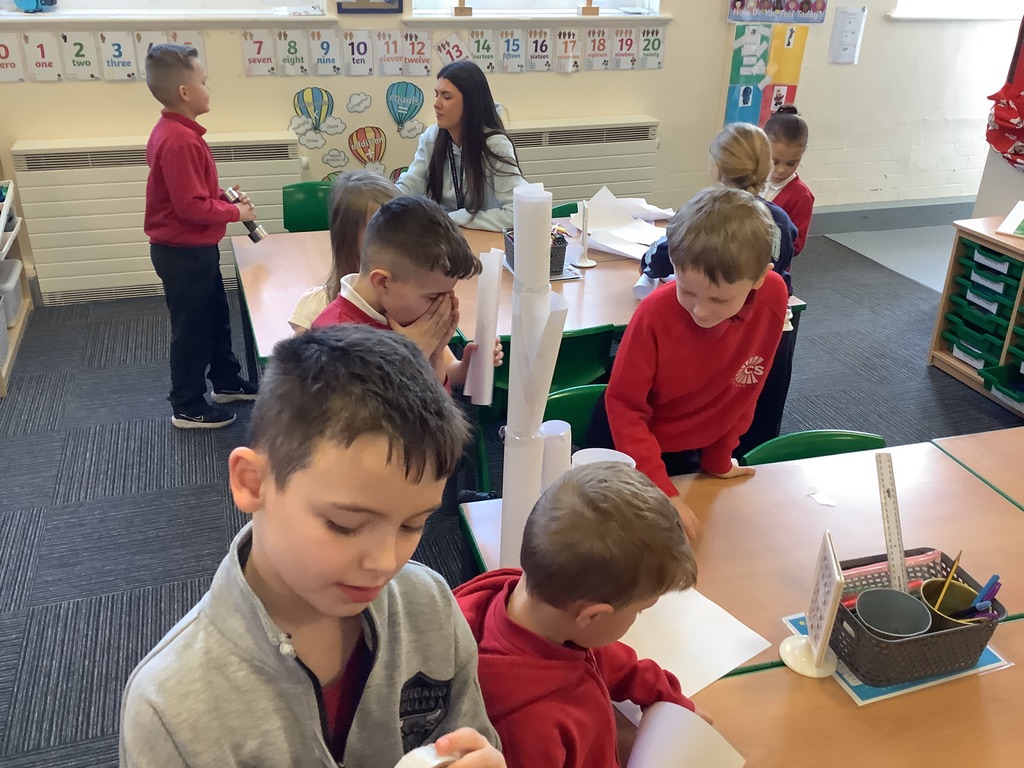
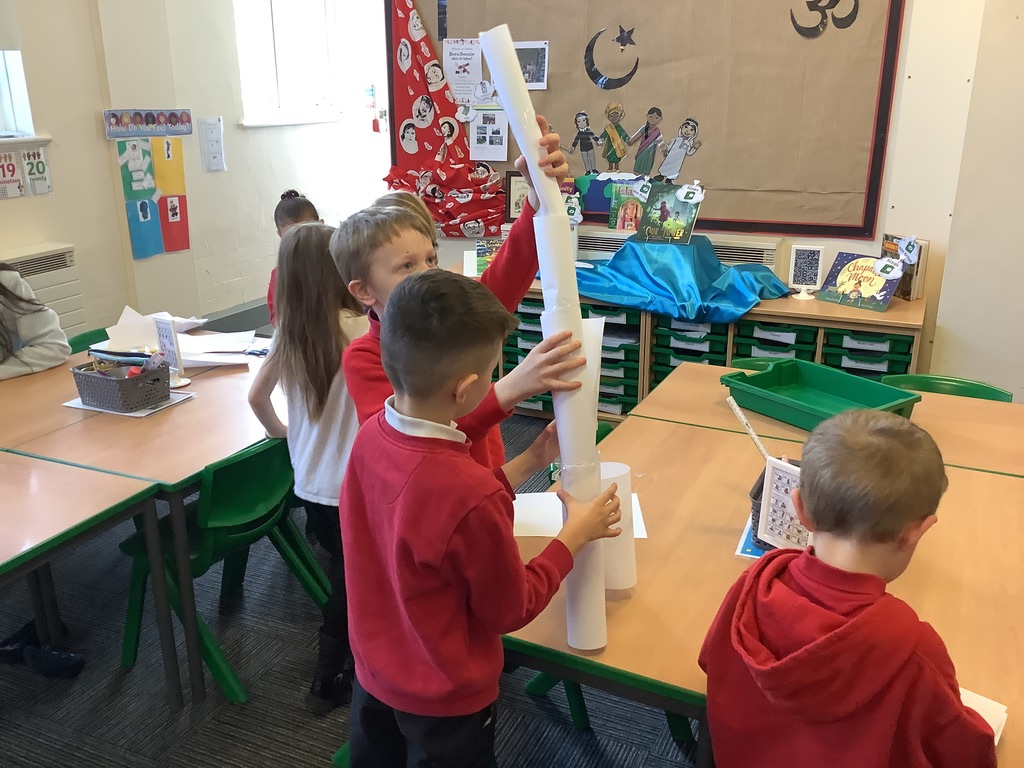
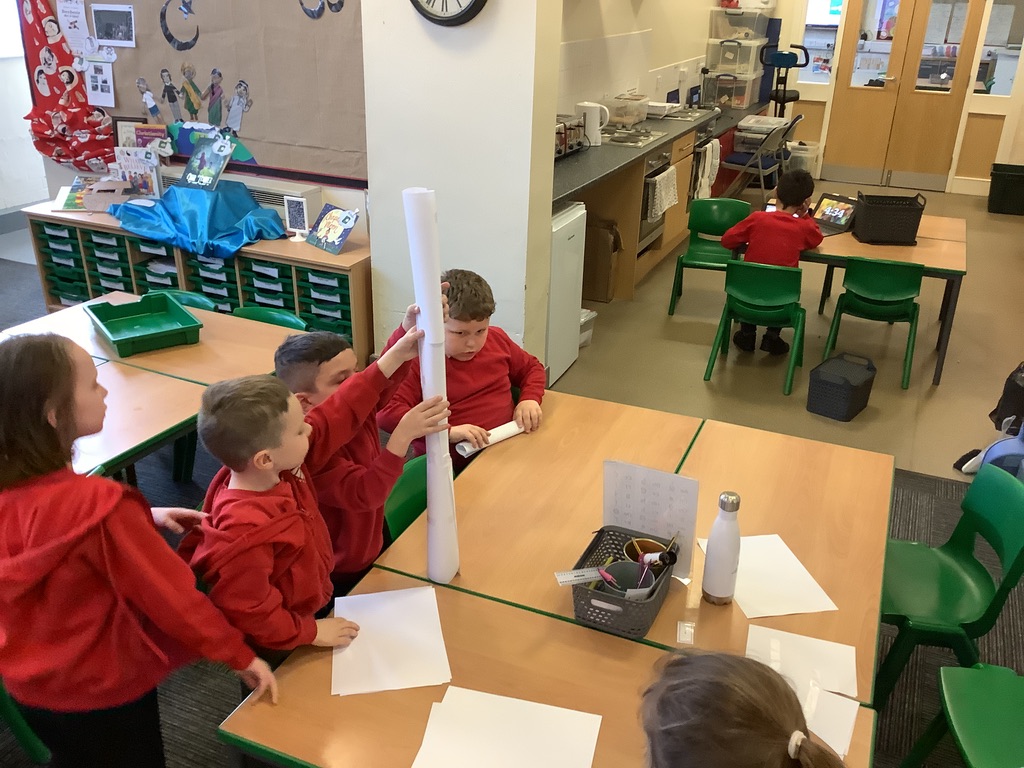
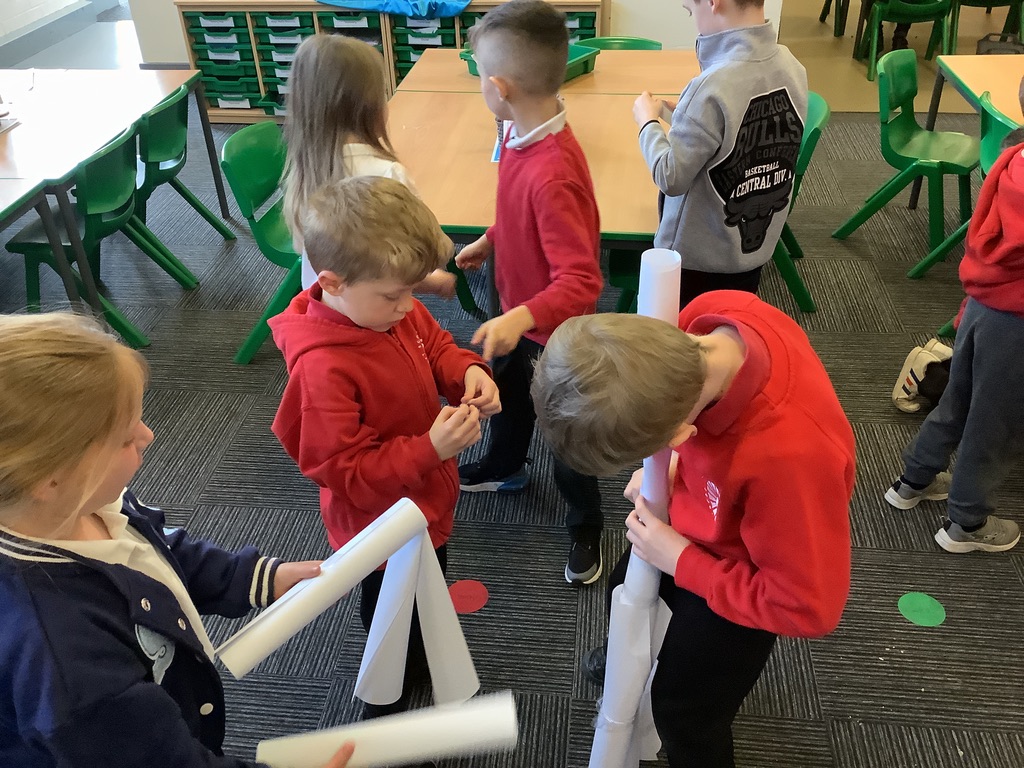
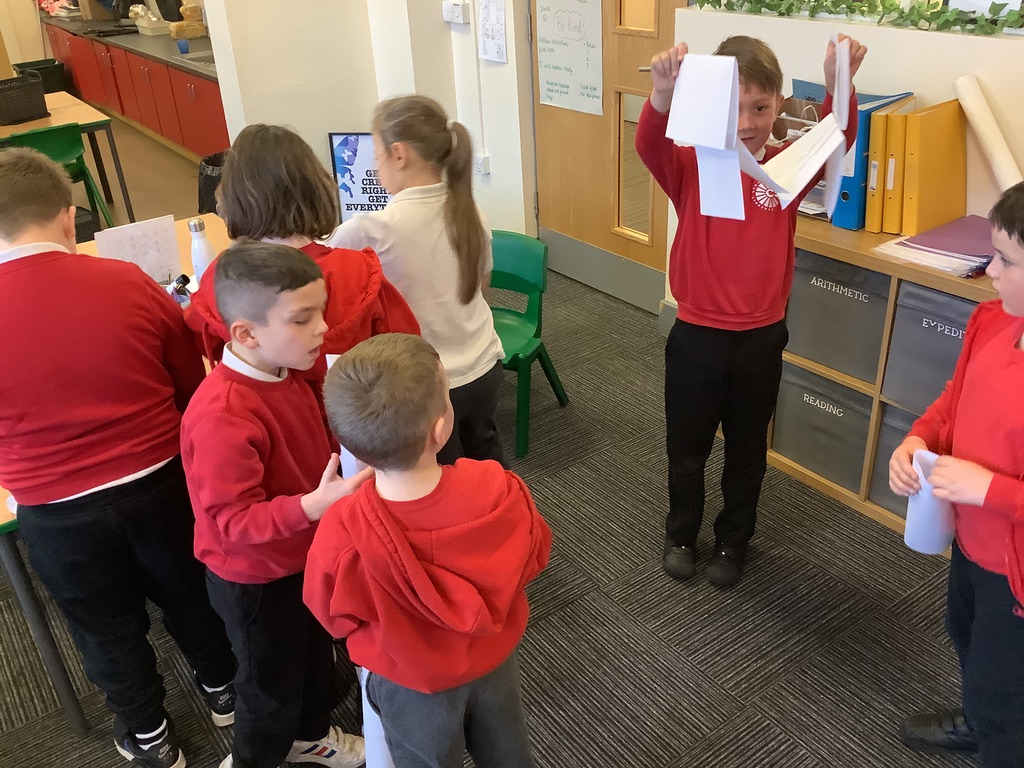
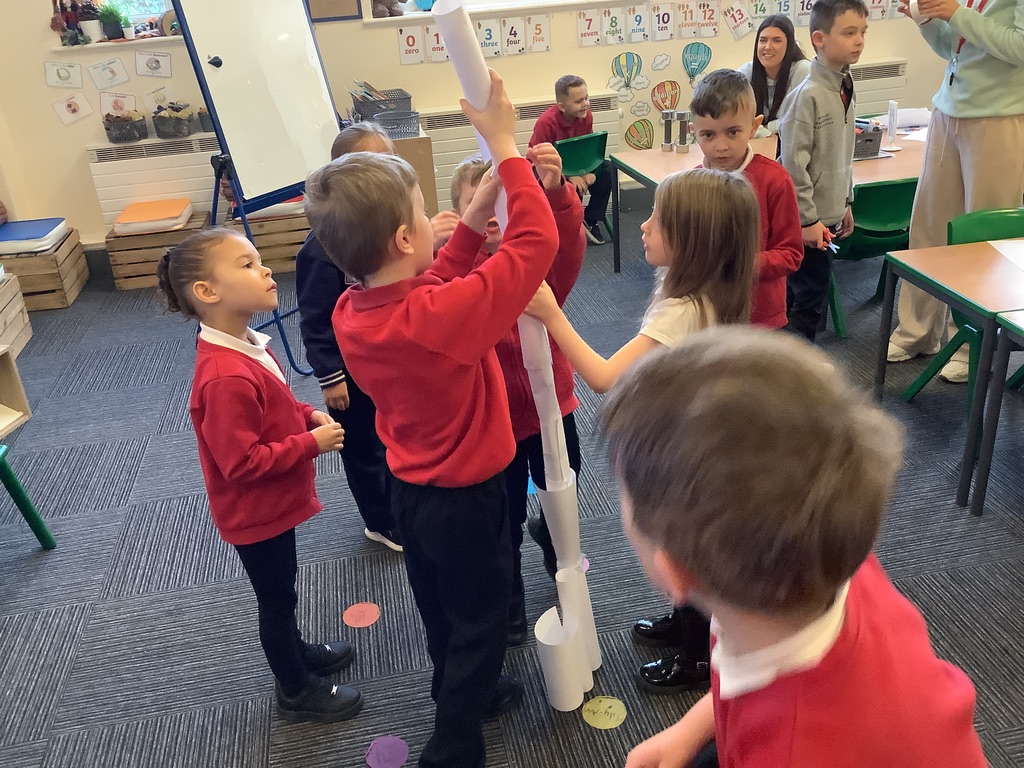
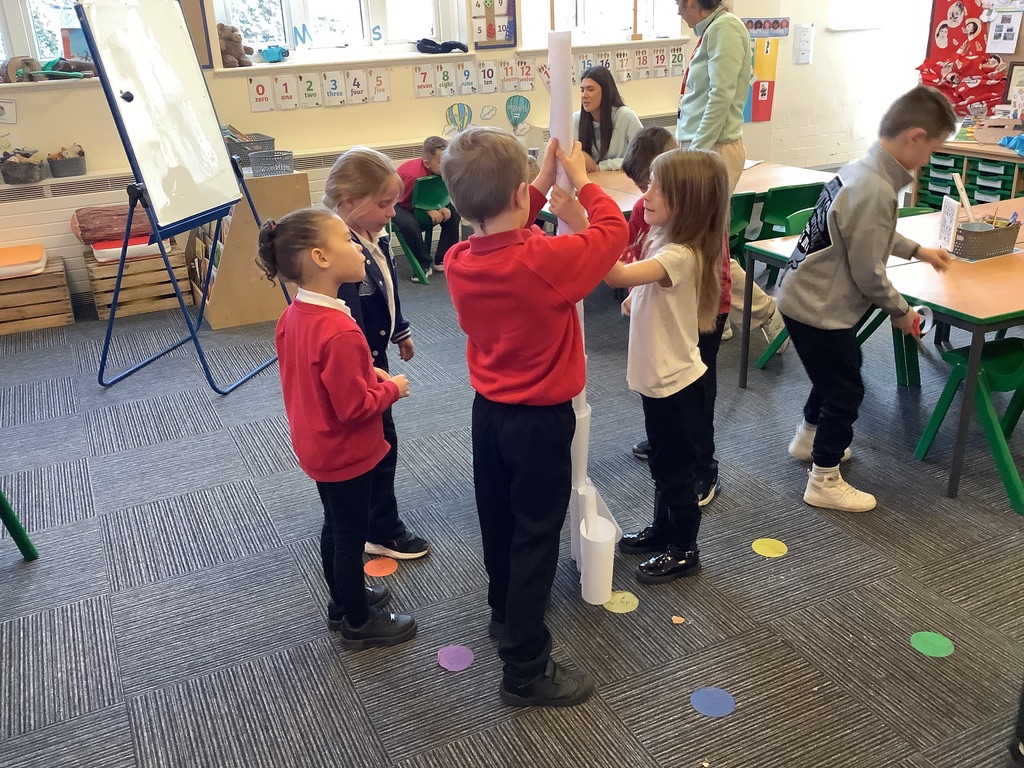
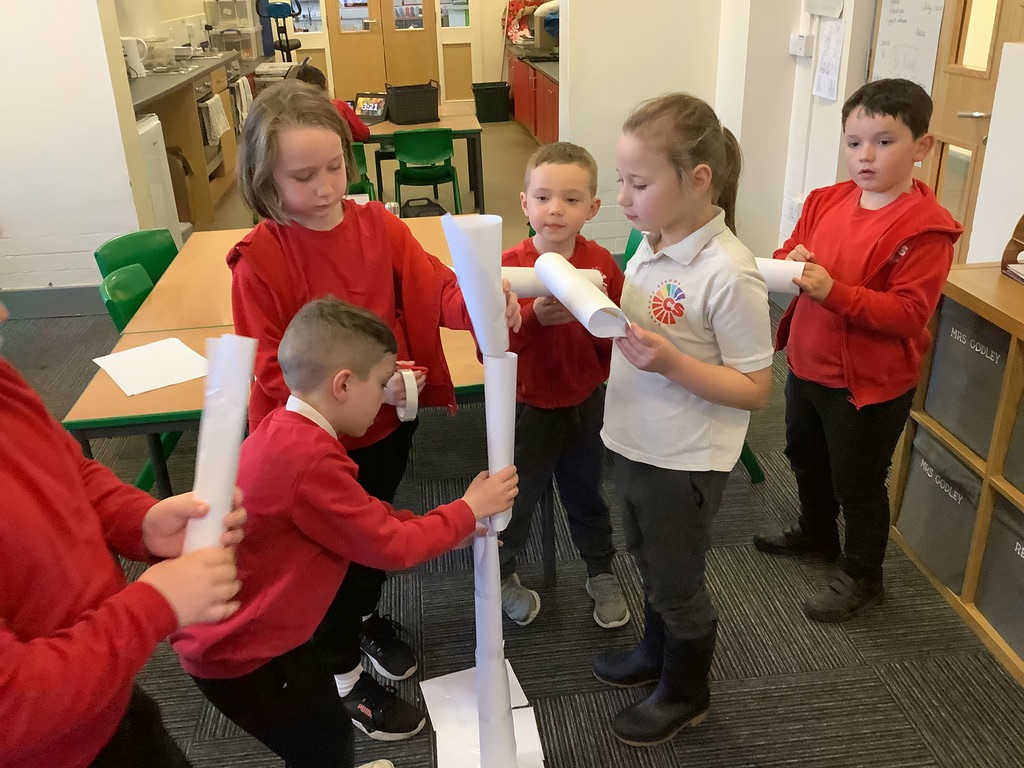
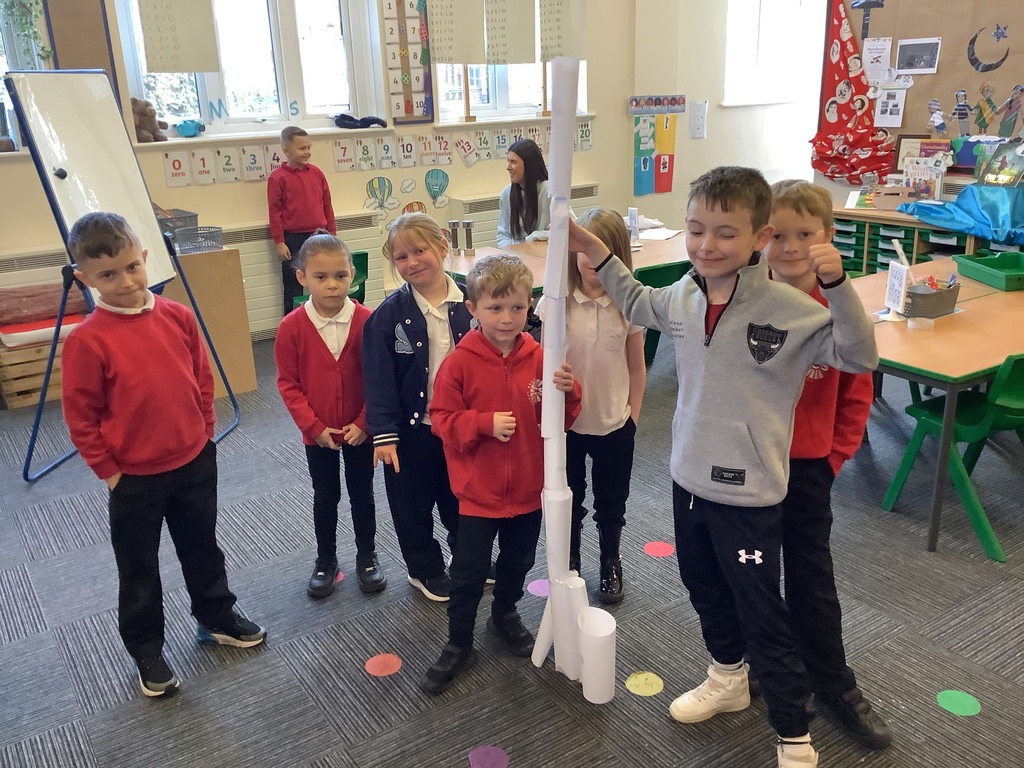
Personal Development
Crew Godley had a great time trying to build the tallest tower using only paper and cellotape. We worked in groups to find ways to make our towers tall but also sturdy so that they could stand up on their own.



















In Crew this morning we discussed who Saint George was and why is is celebrated on 23rd April. We worked collaboratively to make a handprint dragon as part of our crew challenge.
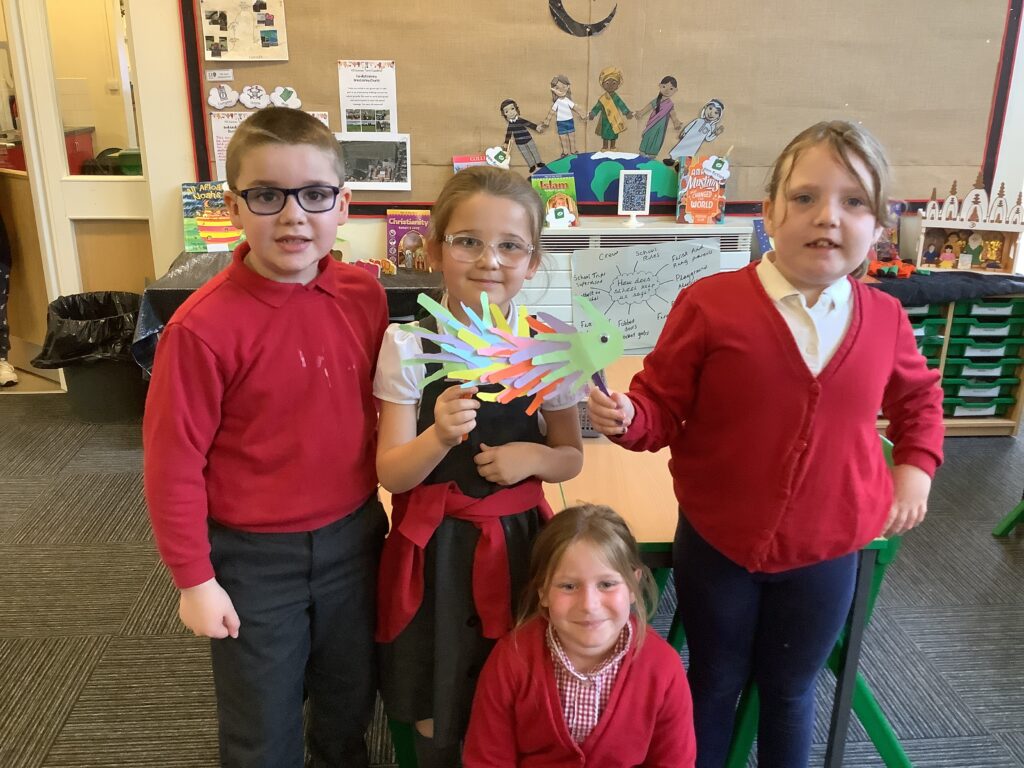
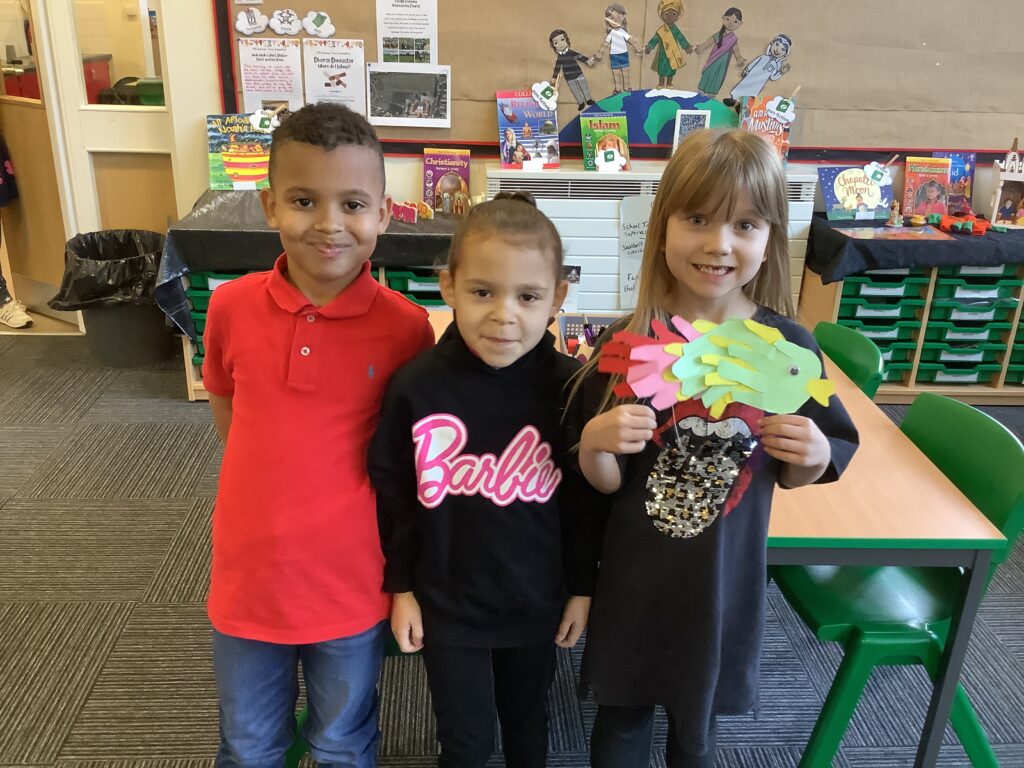
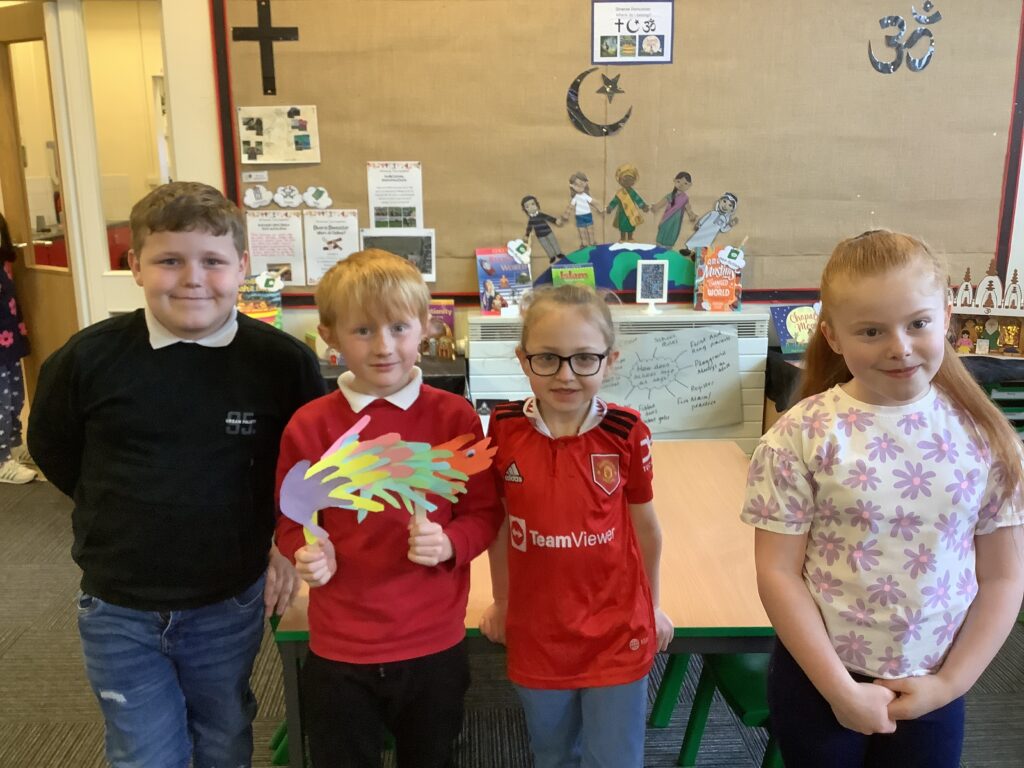
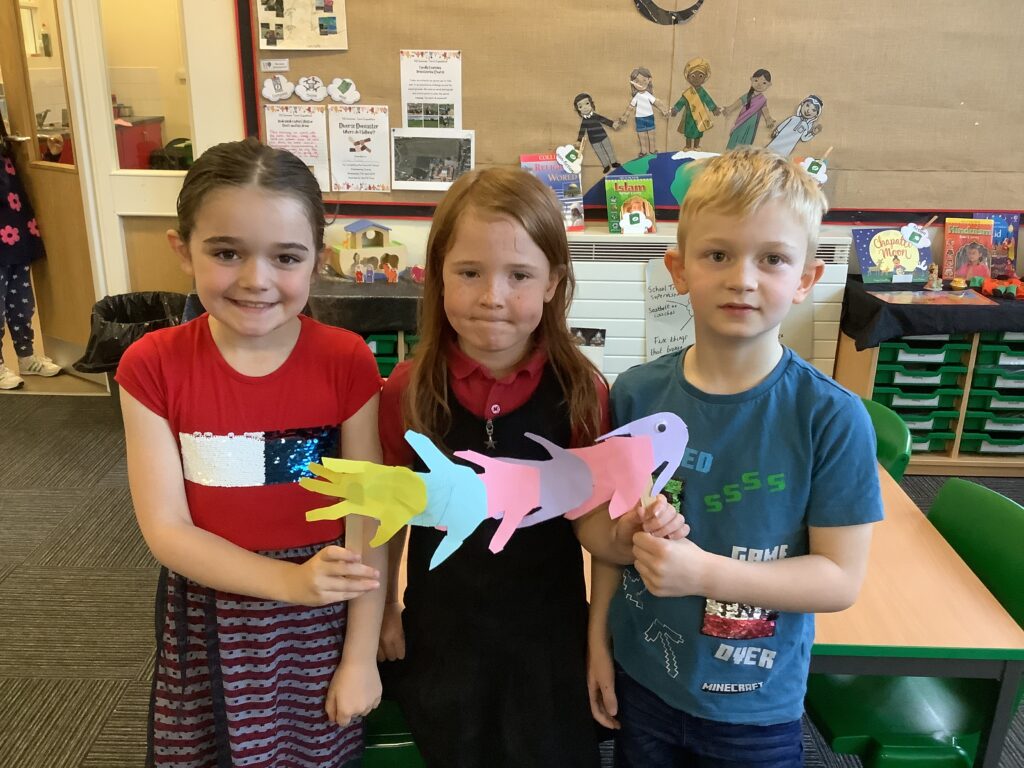
At lunchtime we enjoyed our indoor picnic served in a union flag box!
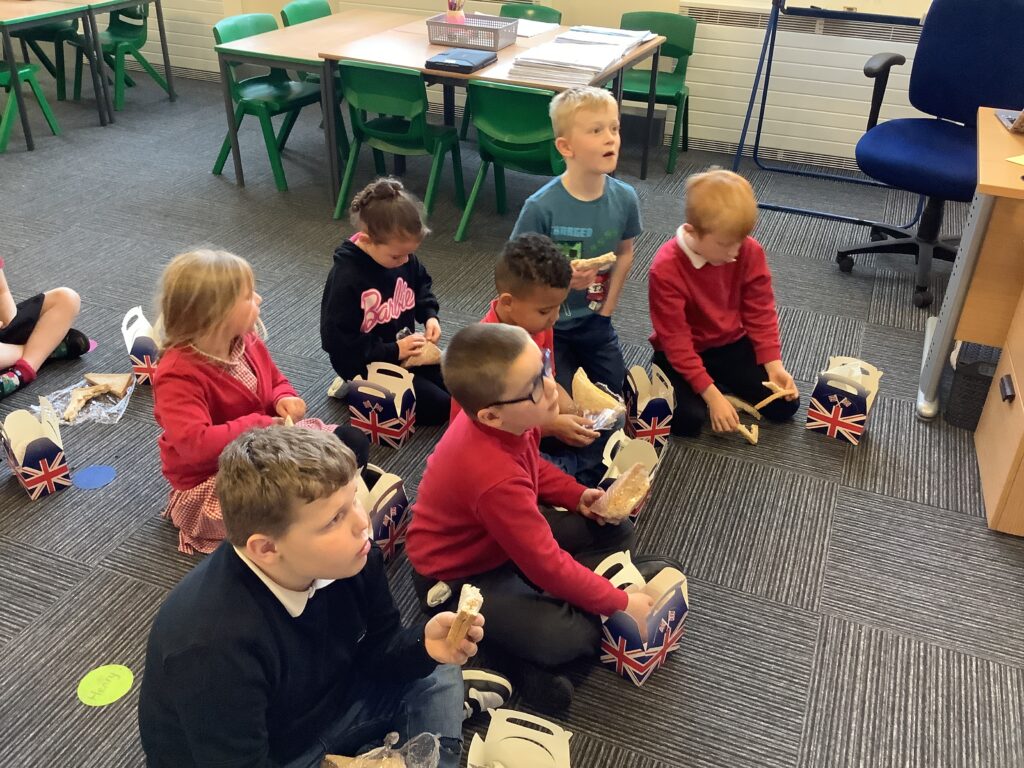
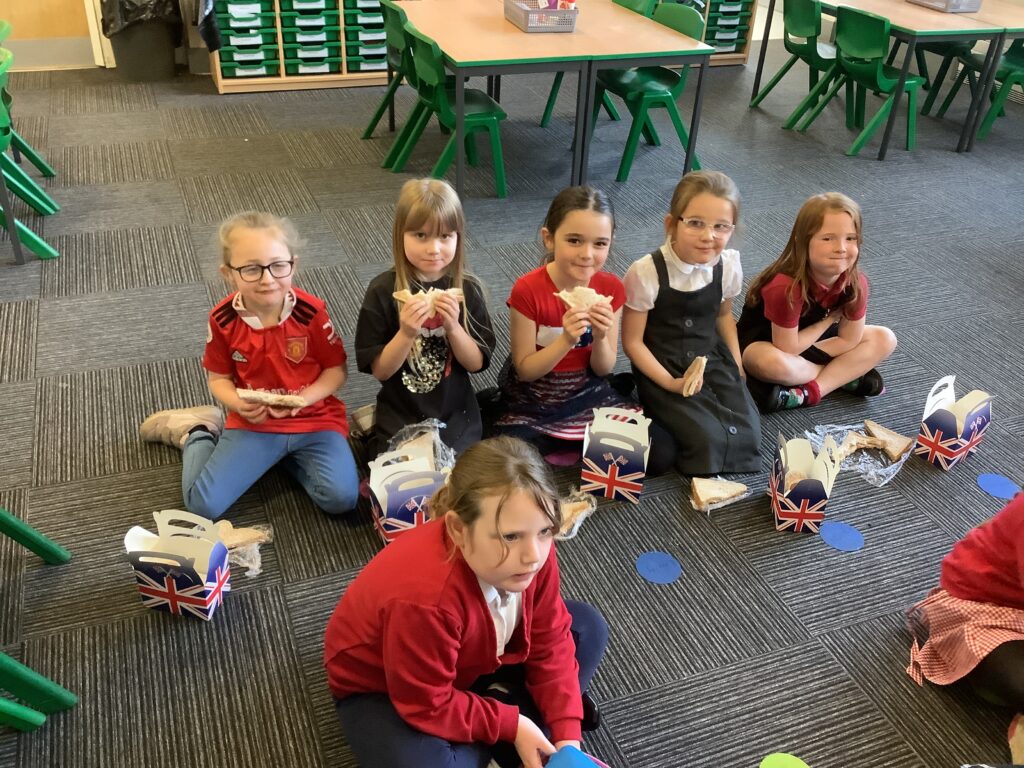
Finally this afternoon we completed our St George’s Day quest. We had to complete three craft activities including pointillism dragons, collage shields and a London inspired Union flag. The children loved taking part in all the activities and collecting stickers when they completed a challenge.
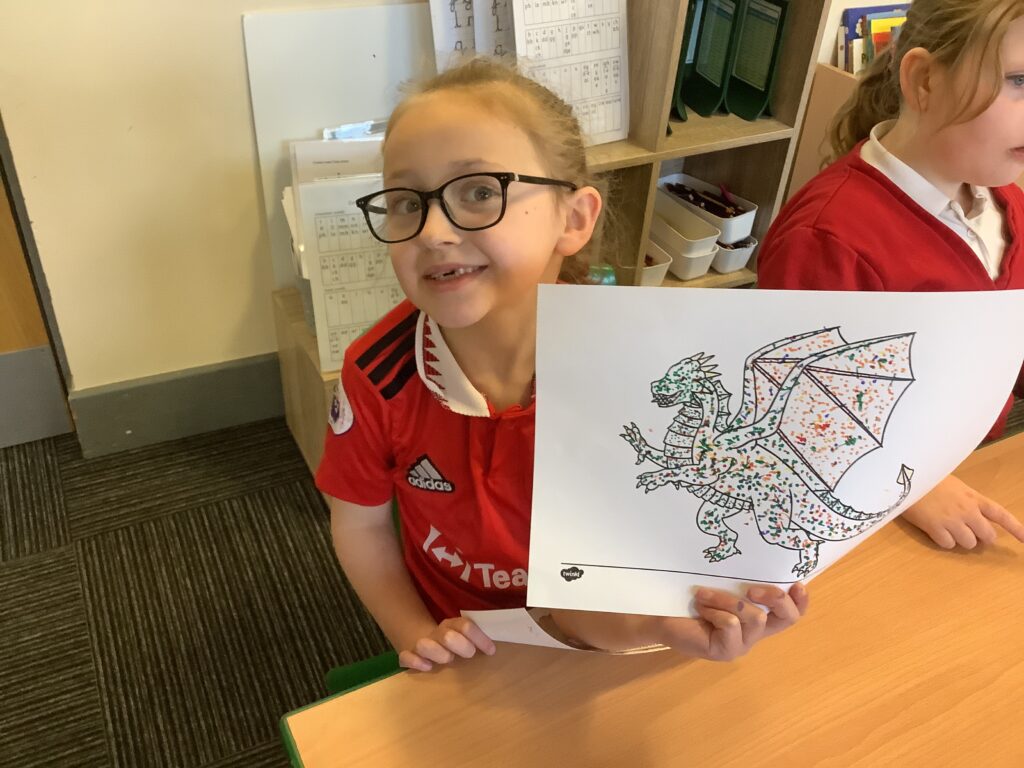
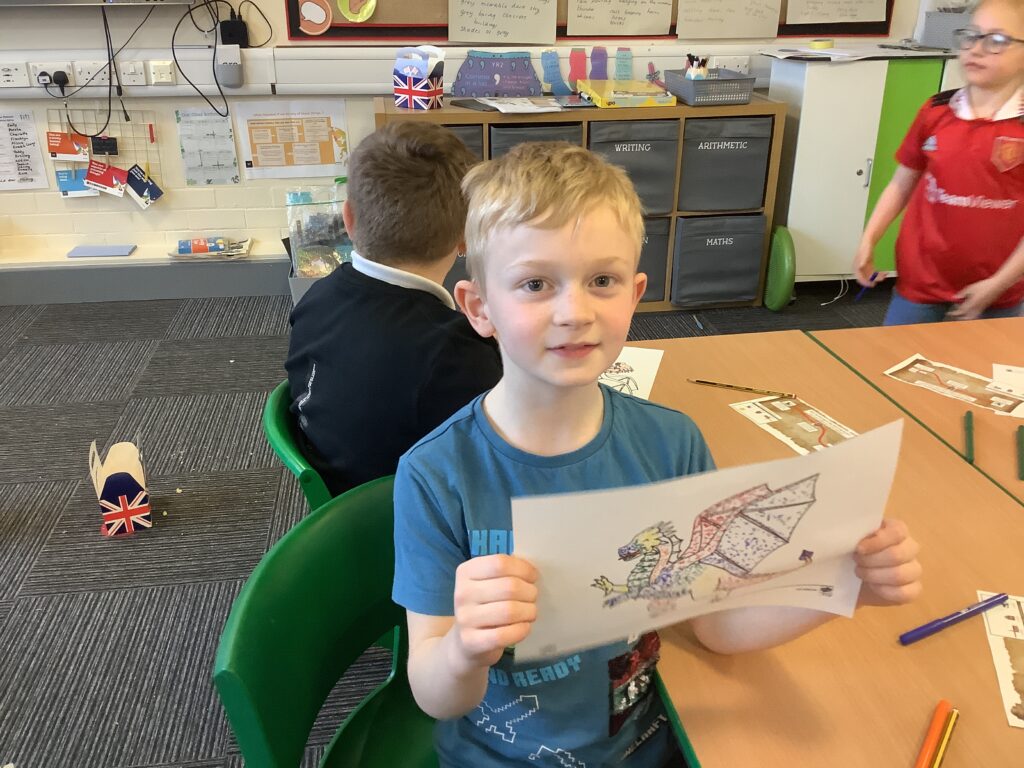
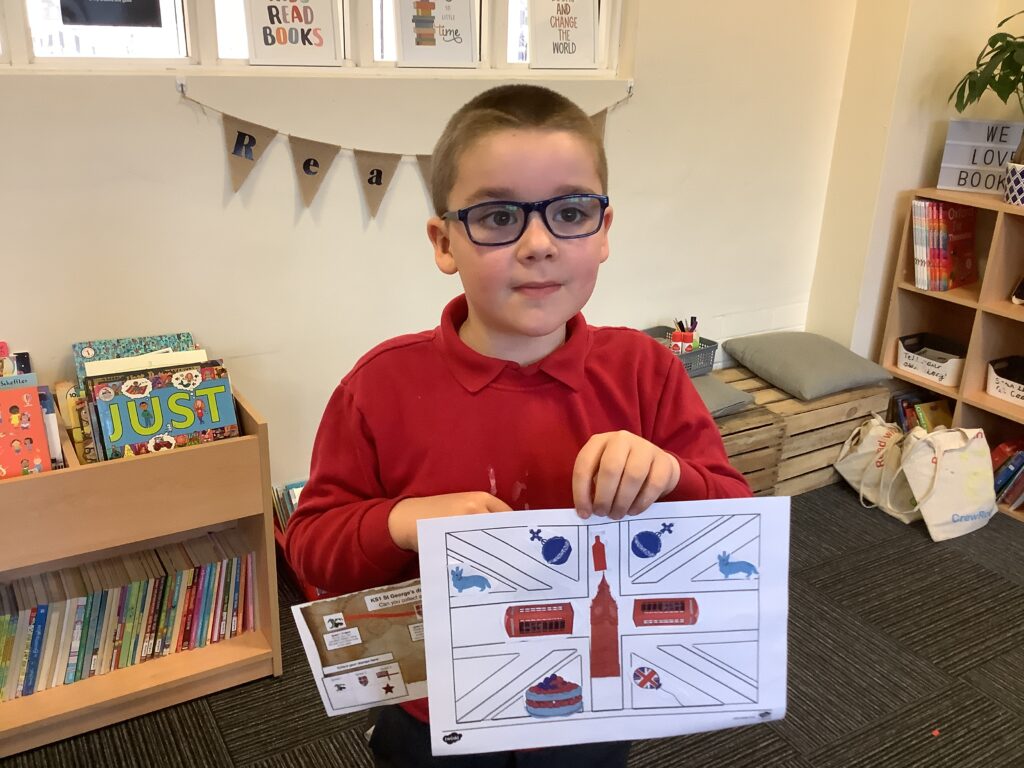
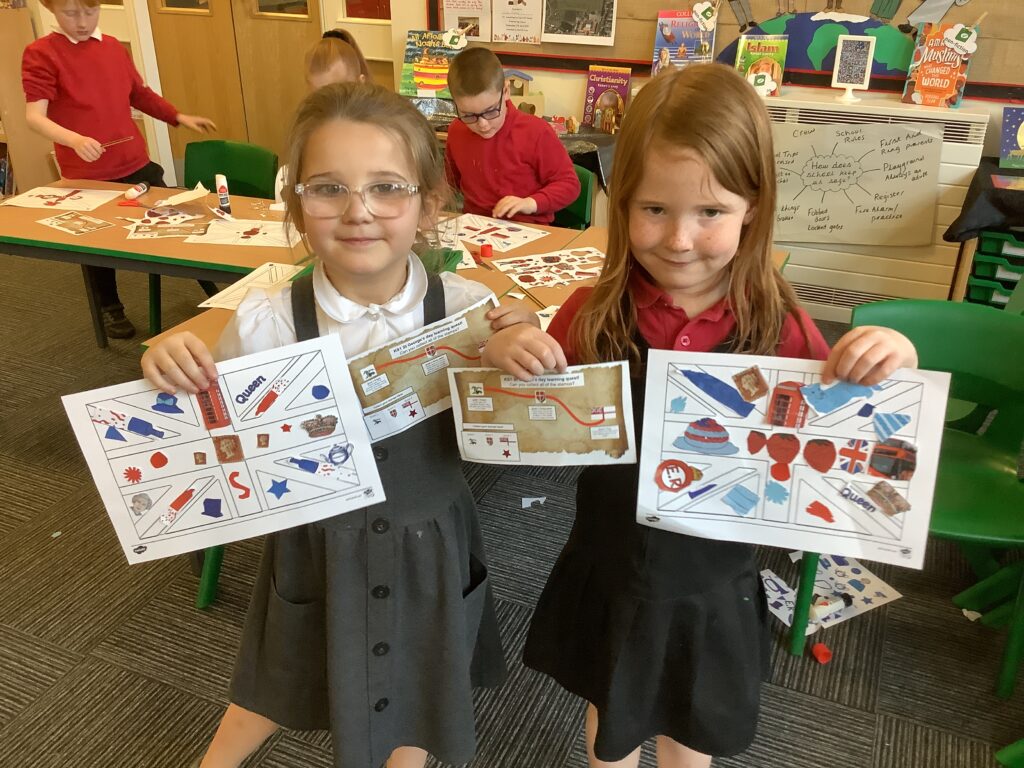
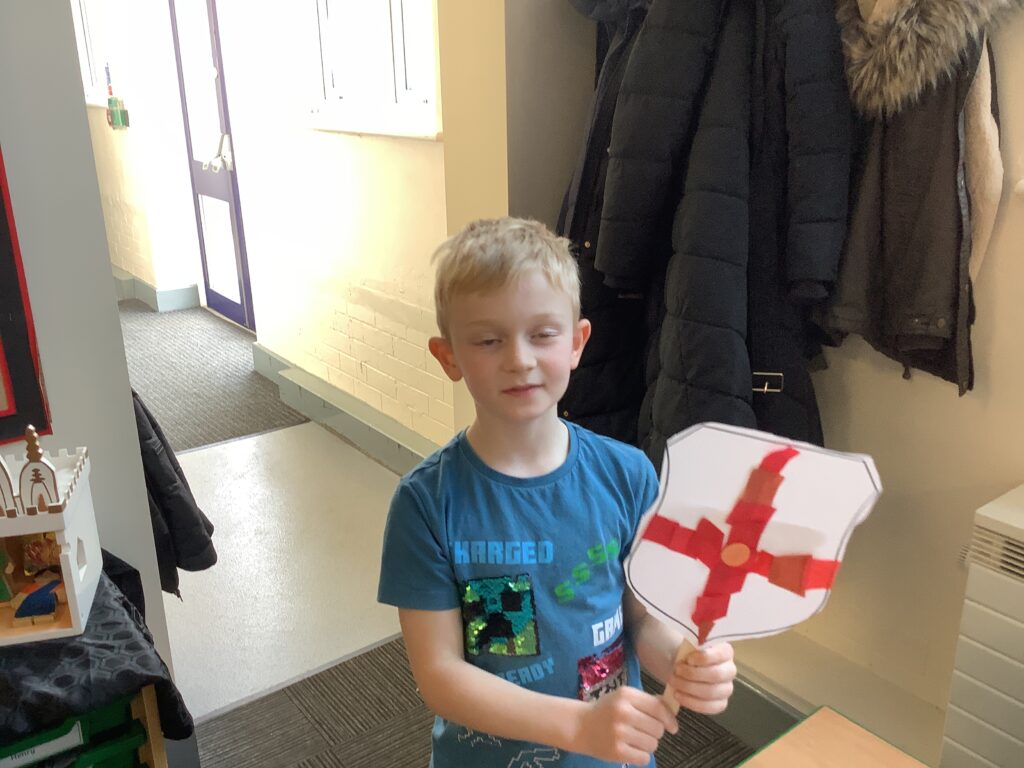
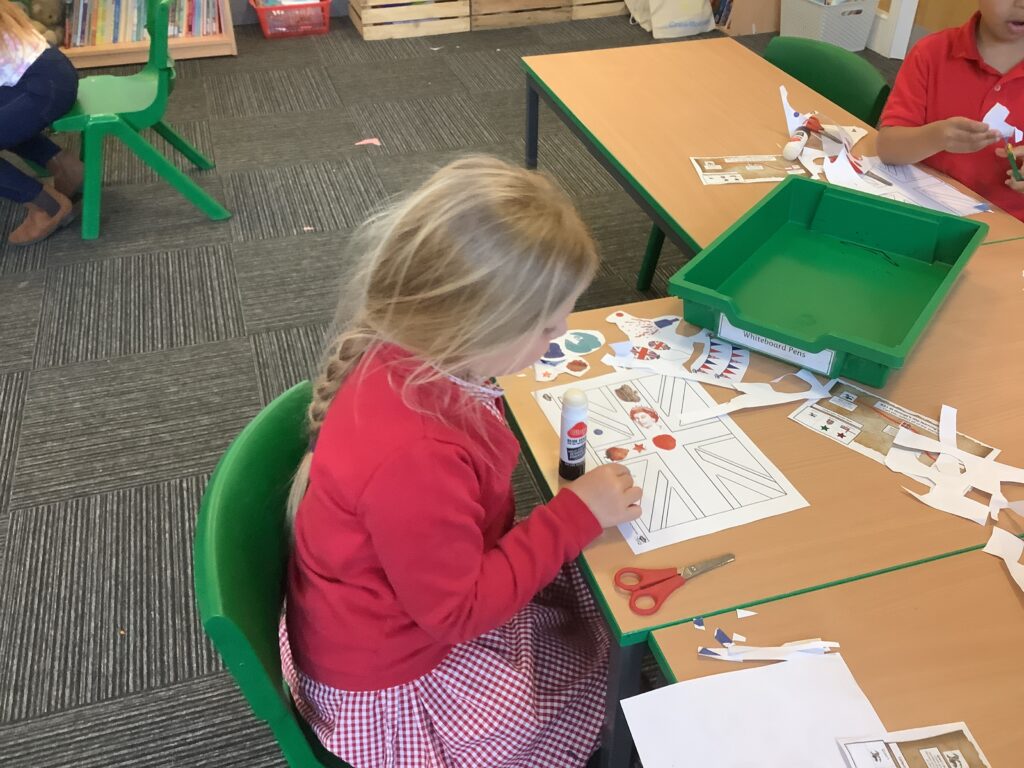
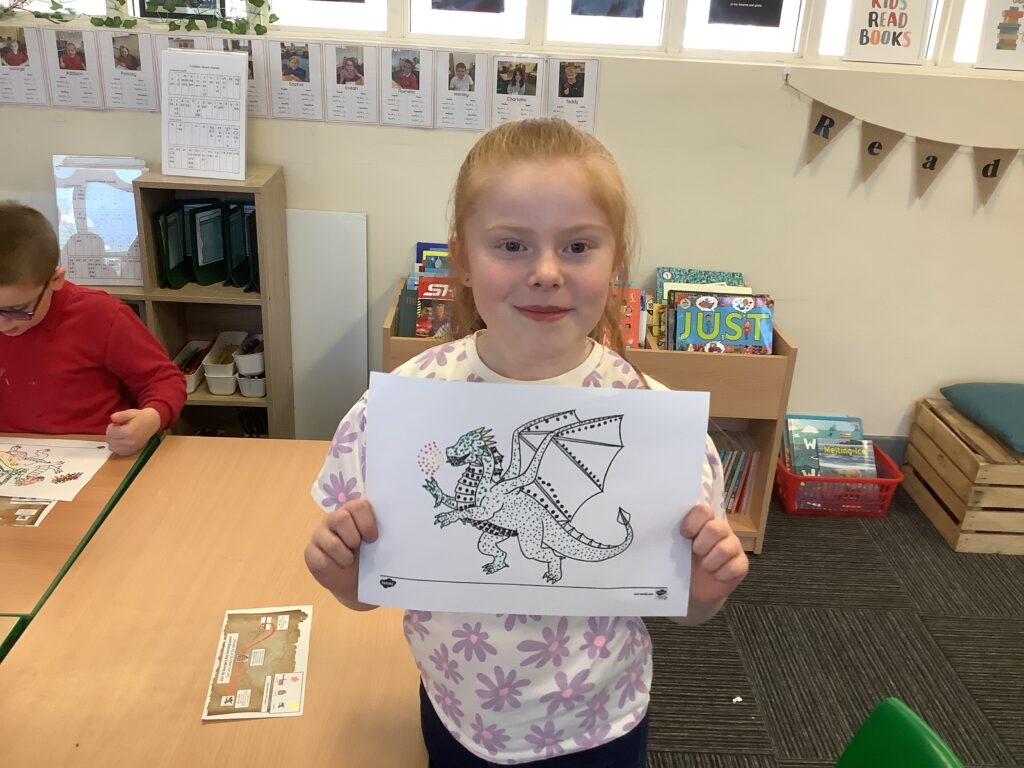
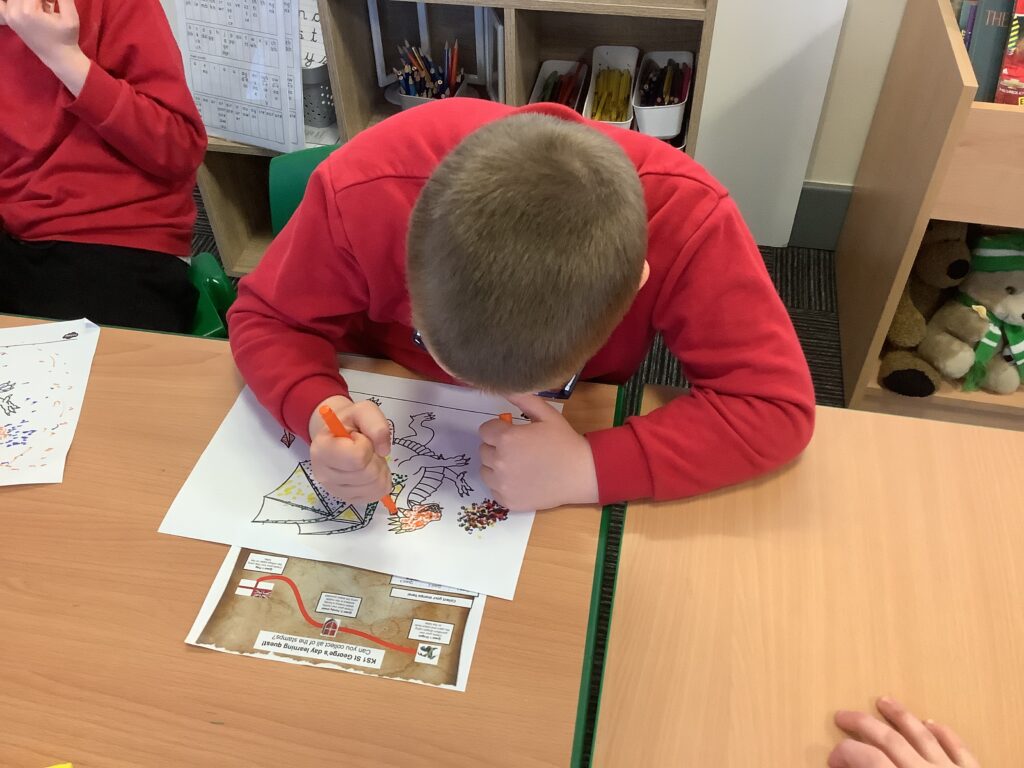
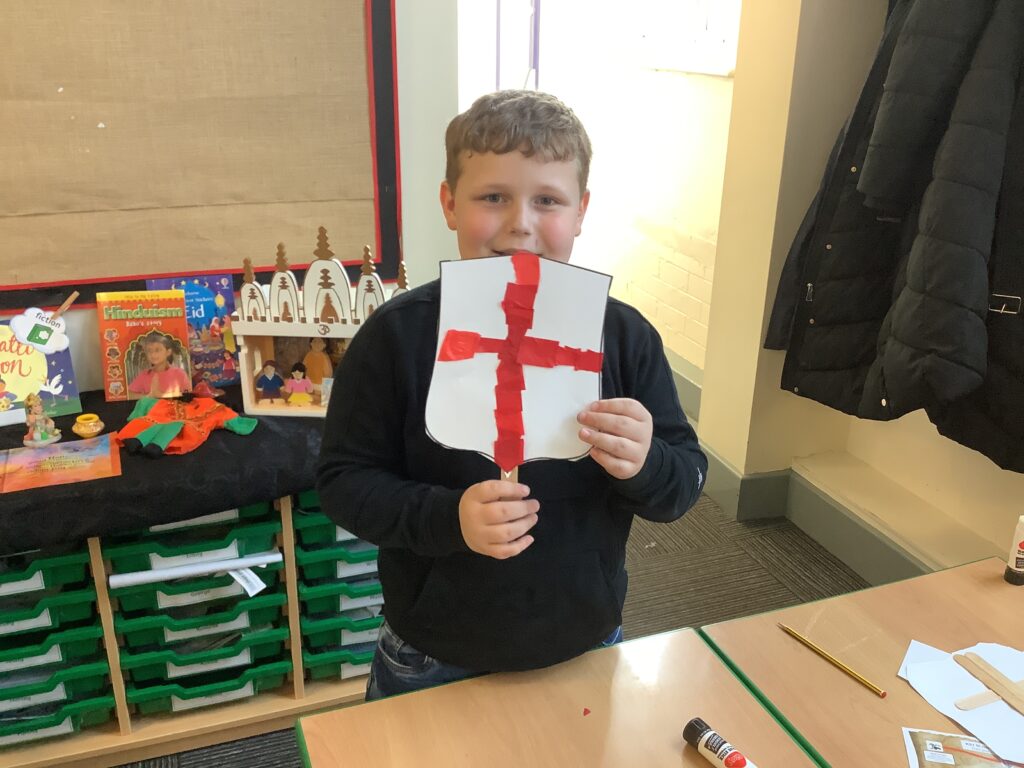
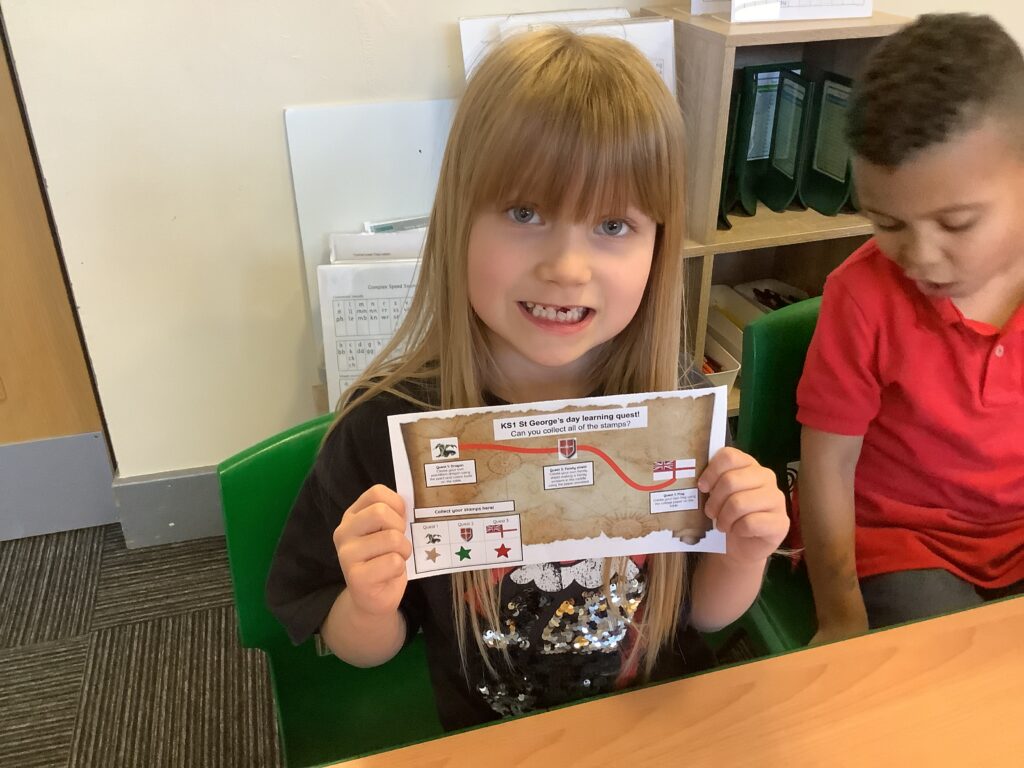
This afternoon, we celebrated St Georges day by looking into the story of St George. We learned that St George was a Christian who lived in Turkey. He became a Roman soldier at the age of 17. The ruler at the time wanted to punish Christians but St George stood up for them. Unfortunately he was punished for this but his bravery didn’t go unnoticed. He was rewarded and became a patron saint. We then looked at the British Values, in particular democracy. We found out that democracy means that everyone has a say and the right to vote. You have to be the age of 18 to vote but that didn’t stop us. We had 3 politicians who had a manifesto. We then went to the polling station and cast our vote on a ballot paper. Shelby won our vote by gaining the majority!
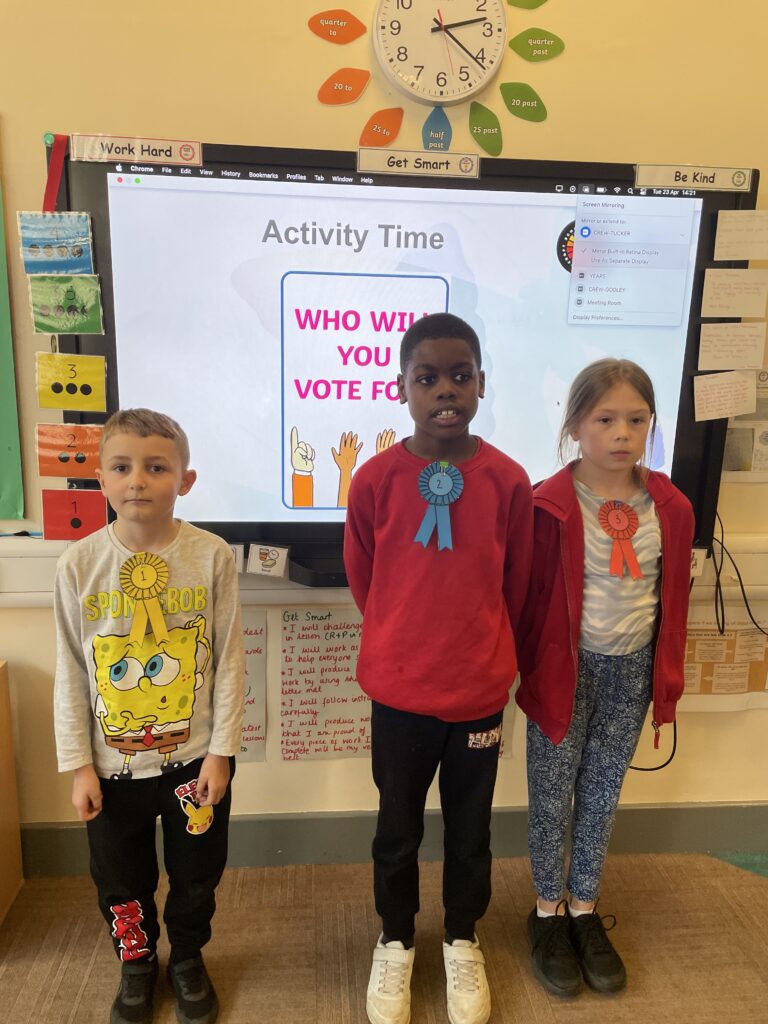
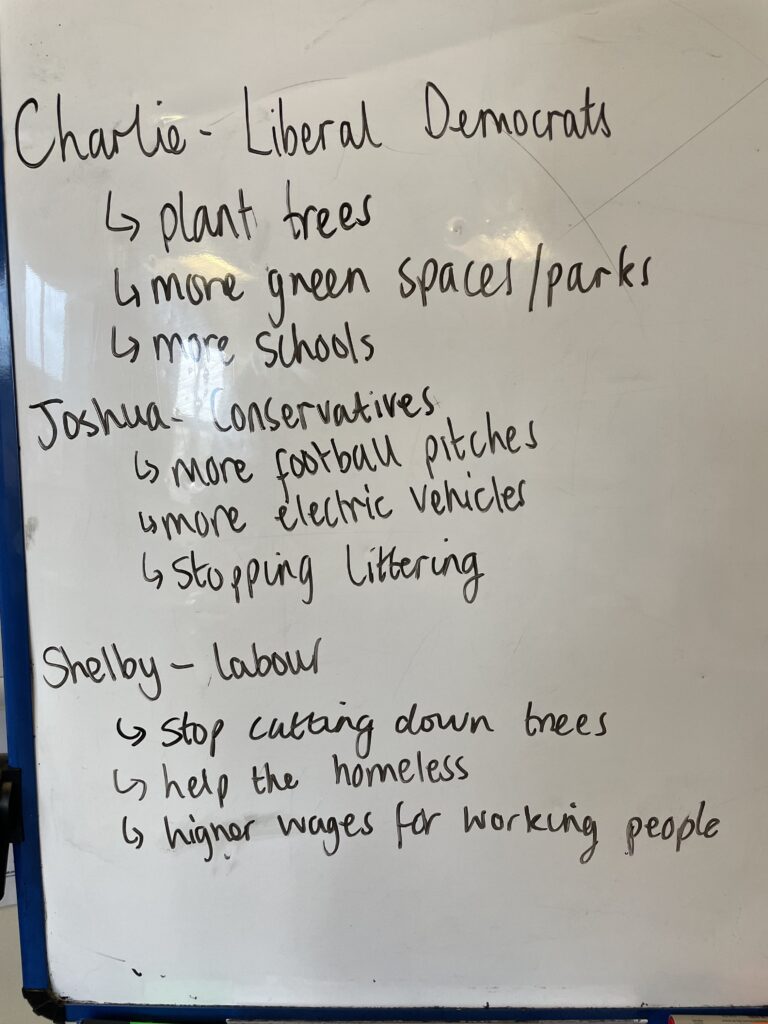
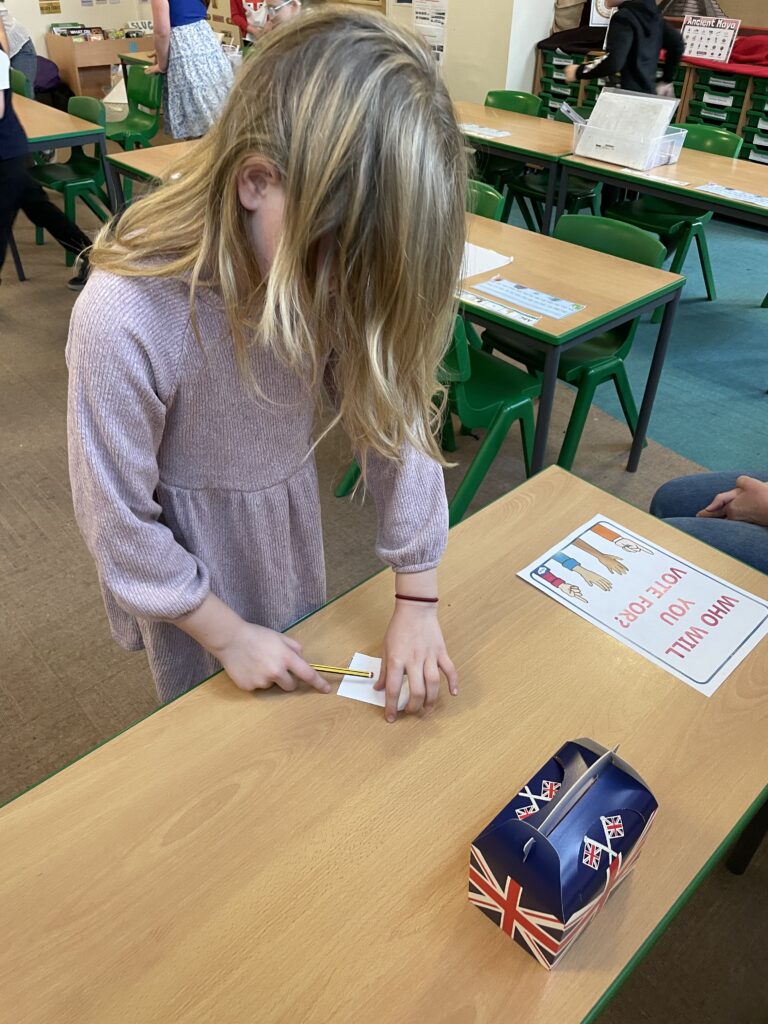
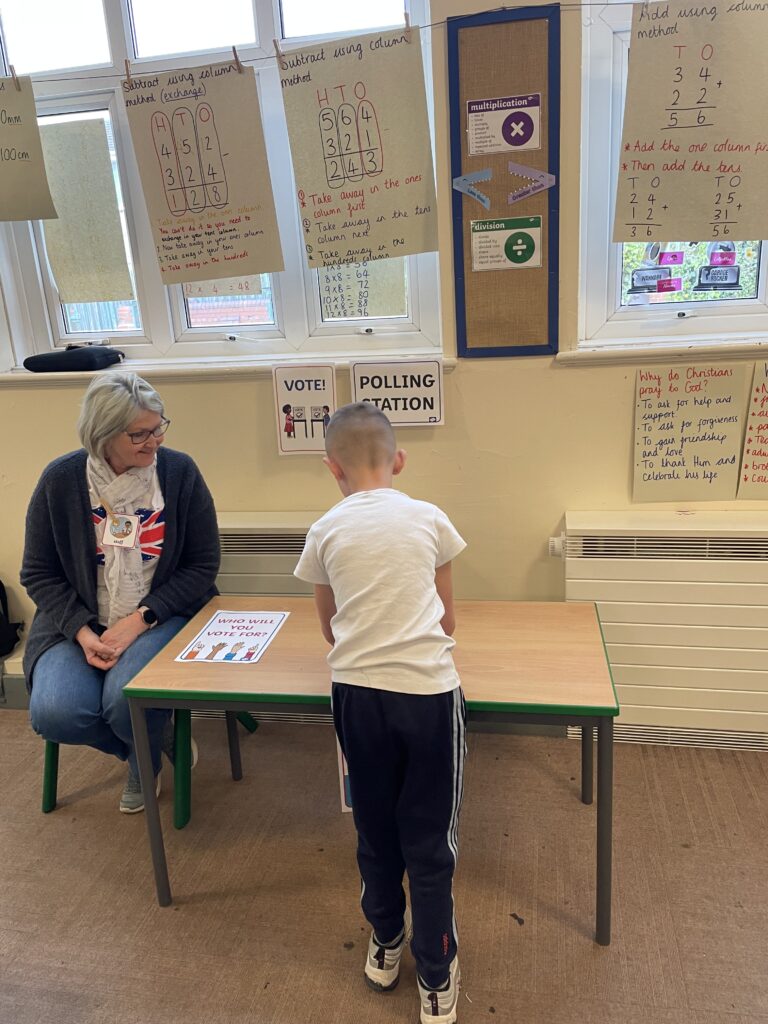
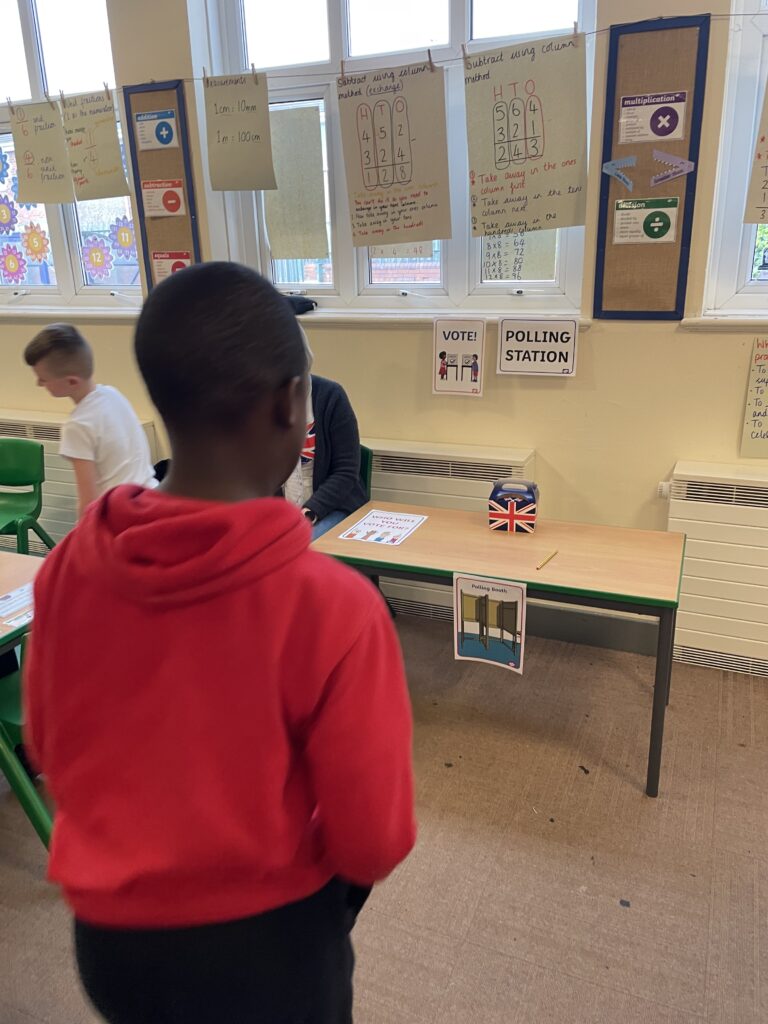
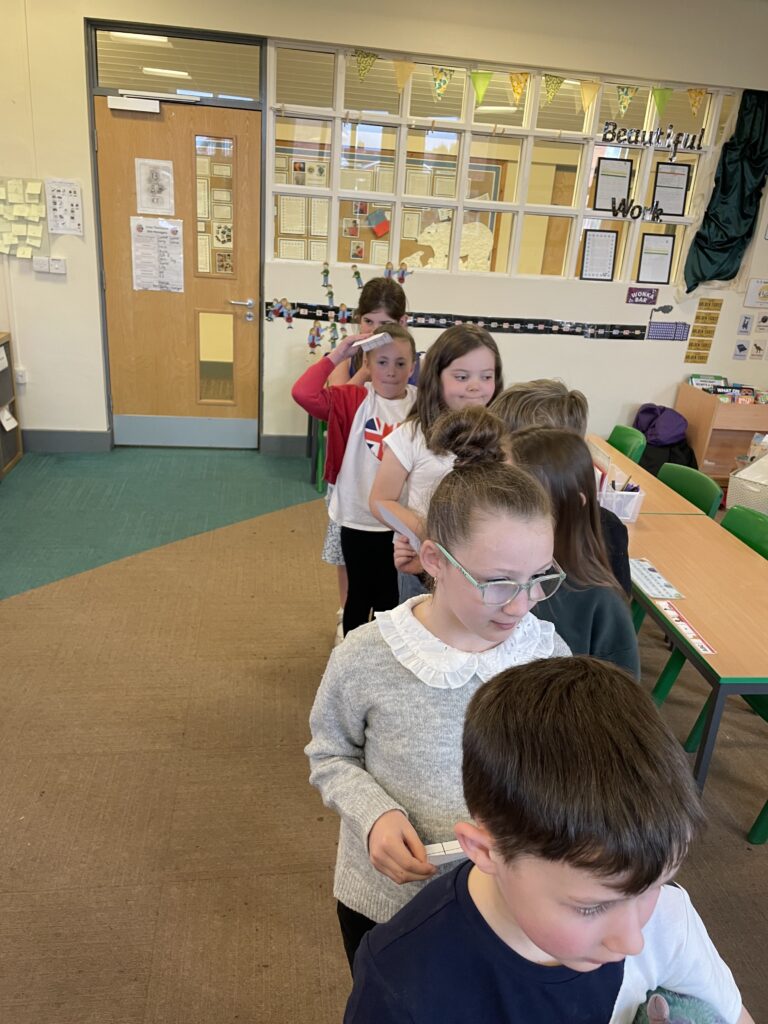
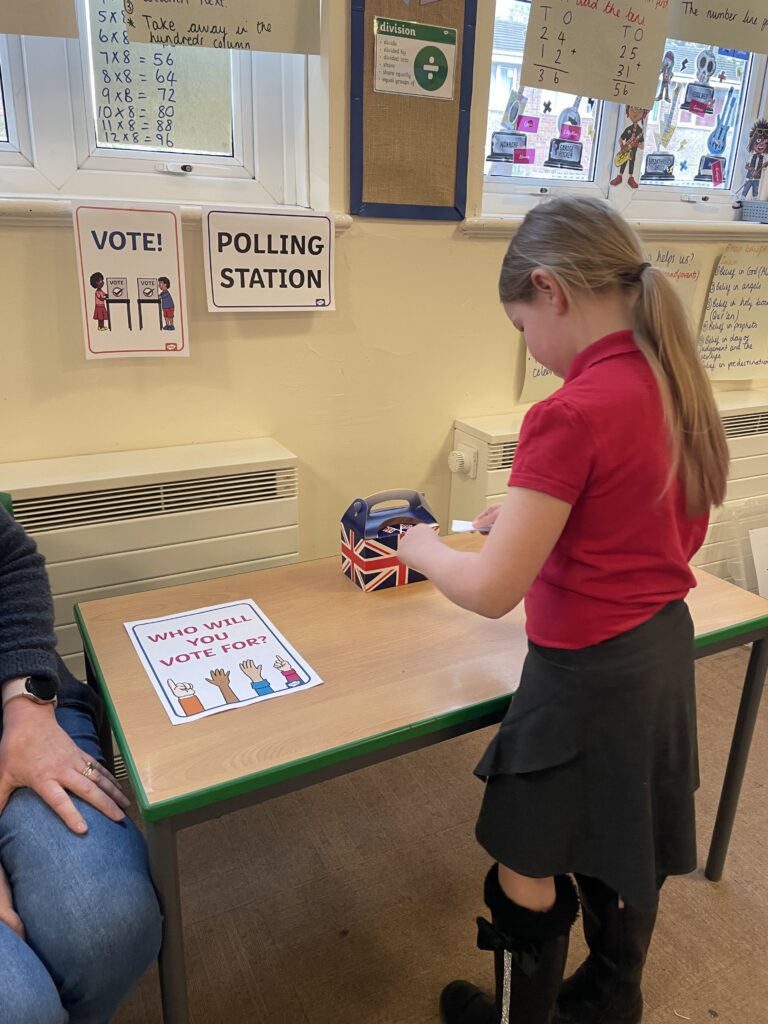
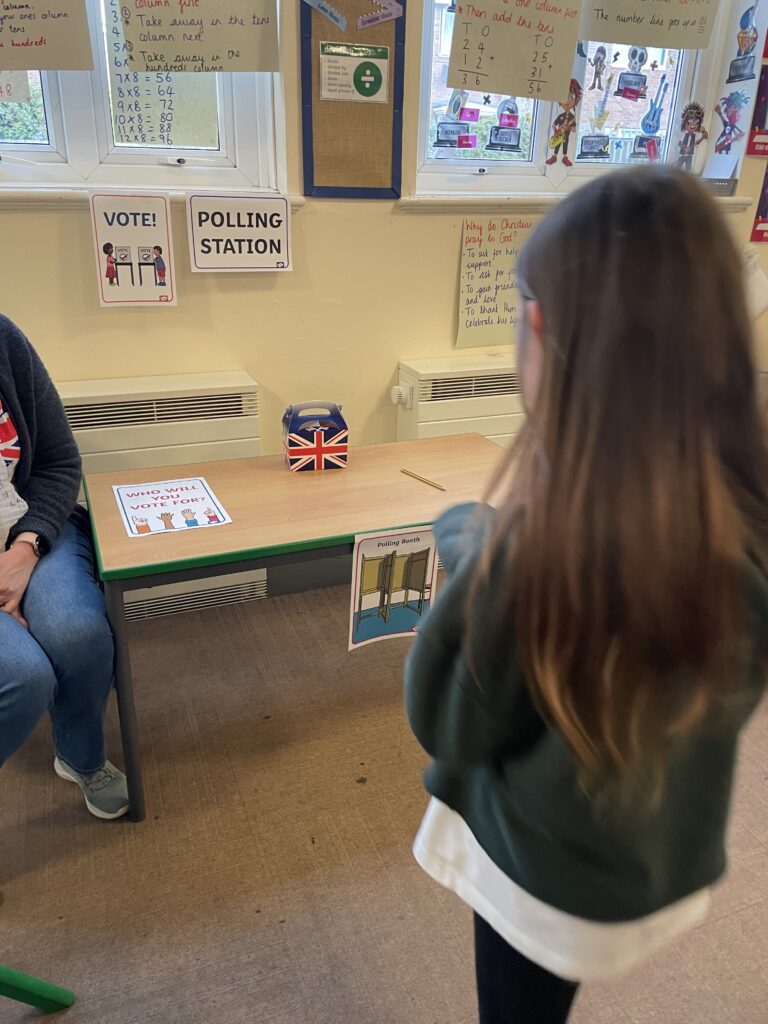
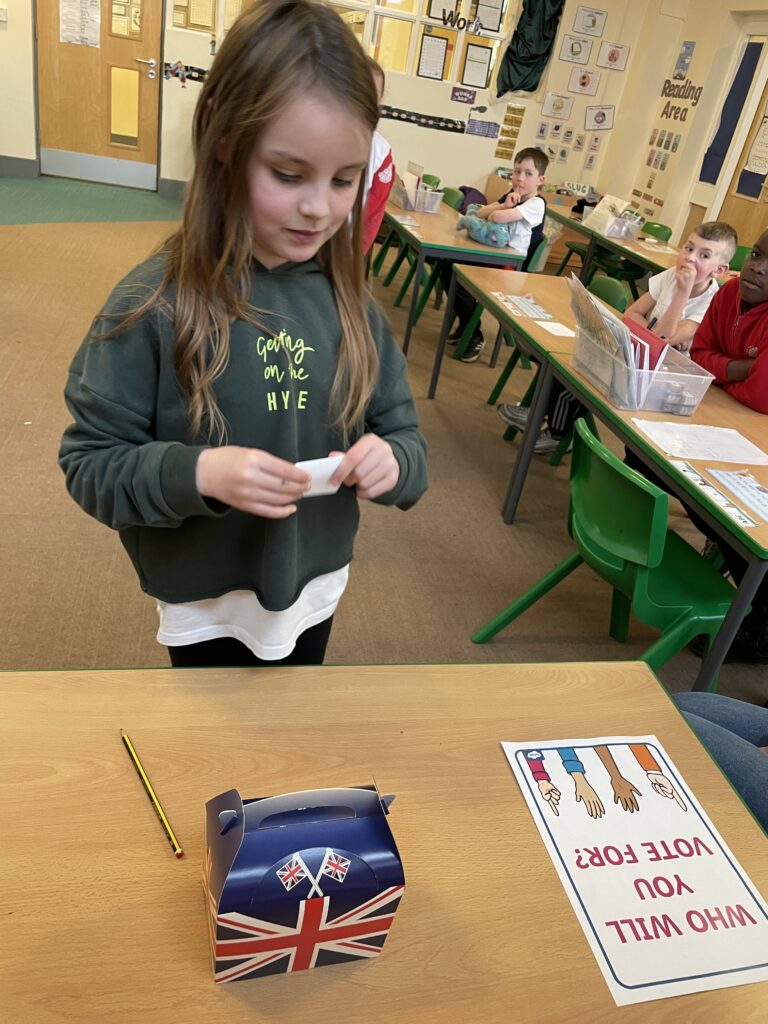
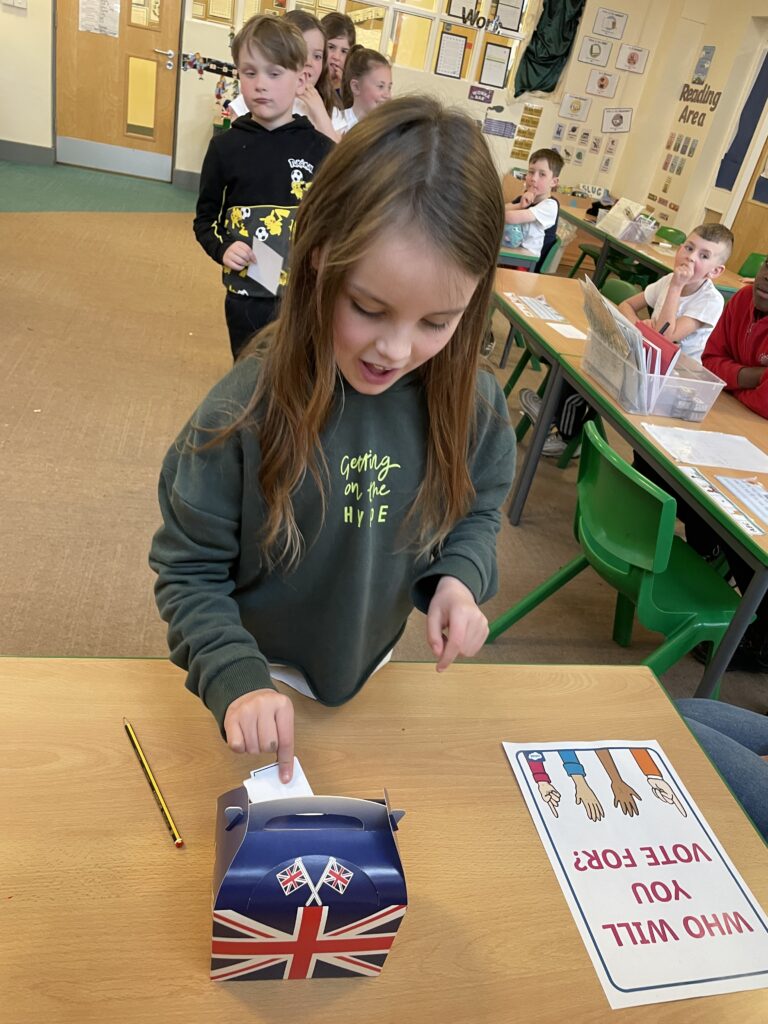
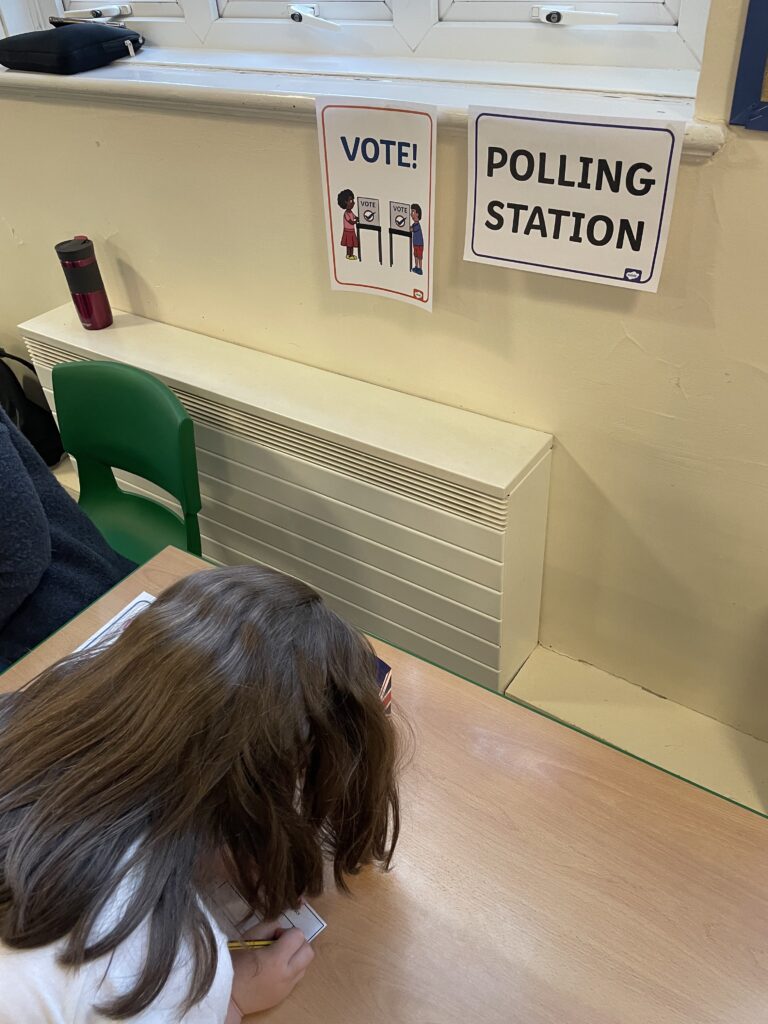
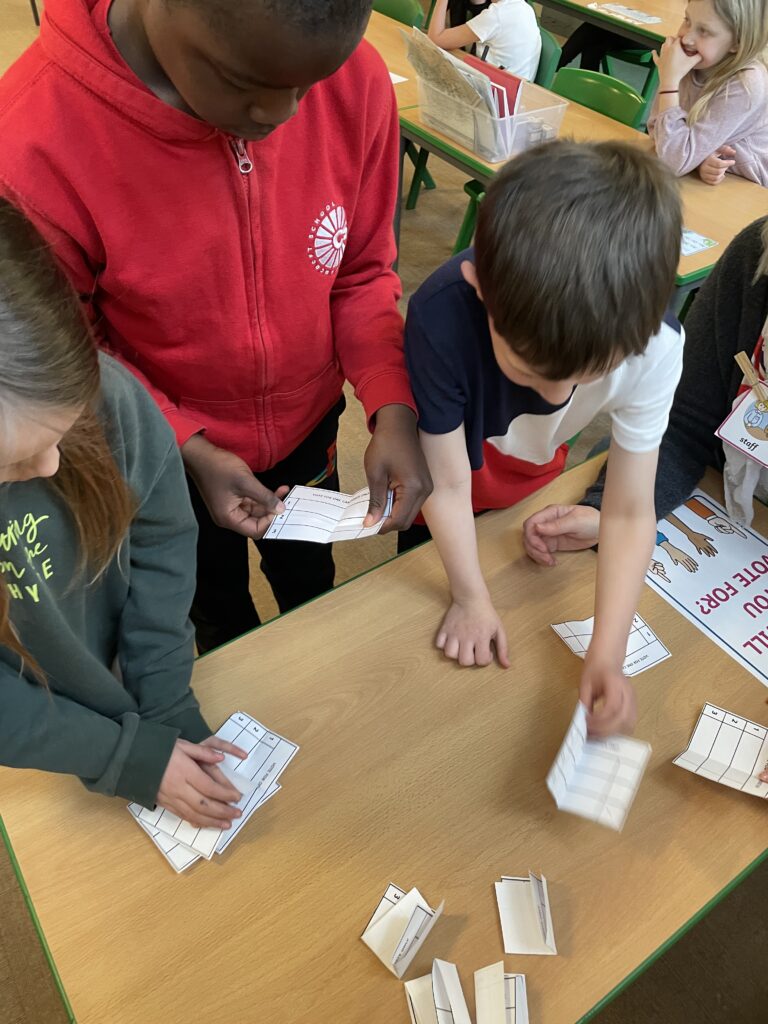
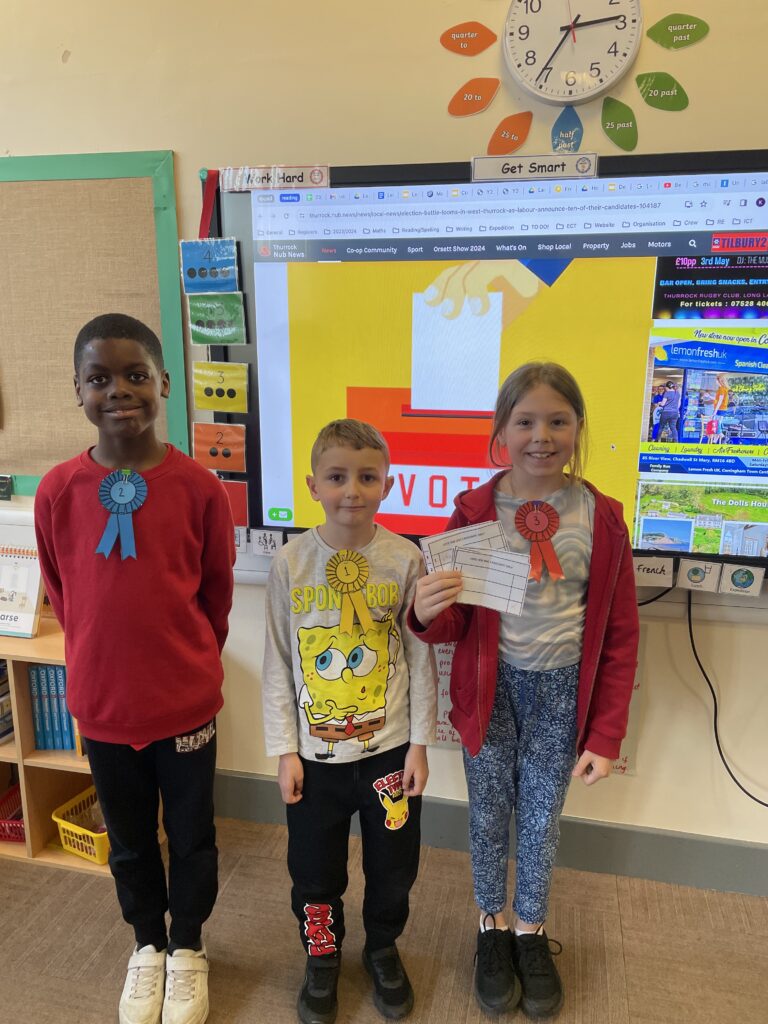
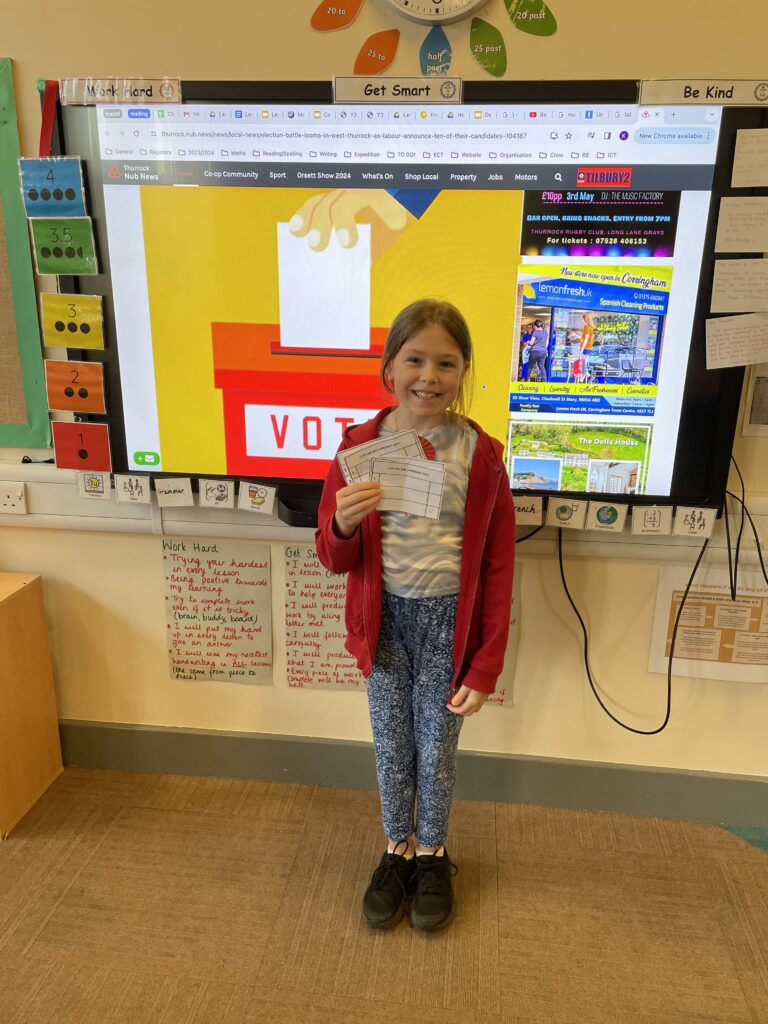
We are delighted to have camps in May running Tuesday 28th May – Friday 31st May. https://www.eventbrite.co.uk/e/carcroft-fusion-camp-may-2024-tickets-886076828647
Today, we finished our work on ‘Twinkle Variations’. We began by recapping what we had previously discussed around variations and how they can be altered through tempo, rhythm and pitch. We were introduced to passacaglia, which is a repeating bassline and composers often use passacaglia as the basis for their variations. Working with a partner, we chose a short section of ‘Twinkle, twinkle, little star’ to use as the bassline. We spent time perfecting this short section on the glockenspiel.

We then looked at how we could adapt it further. We started by changing the rhythm to make it sound like a happy, dancing passacaglia. We found this quite tricky as it required us to play at a faster tempo and required more notes.

We then looked at adapting the same section, only this time taking away the rhythm and slowing it down to create a more solemn passacaglia. This was easier in terms of the amount of notes, however, it required us to think more carefully about keeping in time and remembering to rest between notes.

Once we had practised different passacaglia options, we split the class into 2 groups. One group played a passacaglia bassline whilst the other group layered an improvised piece. The group who were improvising were allowed to make their own decisions about what they wanted to play, however, they needed to consider fitting in with the bassline, playing at the same speed as the bassline, starting and stopping at the same time, and staying within the correct pitches.
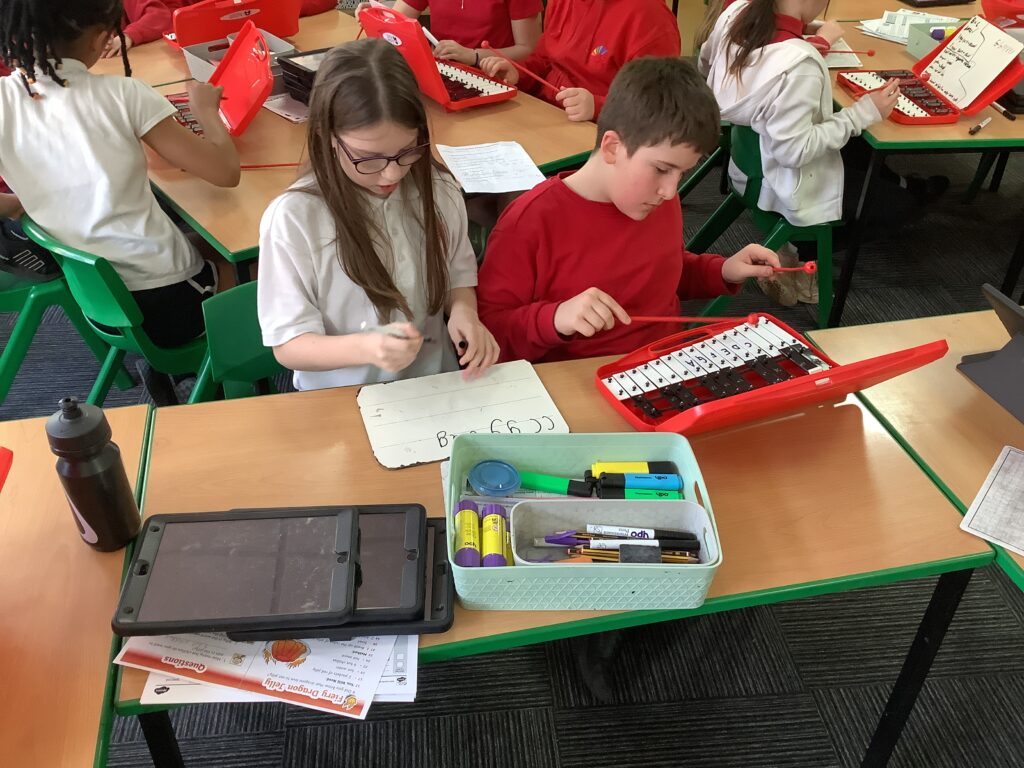
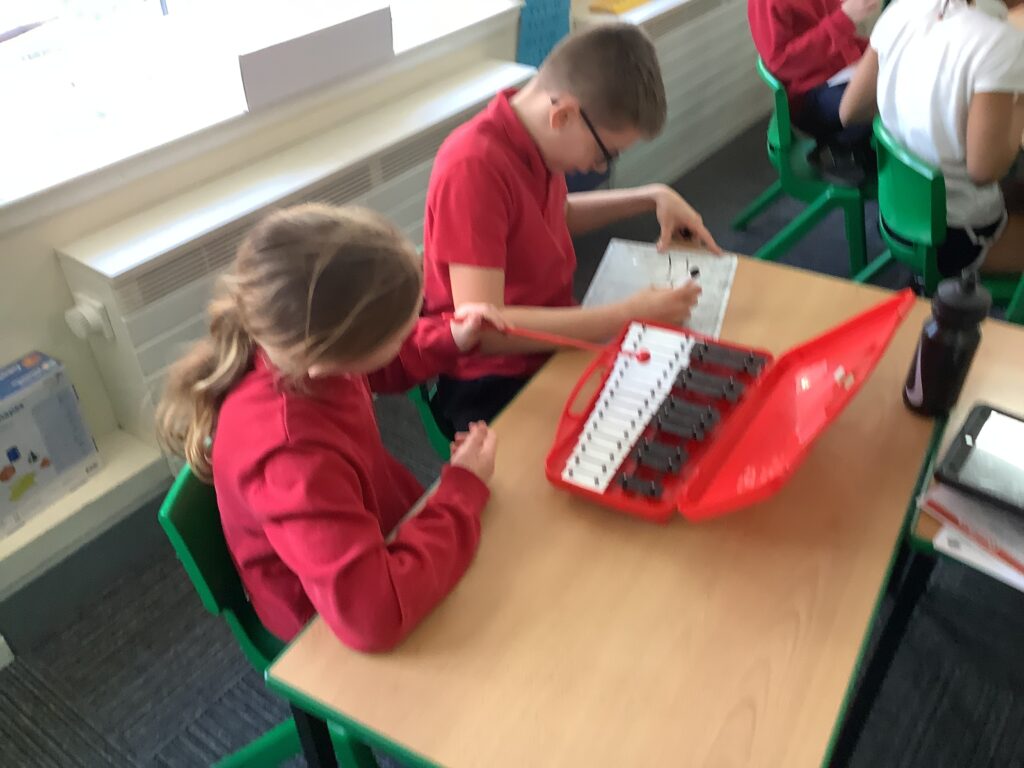
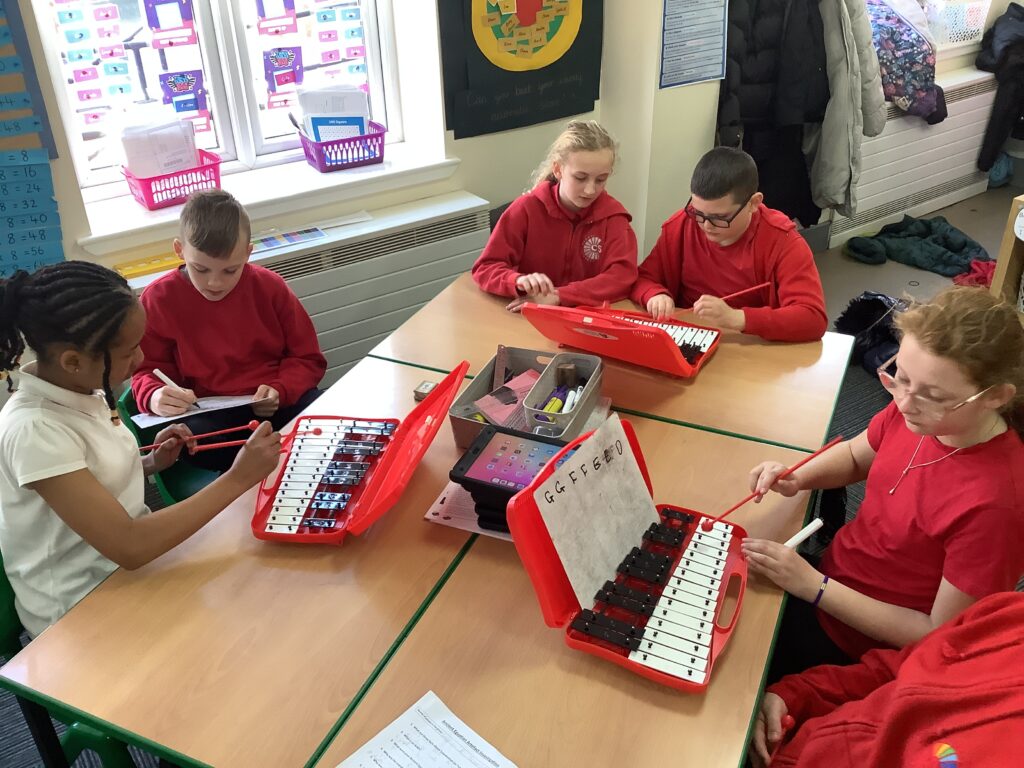
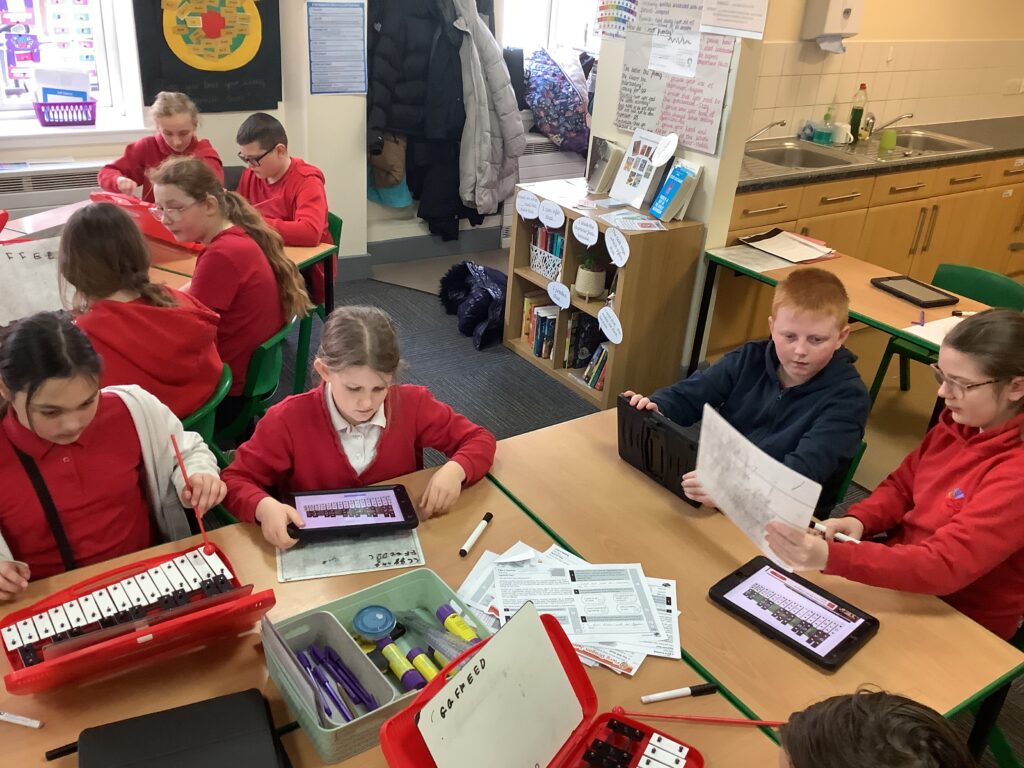
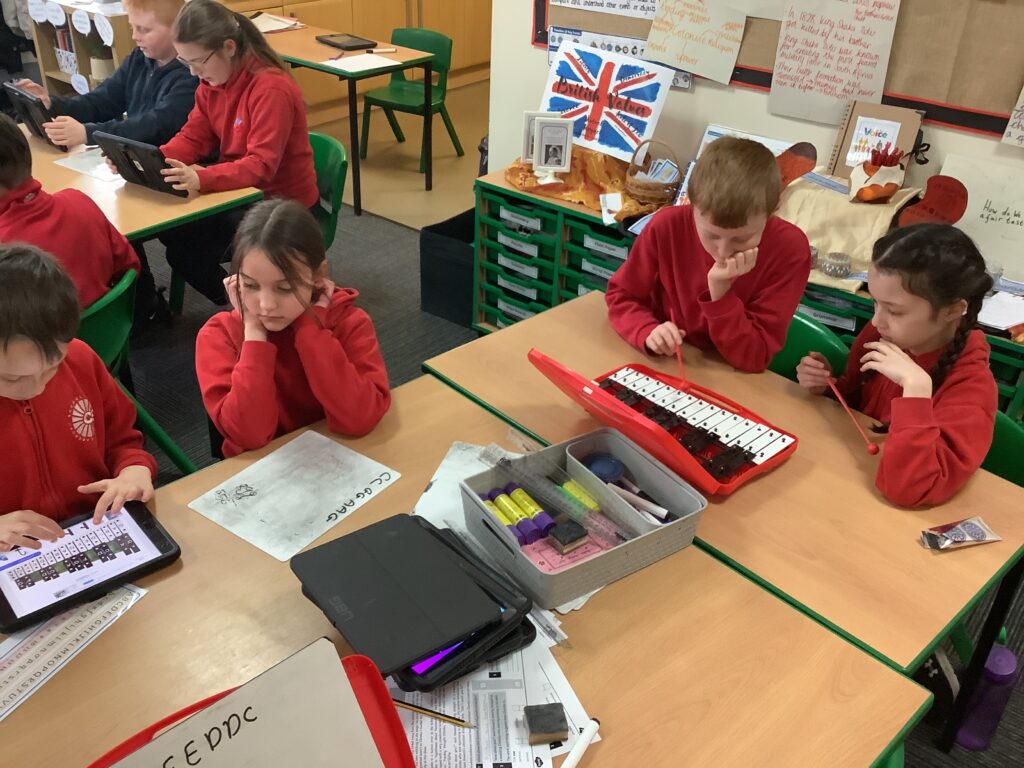
In Scotties today we had an exercise bootcamp! It was super hard work and he made us do some tricky exercises but we all persevered and completed it! We are excited for next week.
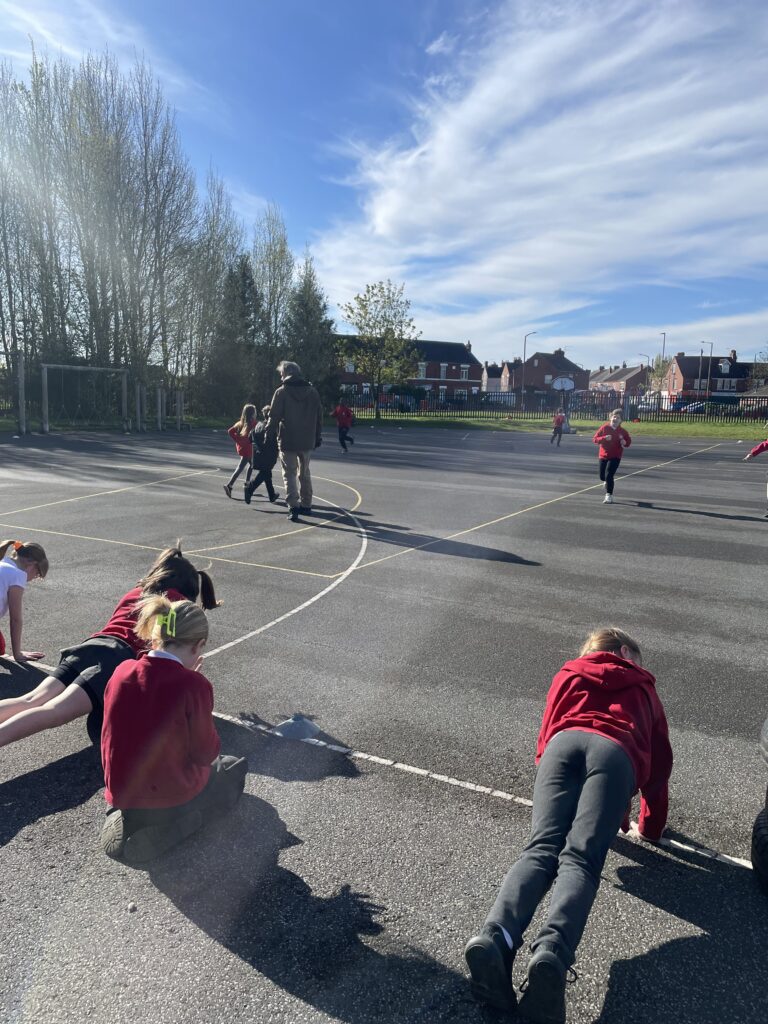
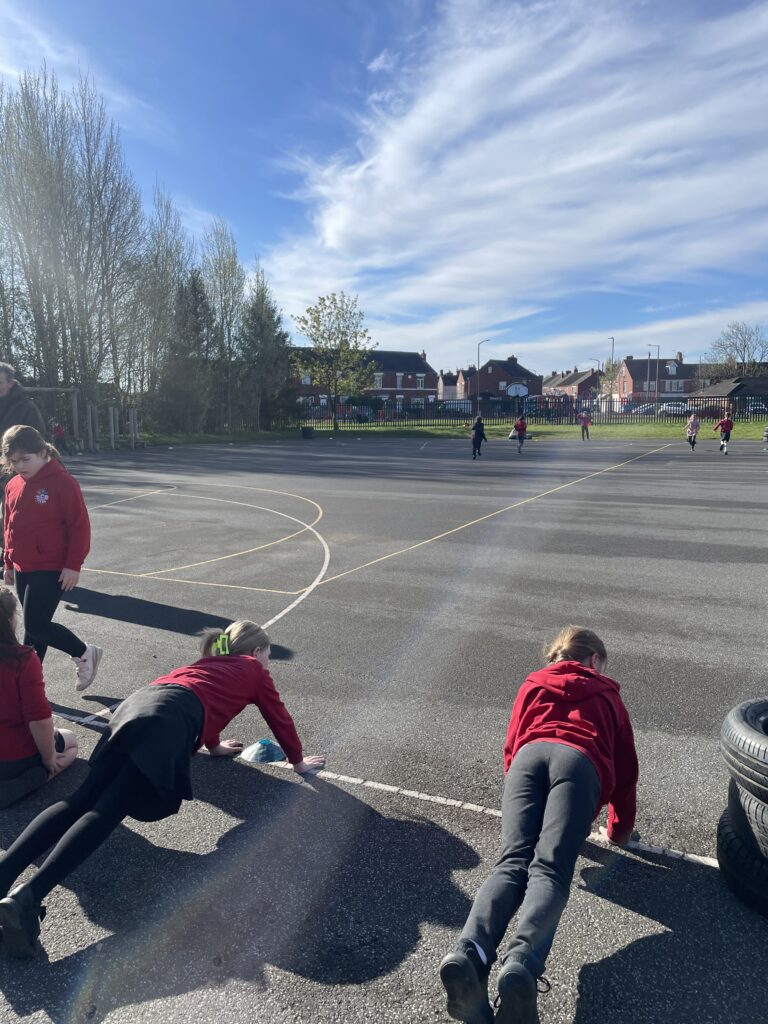

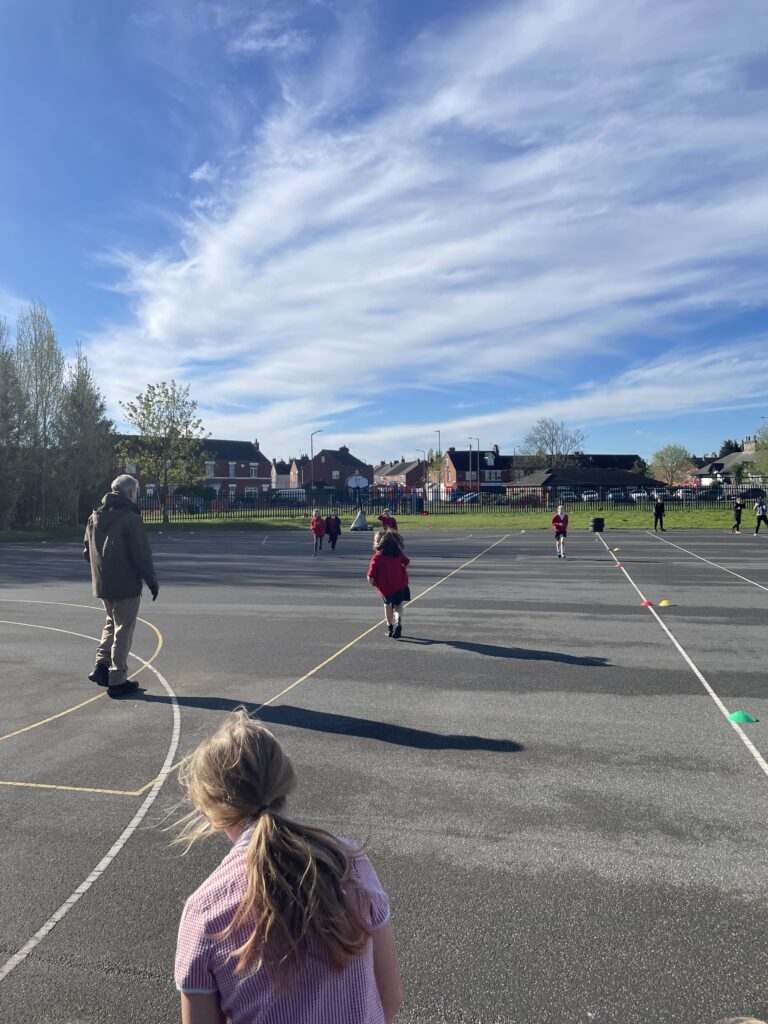
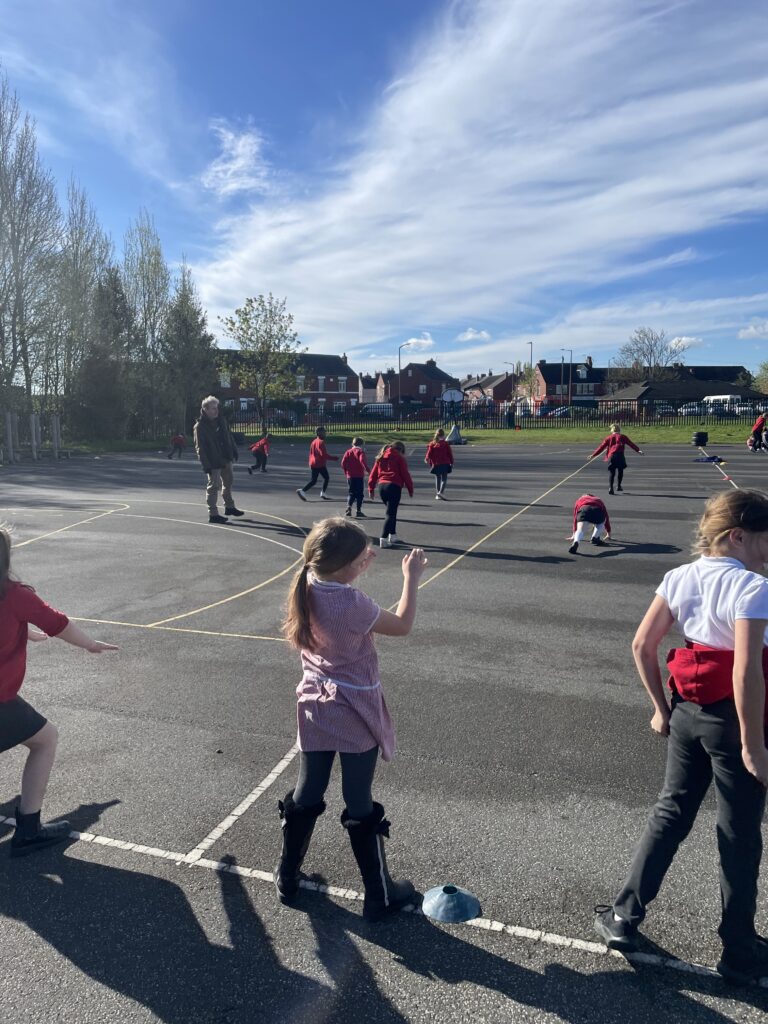
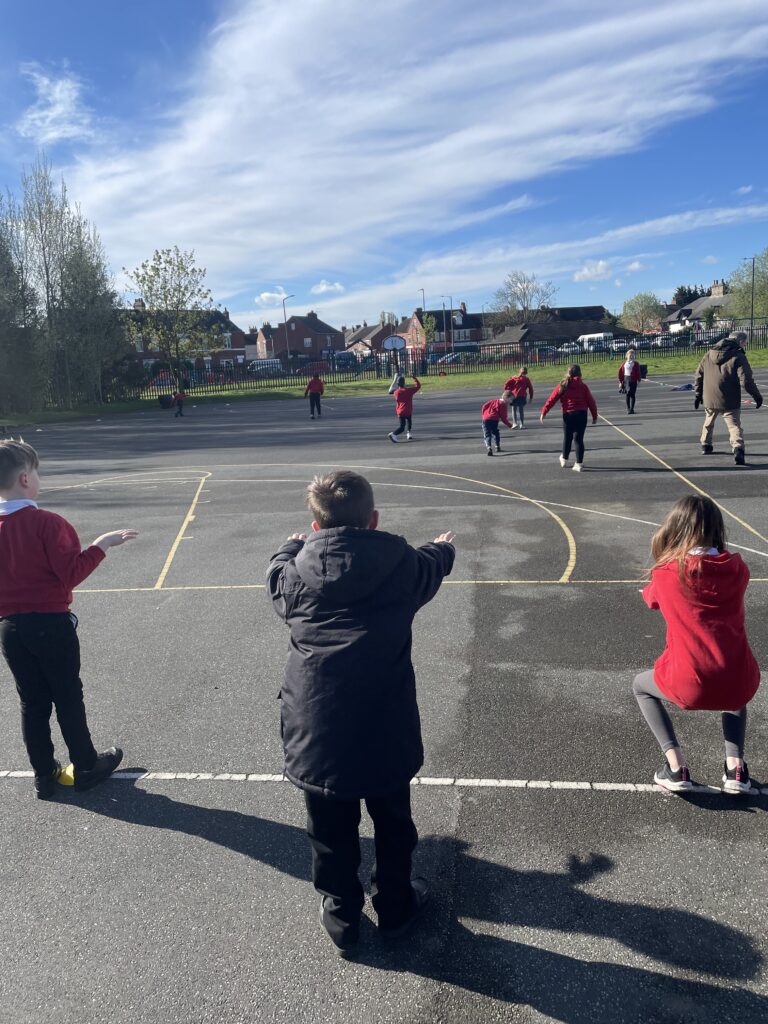
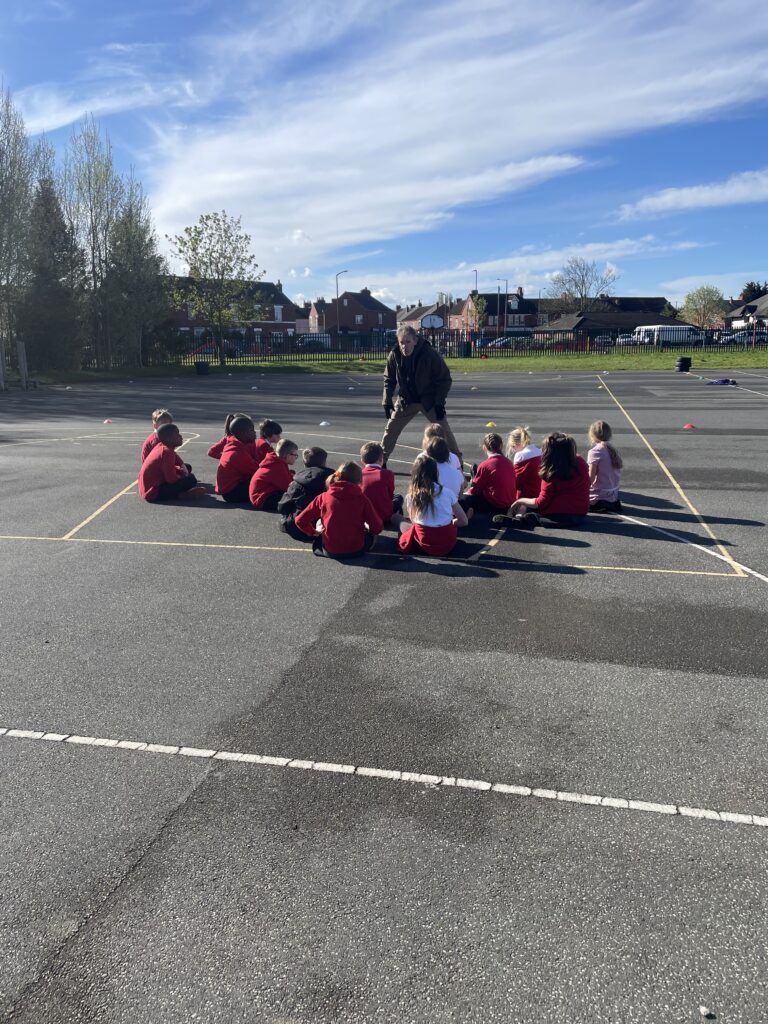
We finished our unit on ‘Trains’ by layering up different rhythm notations to create a whole class piece of music that represented the movement of a train. We split into 3 groups, drums, shakers and guiros. Each instrument represented a different rhythm notation and we practised our individual rhythms before playing at the same time and creating a layered piece.
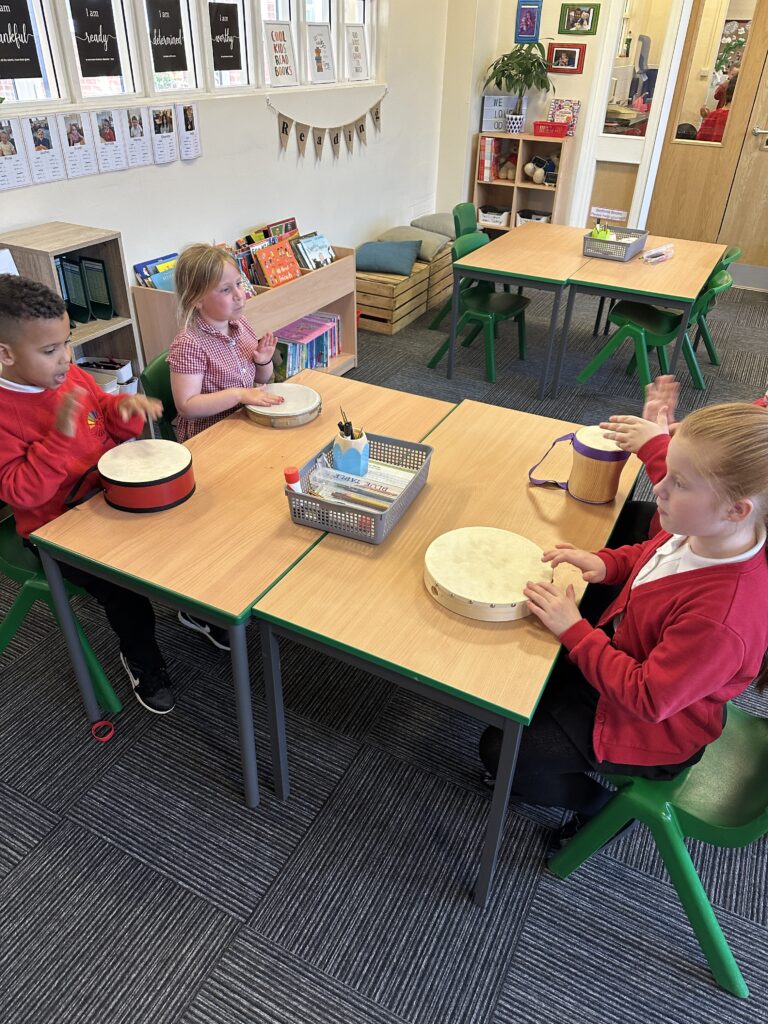
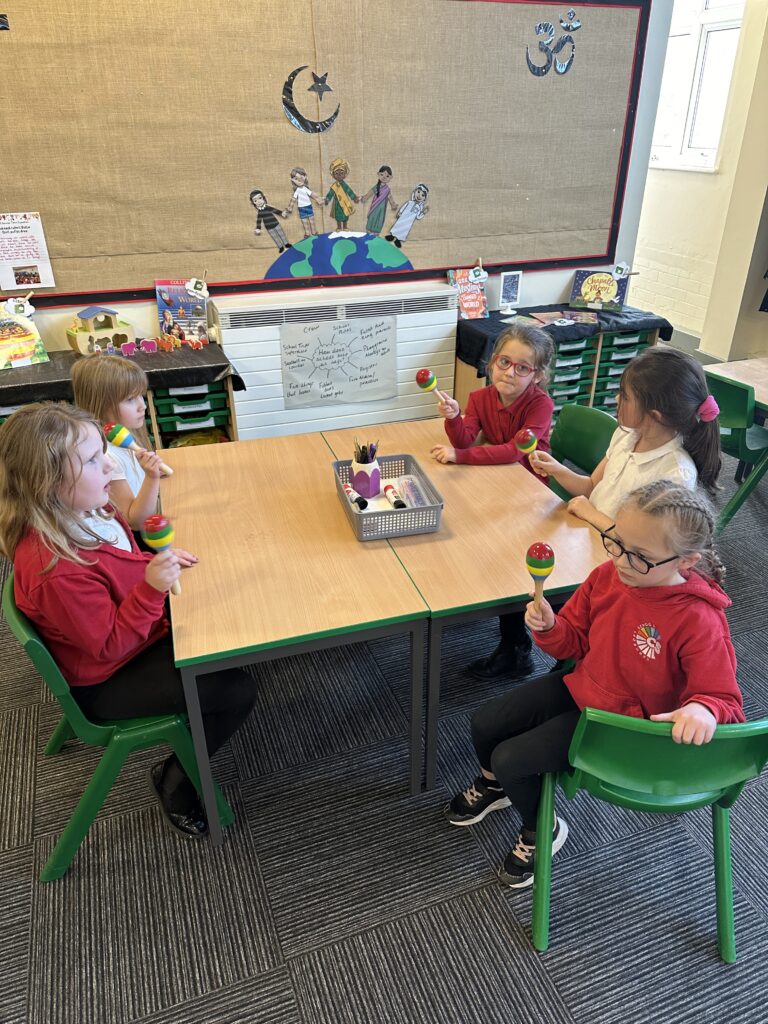
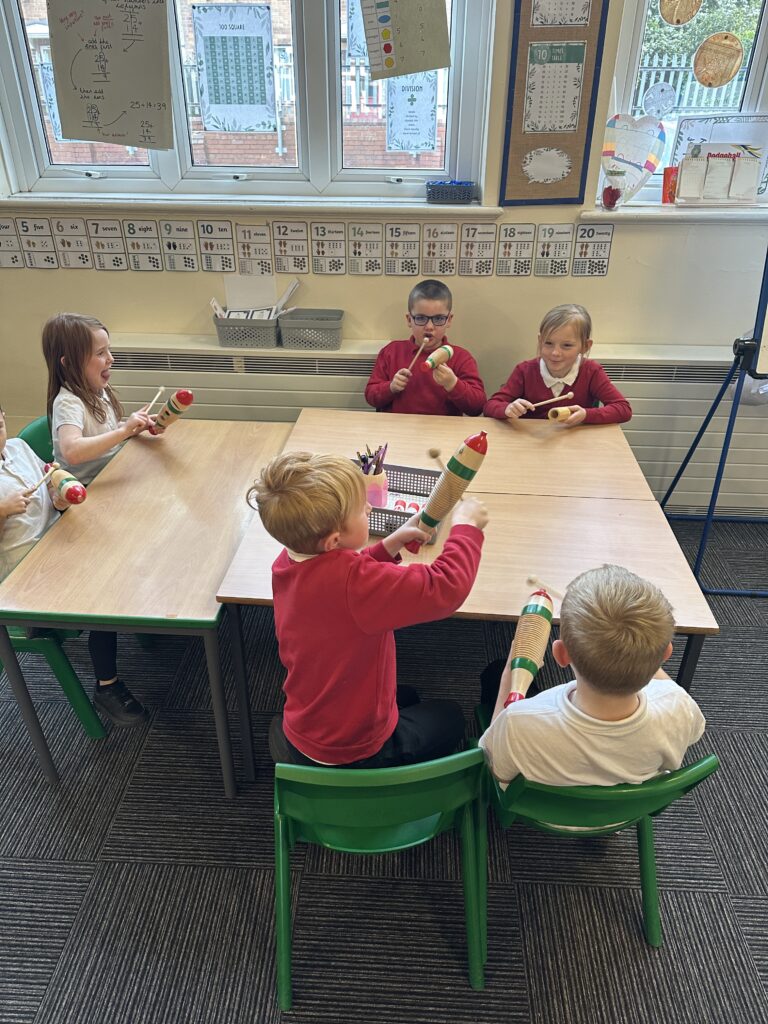
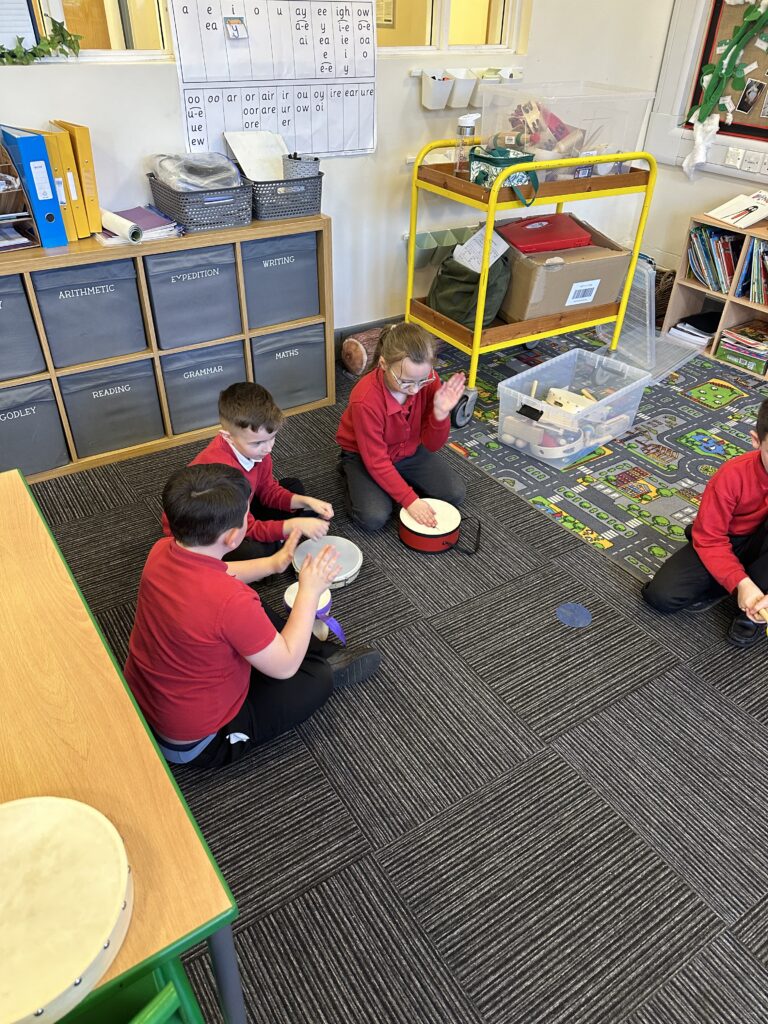
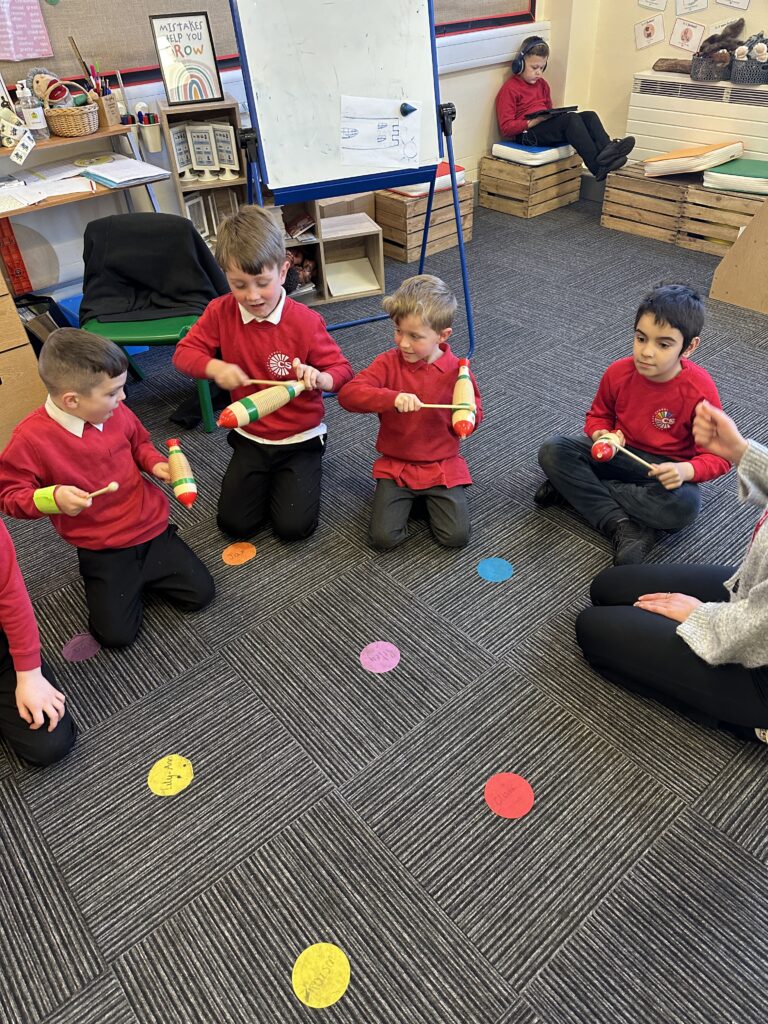
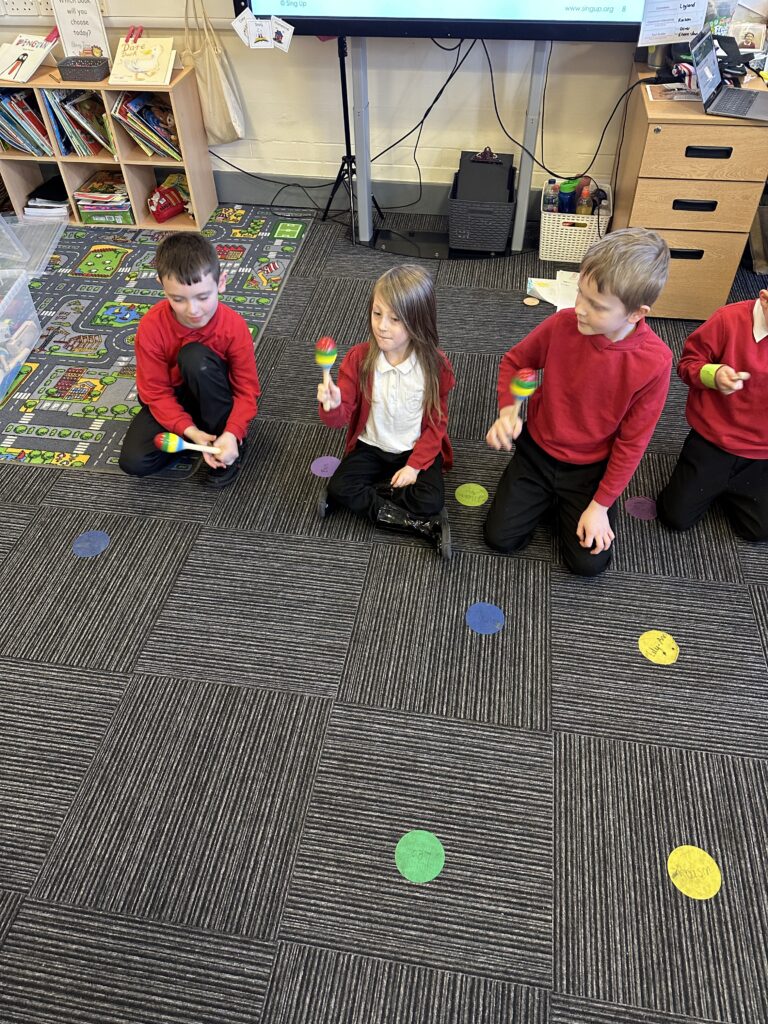
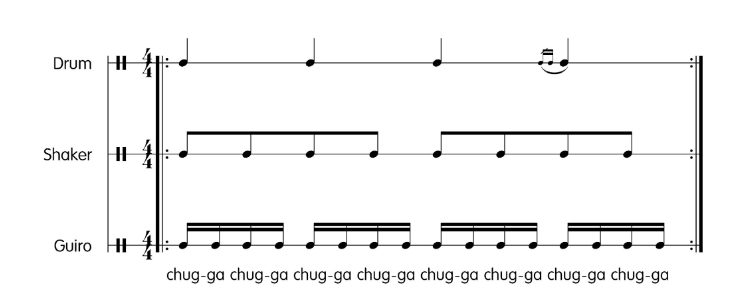
We finished our unit on ‘Musical Conversations’ by creating whole class written notations to allow us to work in small groups using untuned percussion instruments to perfect a musical conversation. We worked really hard to ensure that everyone had a role, we even made amendments to the notations for those groups that had more/less children in them.
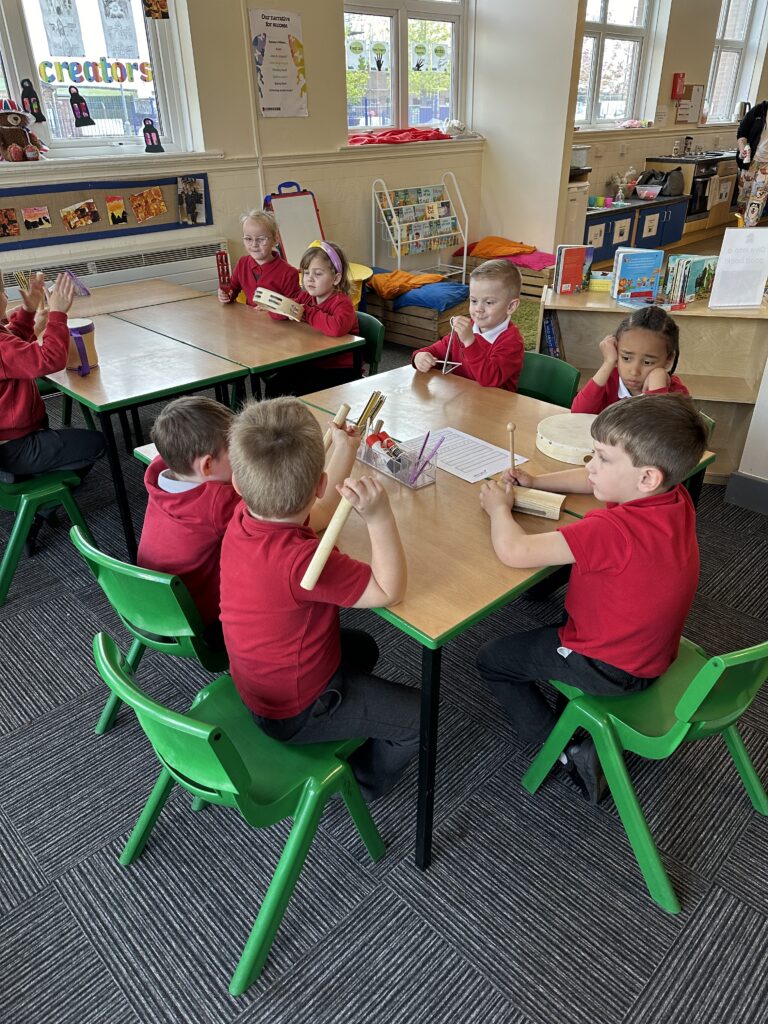
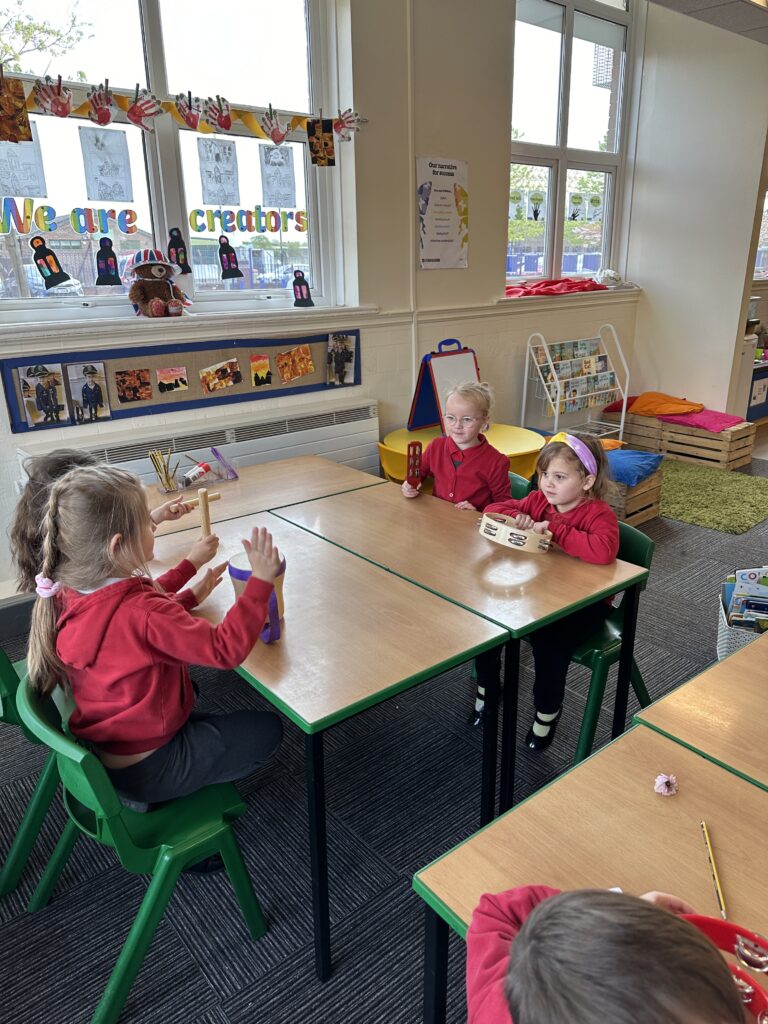
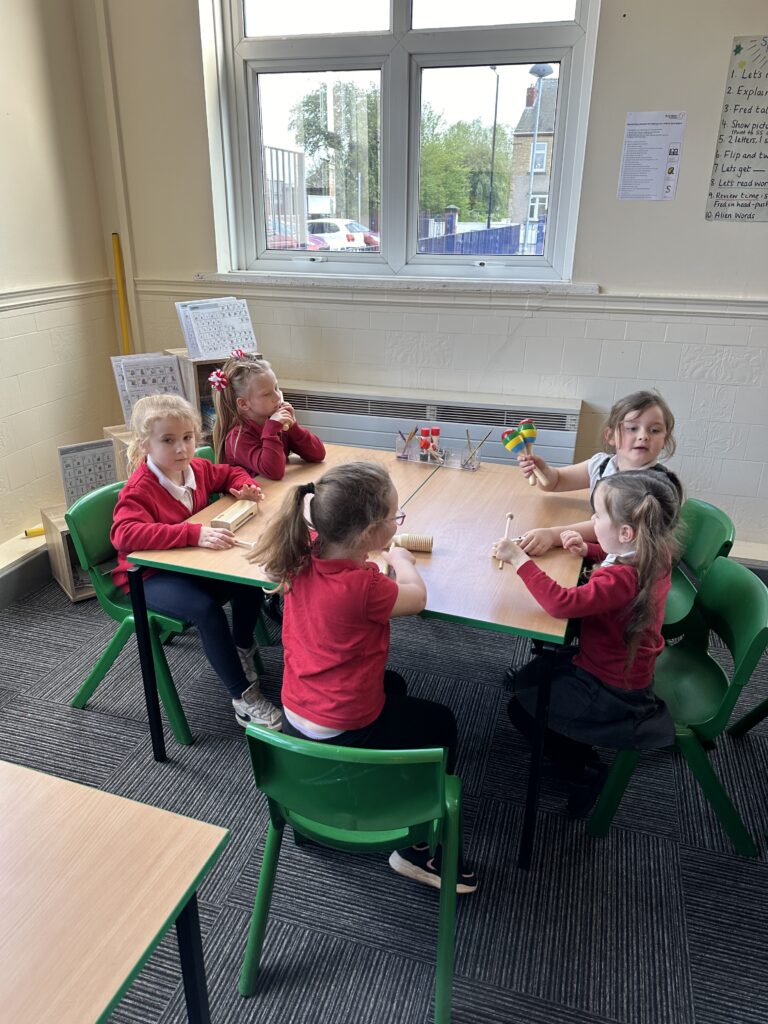
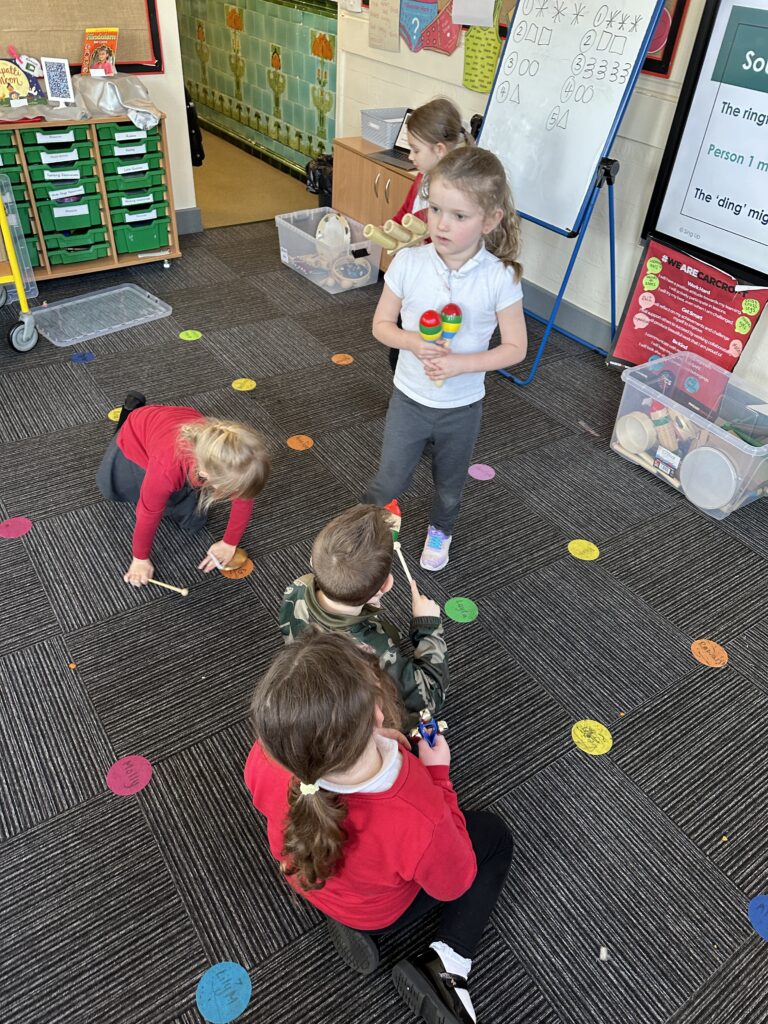
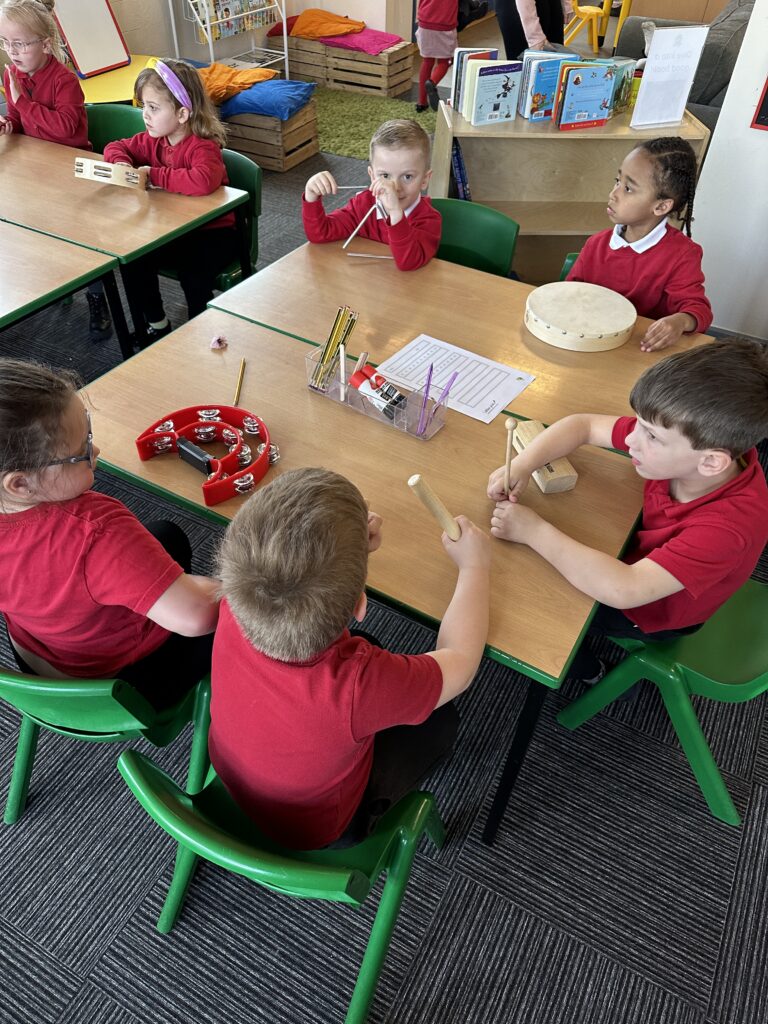
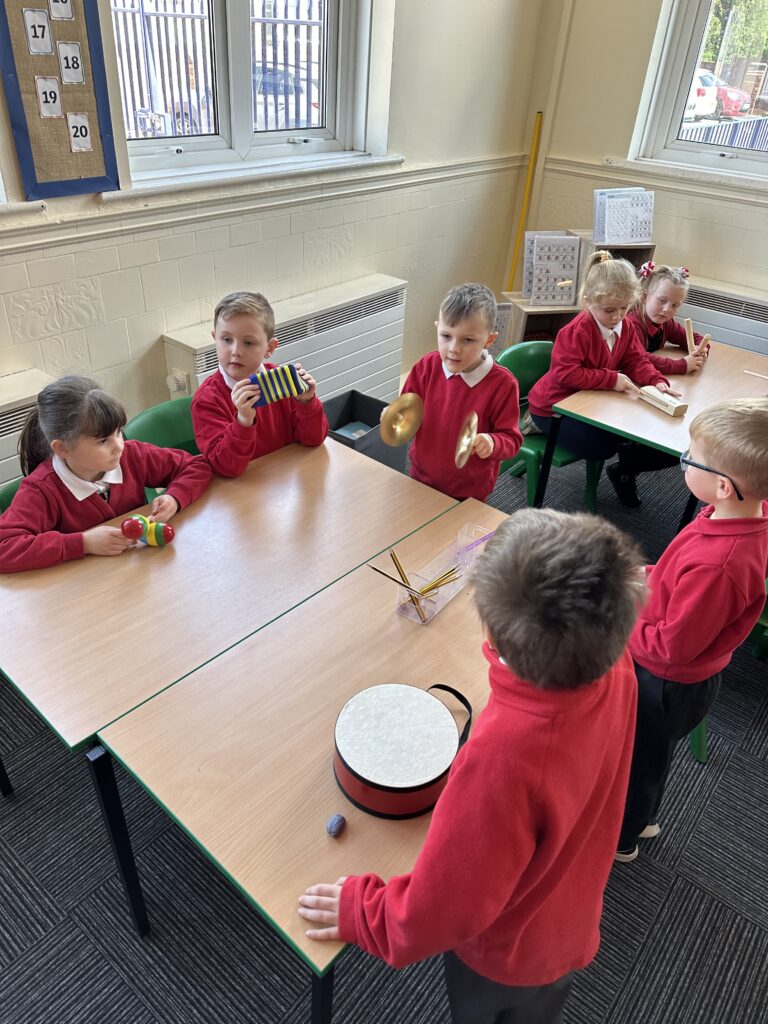
We have continued our work on ‘Latin Dance’ this week by recapping information about Cuban music and how it is influenced. We then practised finding and maintaining a 2-3 clave rhythm, and a 3-2 clave rhythm using untuned percussion instruments. We then applied these rhythms to some traditional Cuban pieces of music.
We practised our piece ‘Latin Dance’, reviewing the lyrics and reminding ourselves of the structure of the piece. We noticed that there were two instrumental parts within the song and we decided to create our own Cuban rhythms to add to the existing instrumental parts.
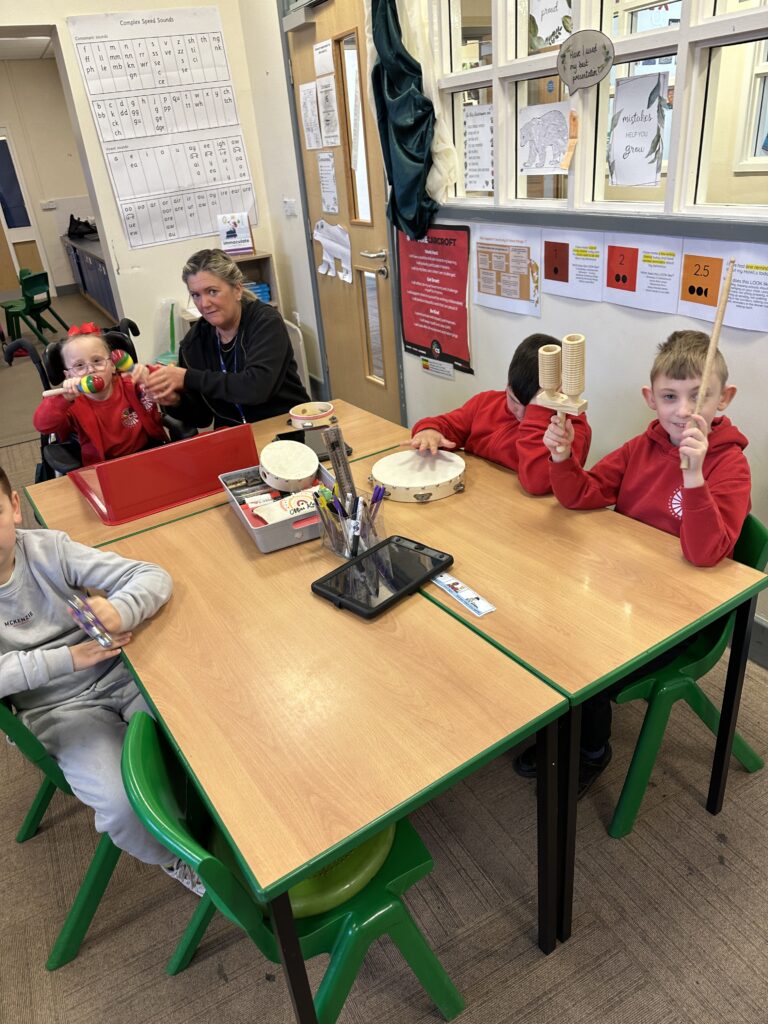
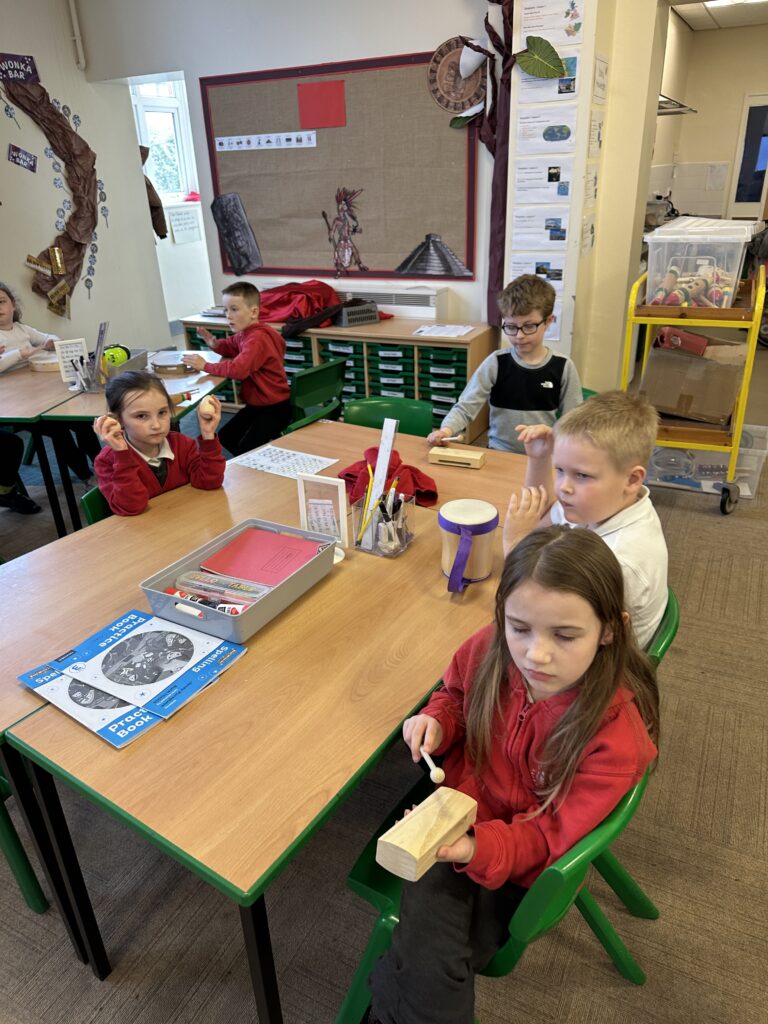
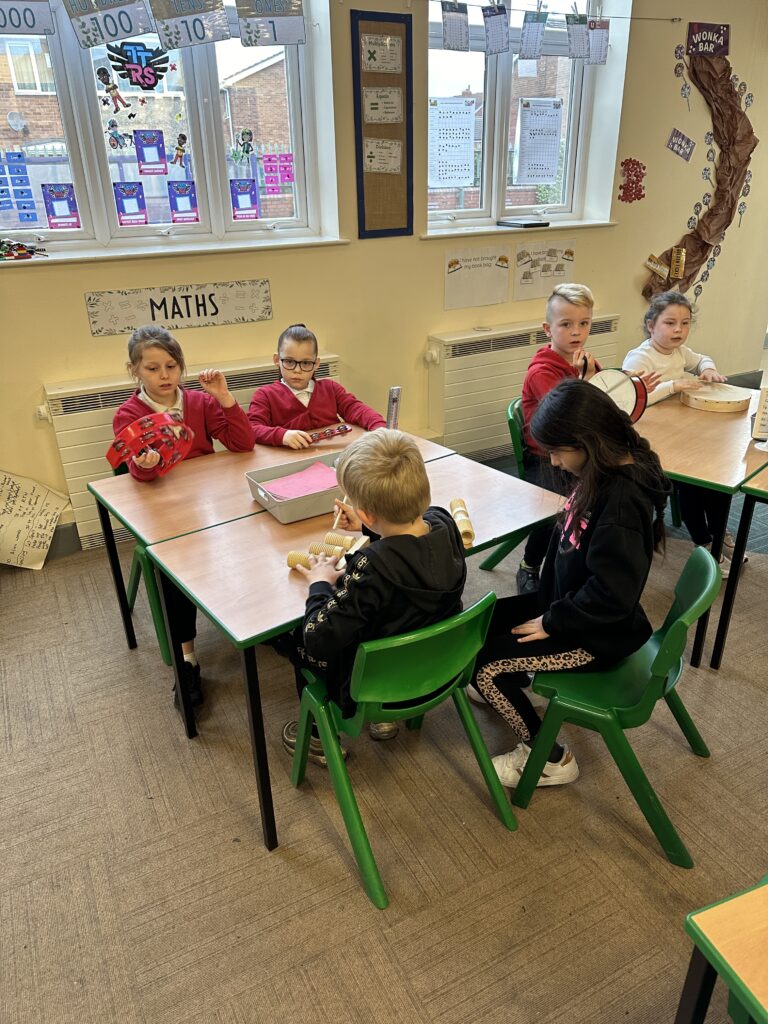
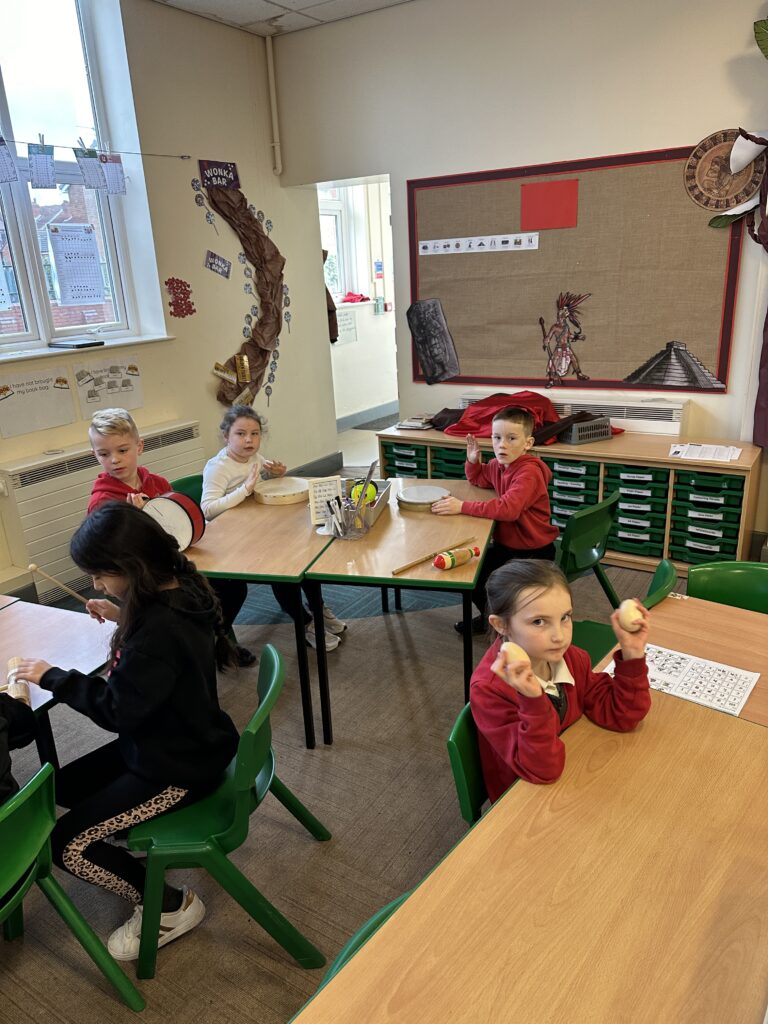
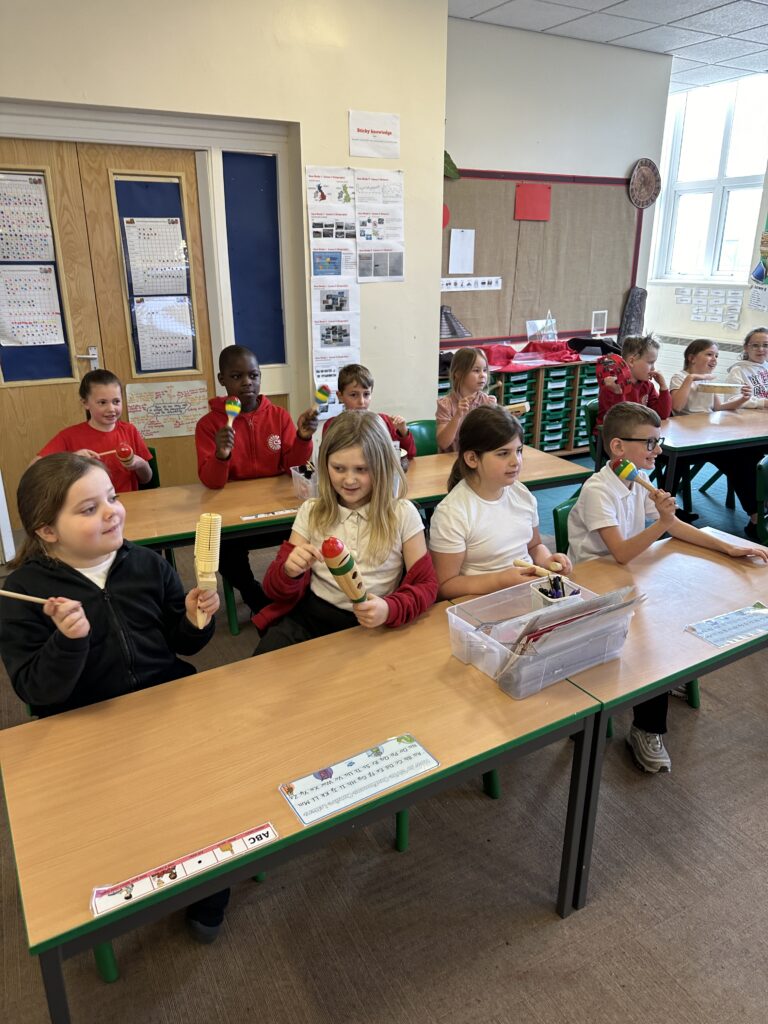
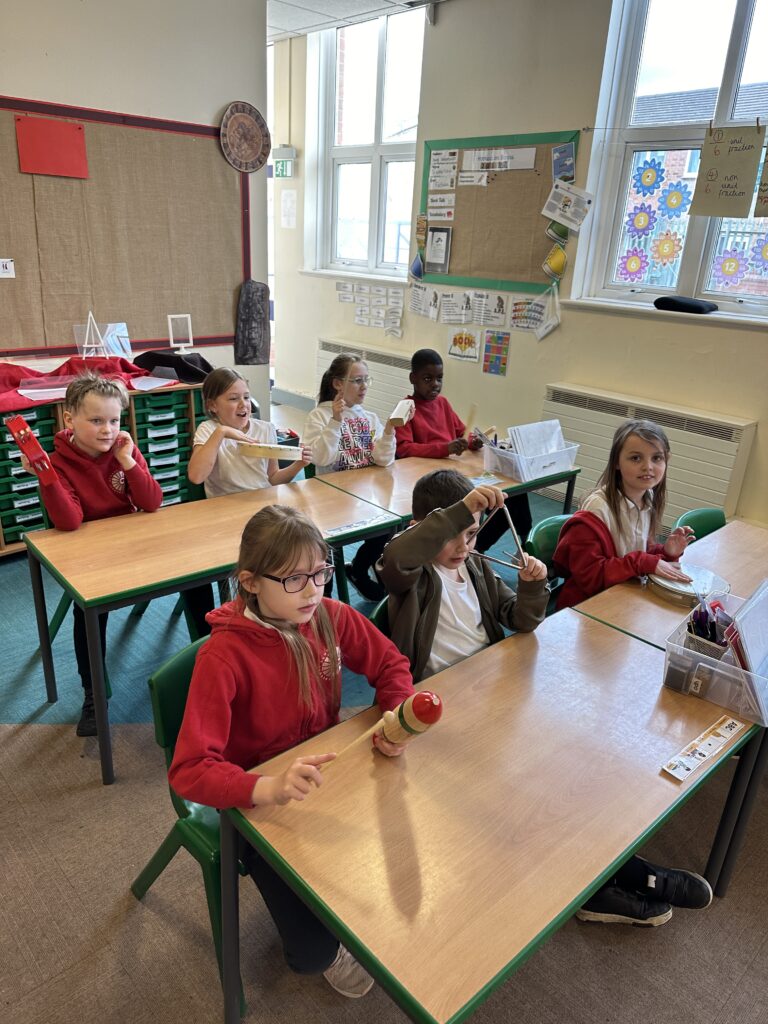
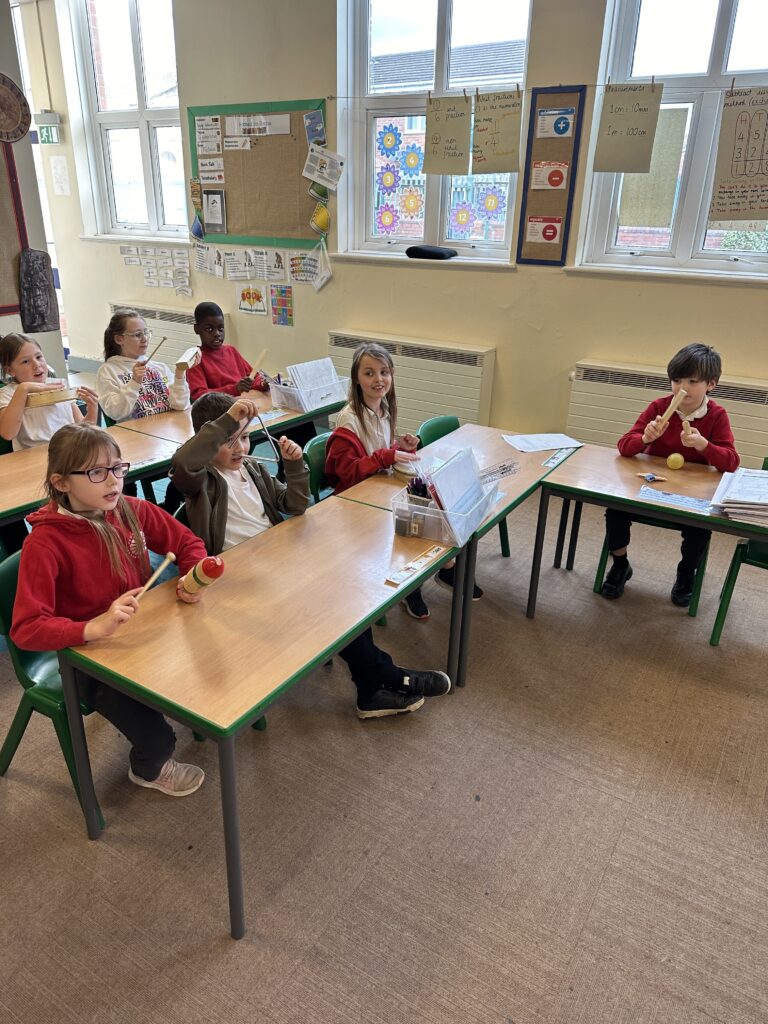
Once we were happy with our rhythms, we practised the song as a whole, making sure that we were following our conductor to make sure we kept in time with each other and the backing track.
Today, we had a very exciting start to the term with a first aid course. We learnt about how to give CPR, check for dangers, call the emergency services, how to use a defibrillator and an epi-pen. We then discussed in detail about what we had learnt. Here are some pictures of us in action.
